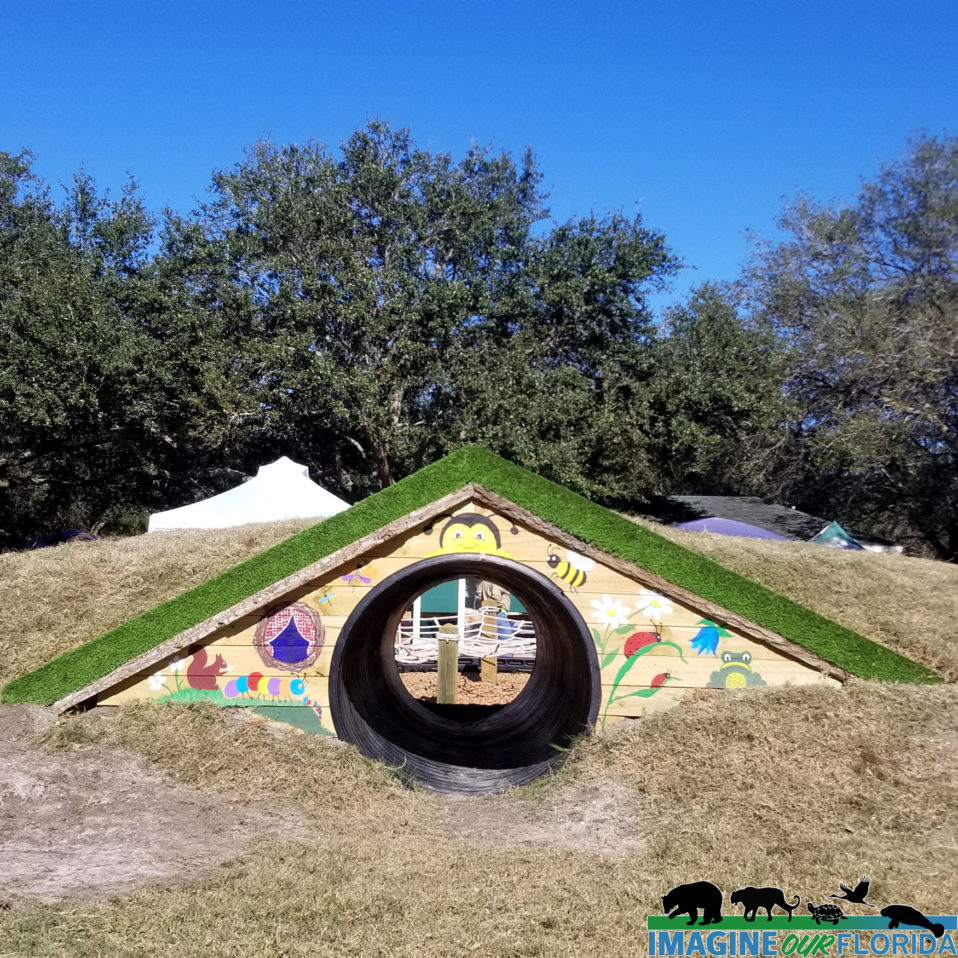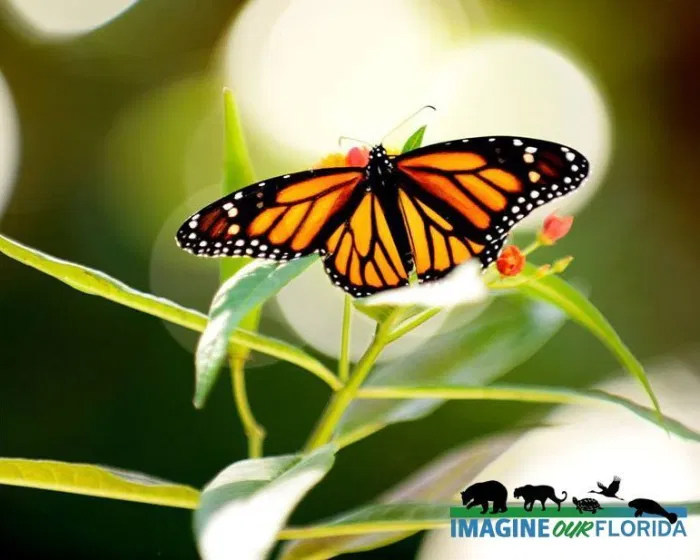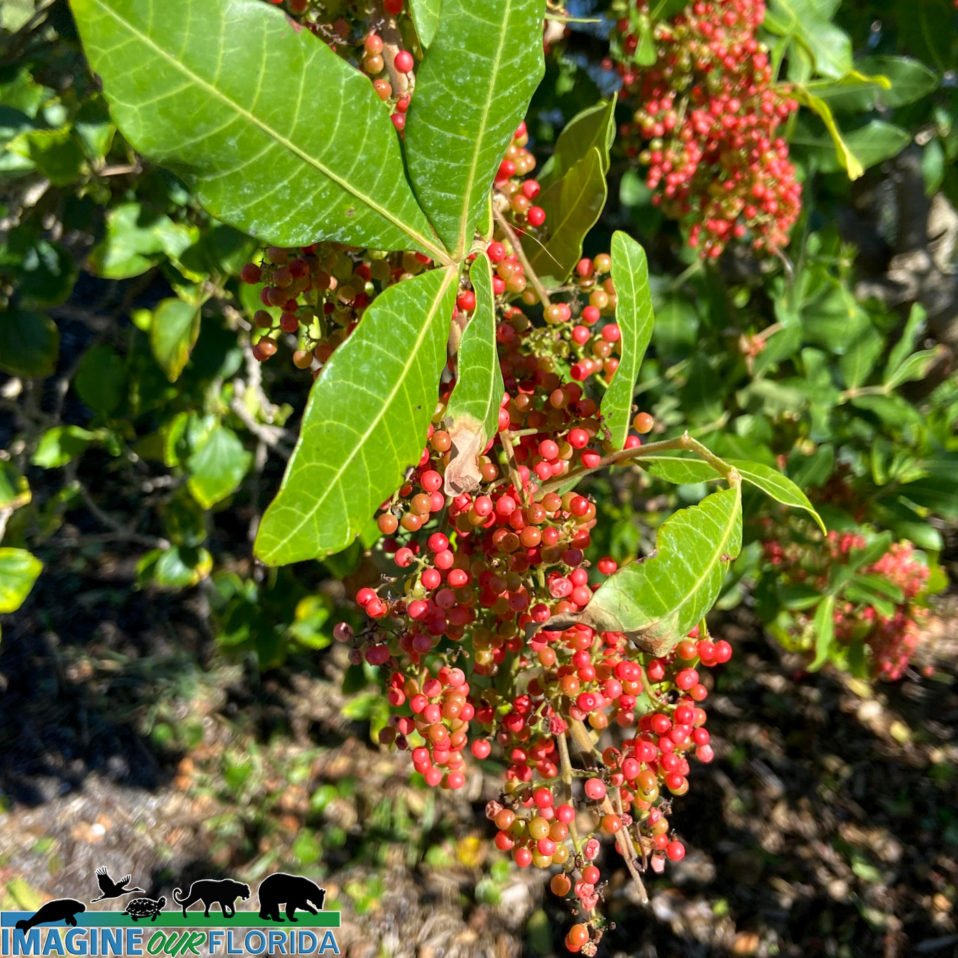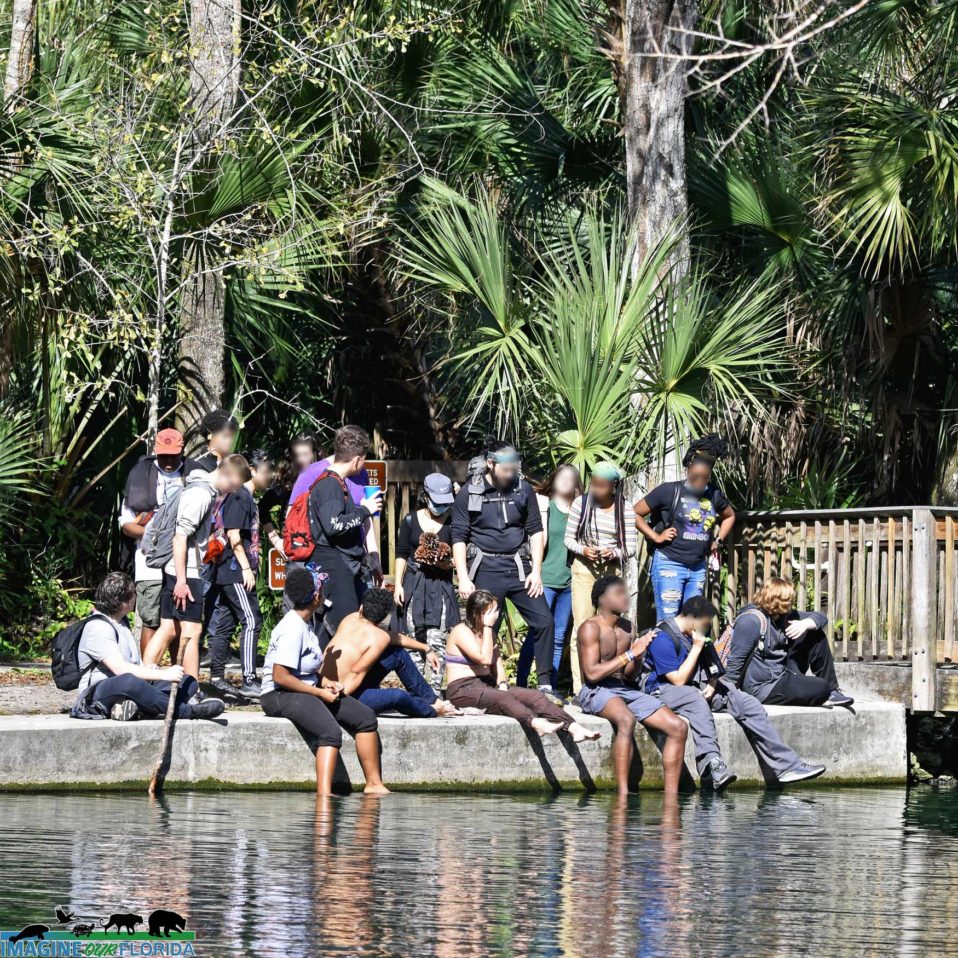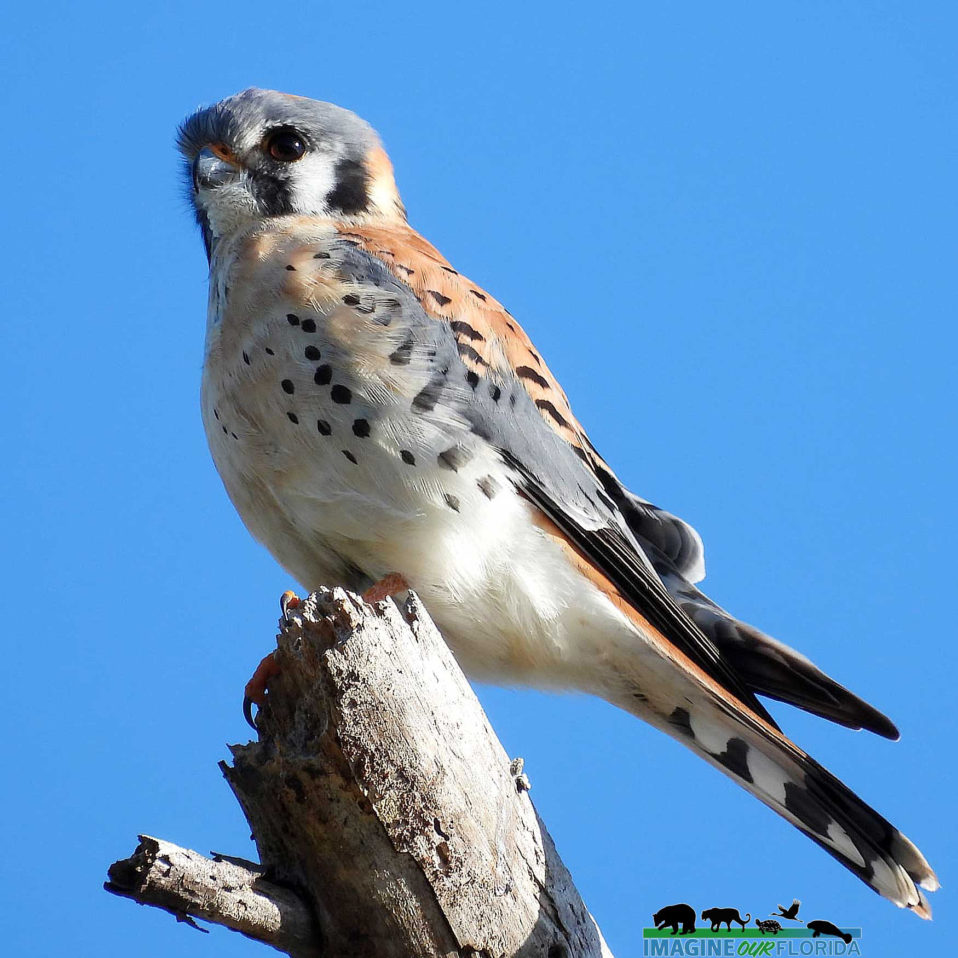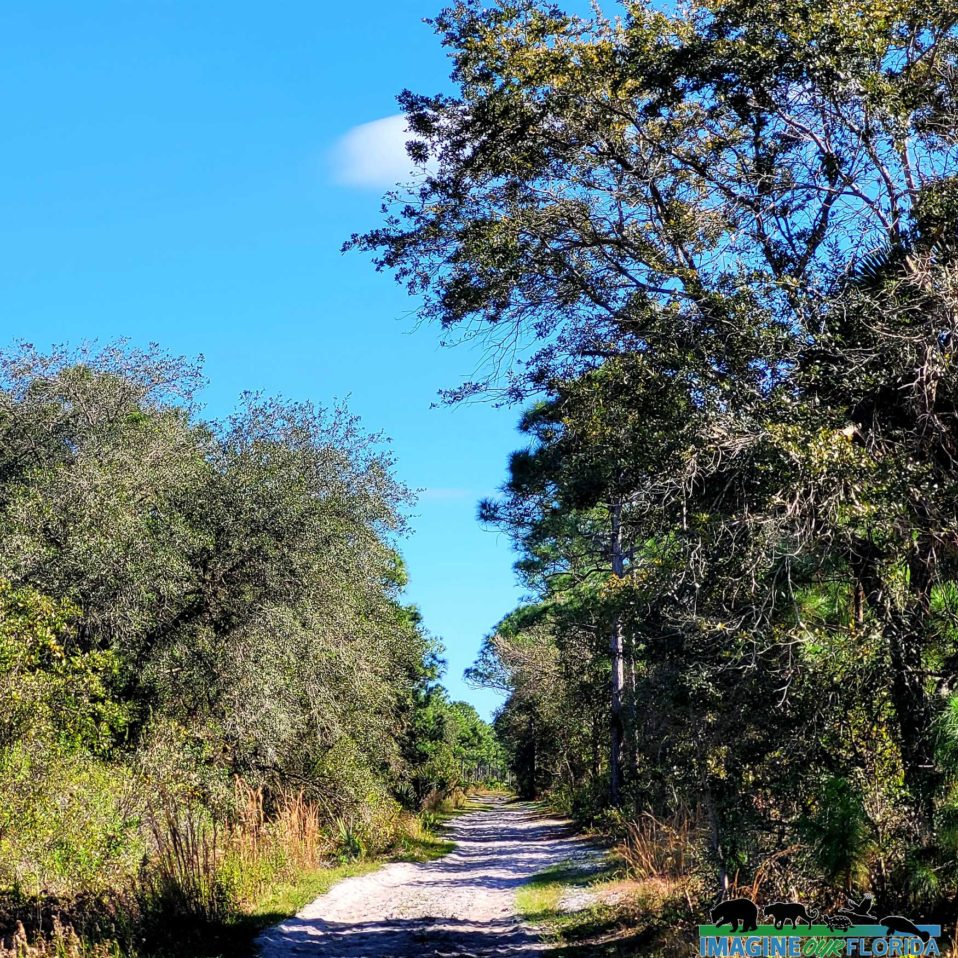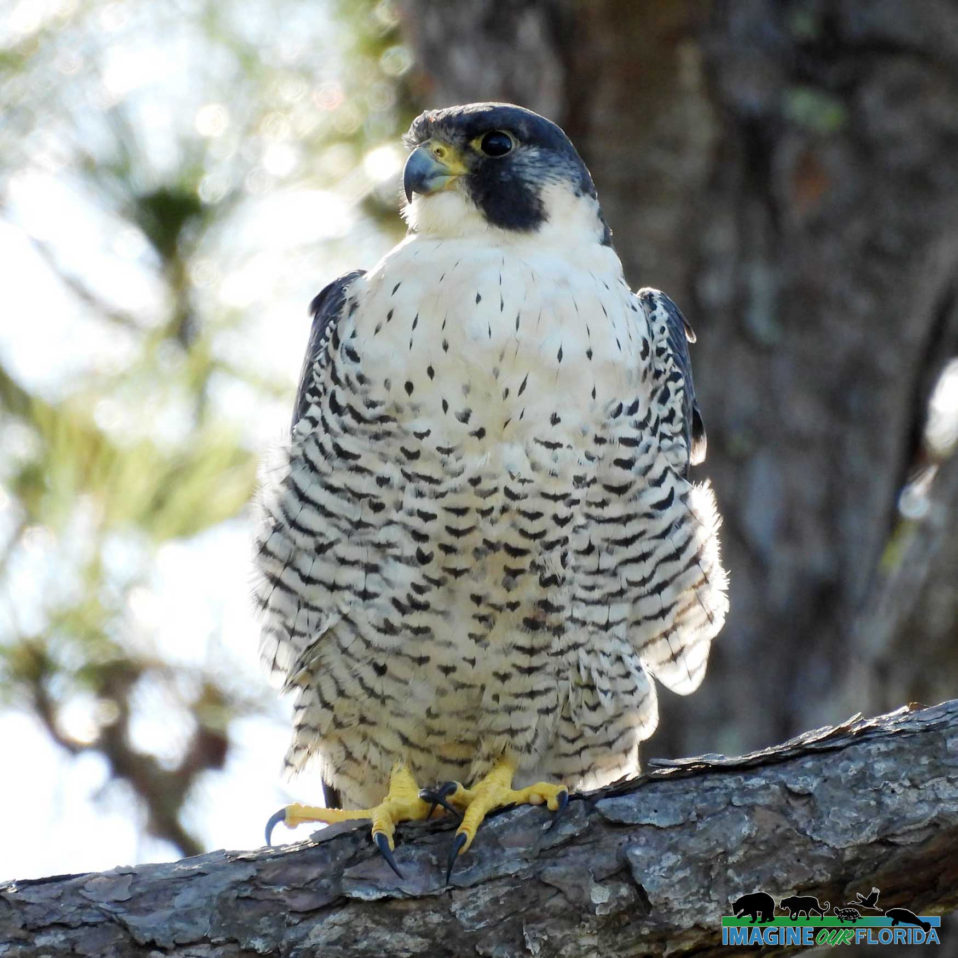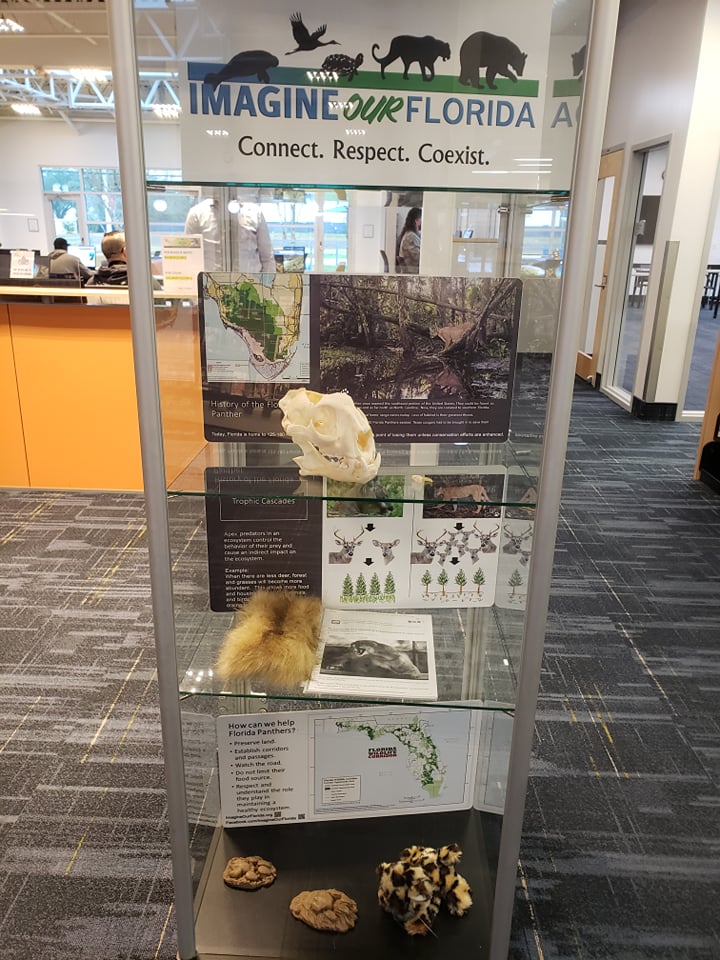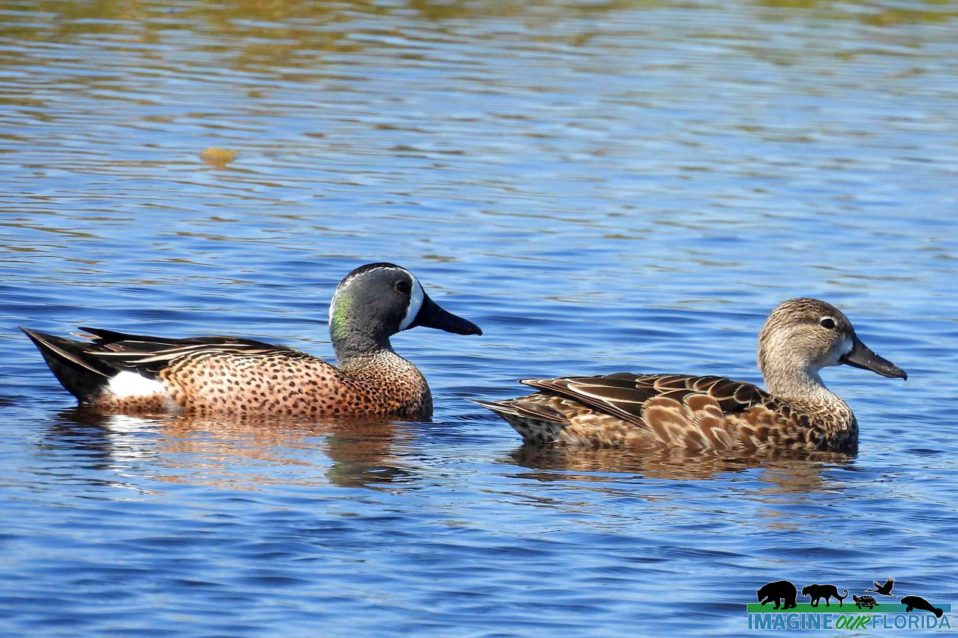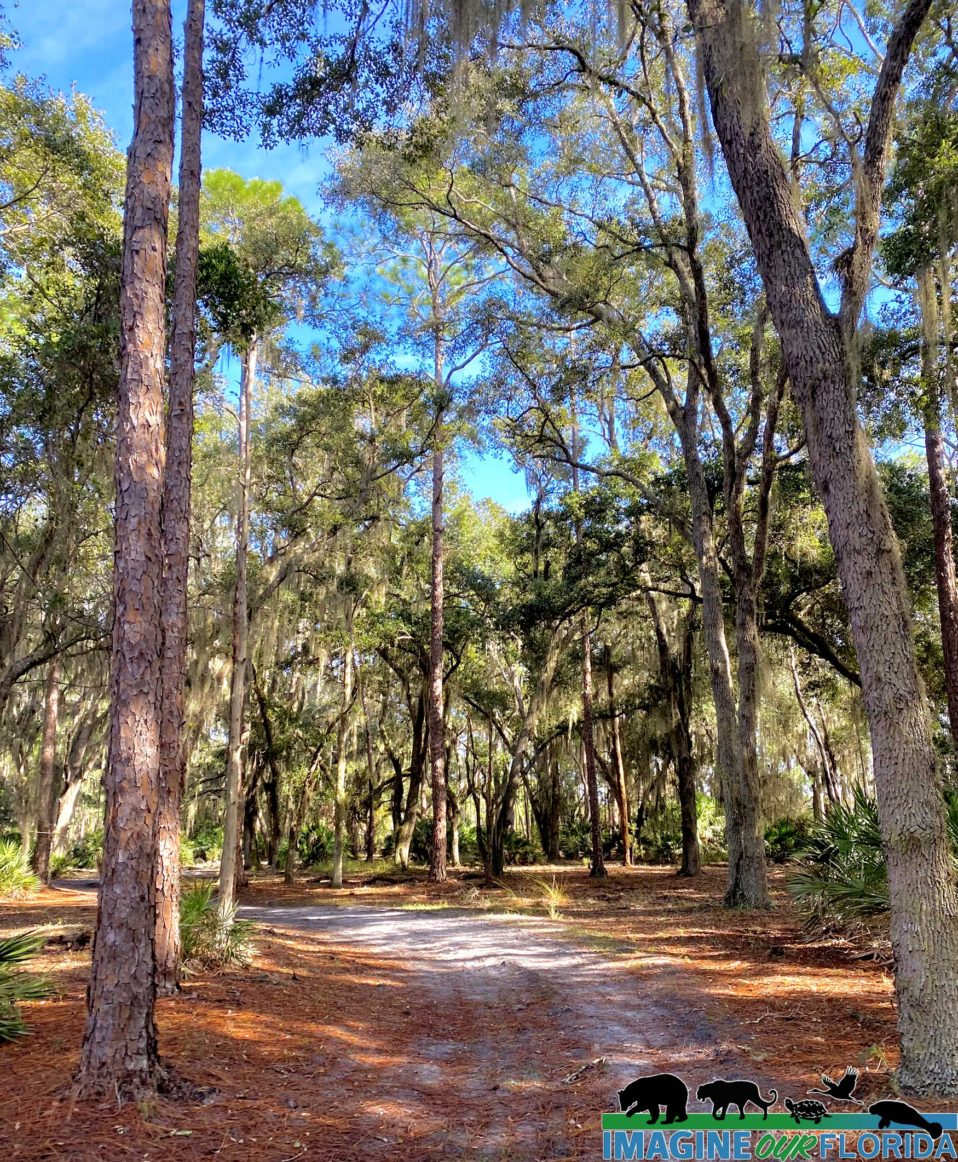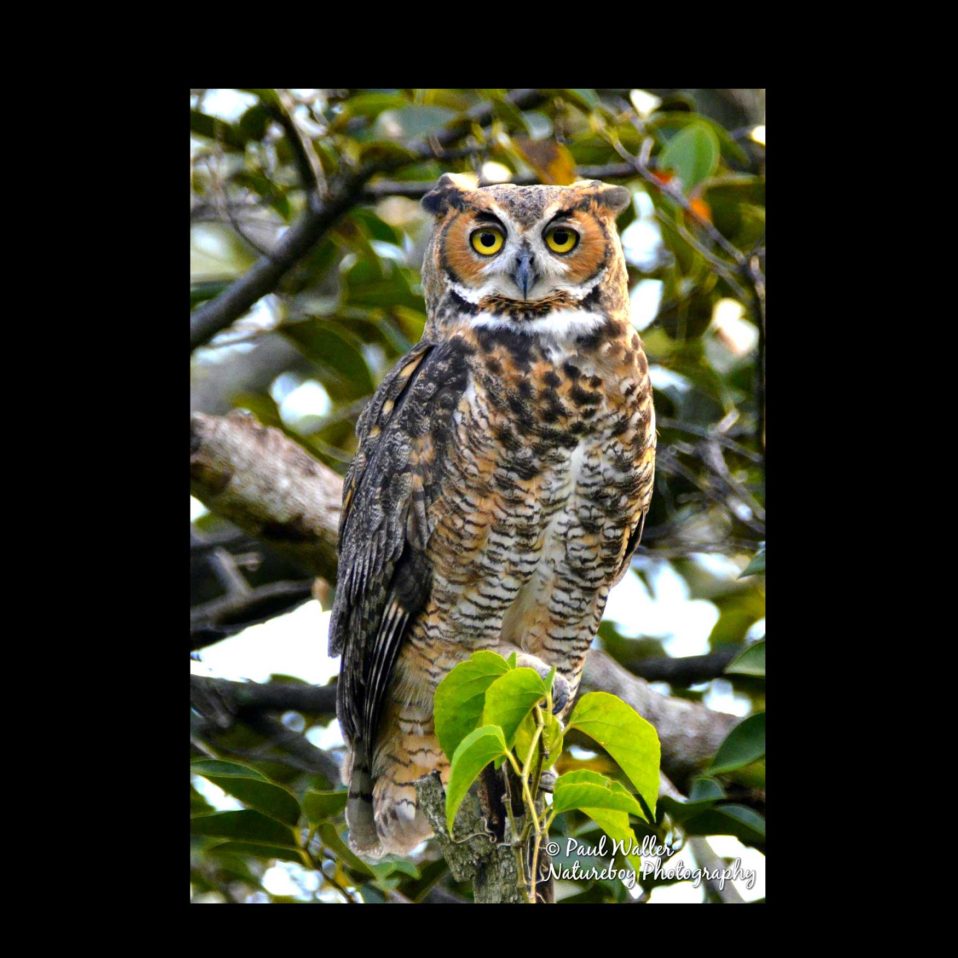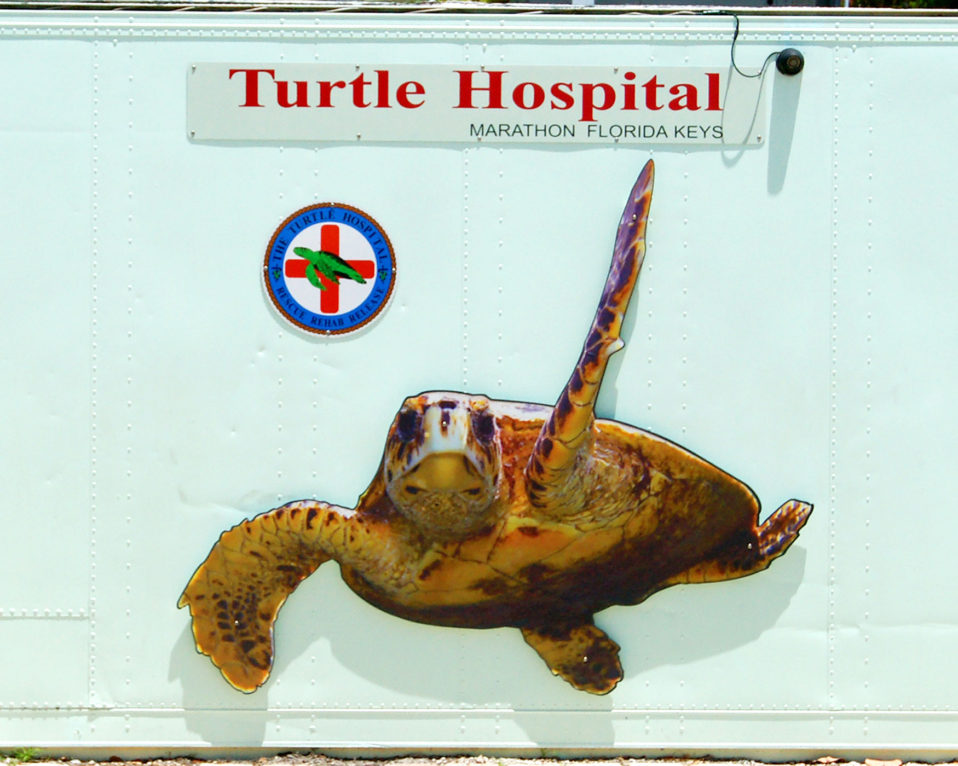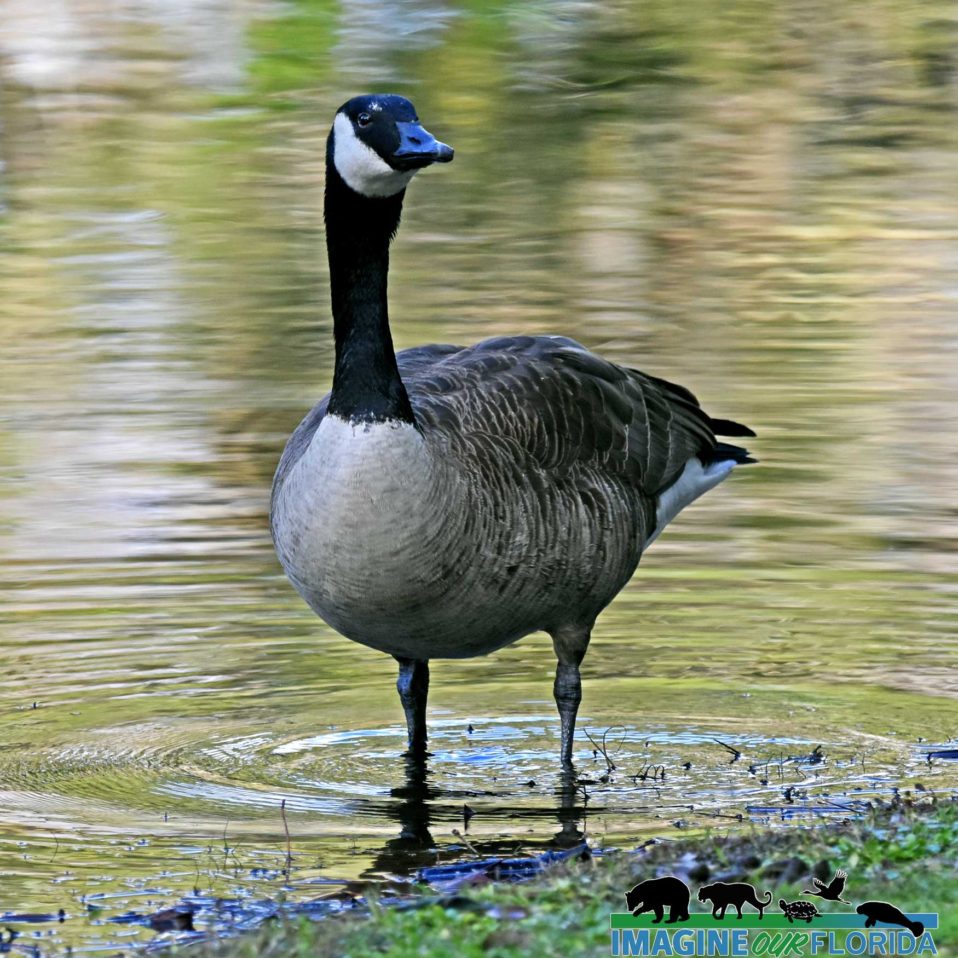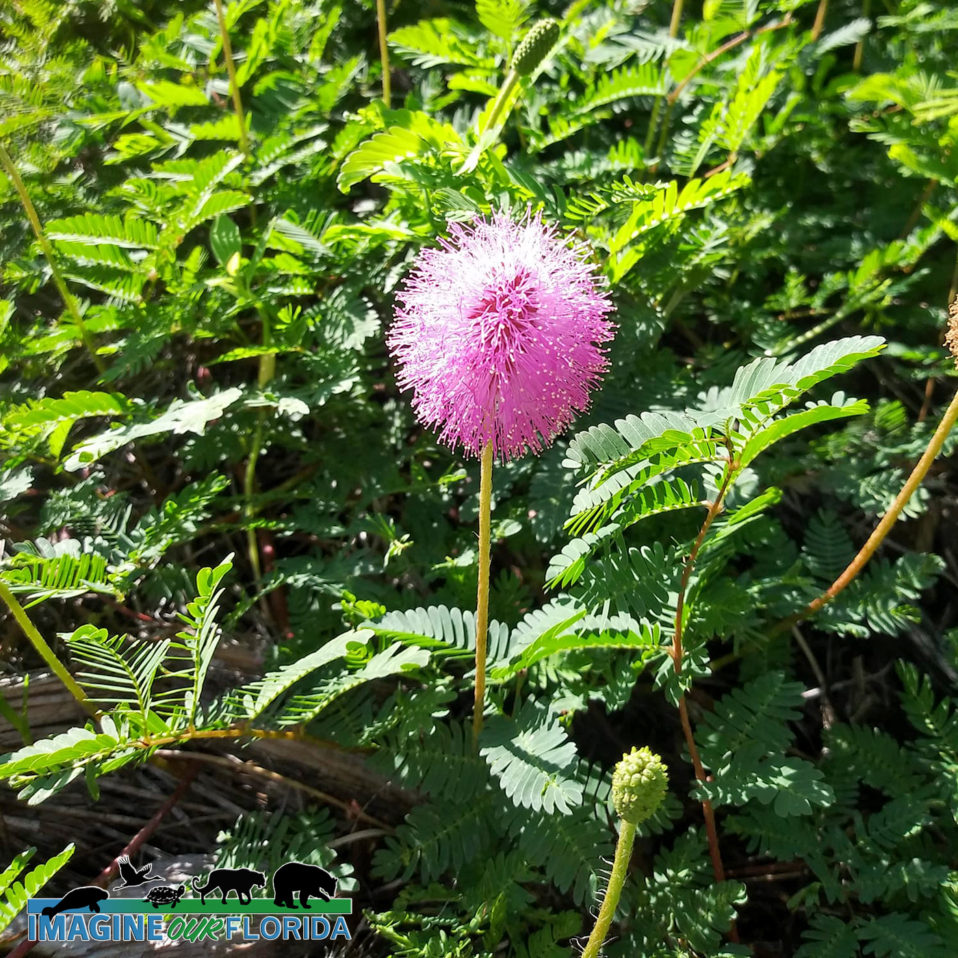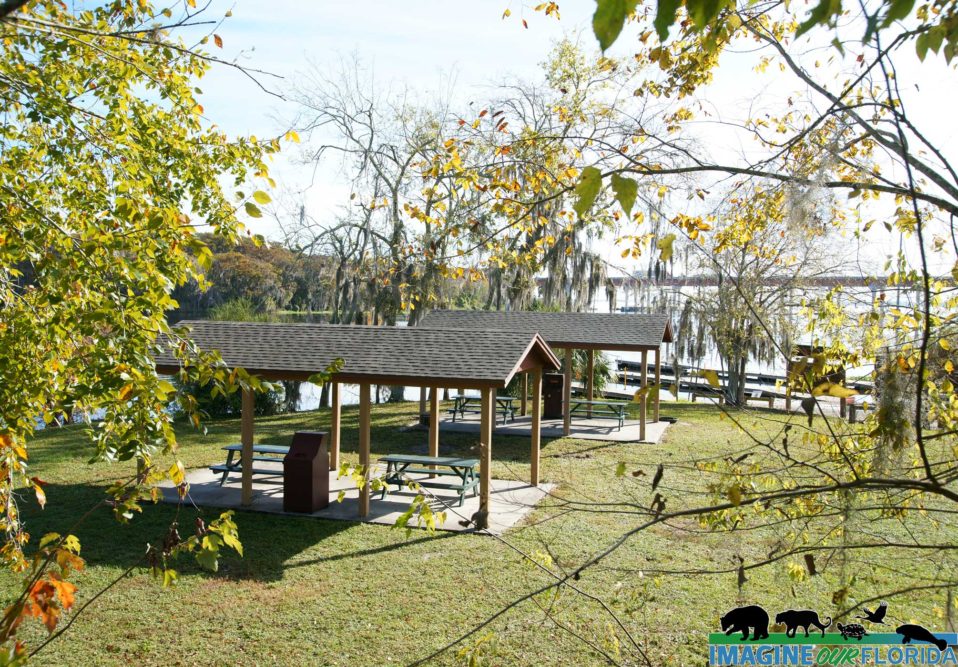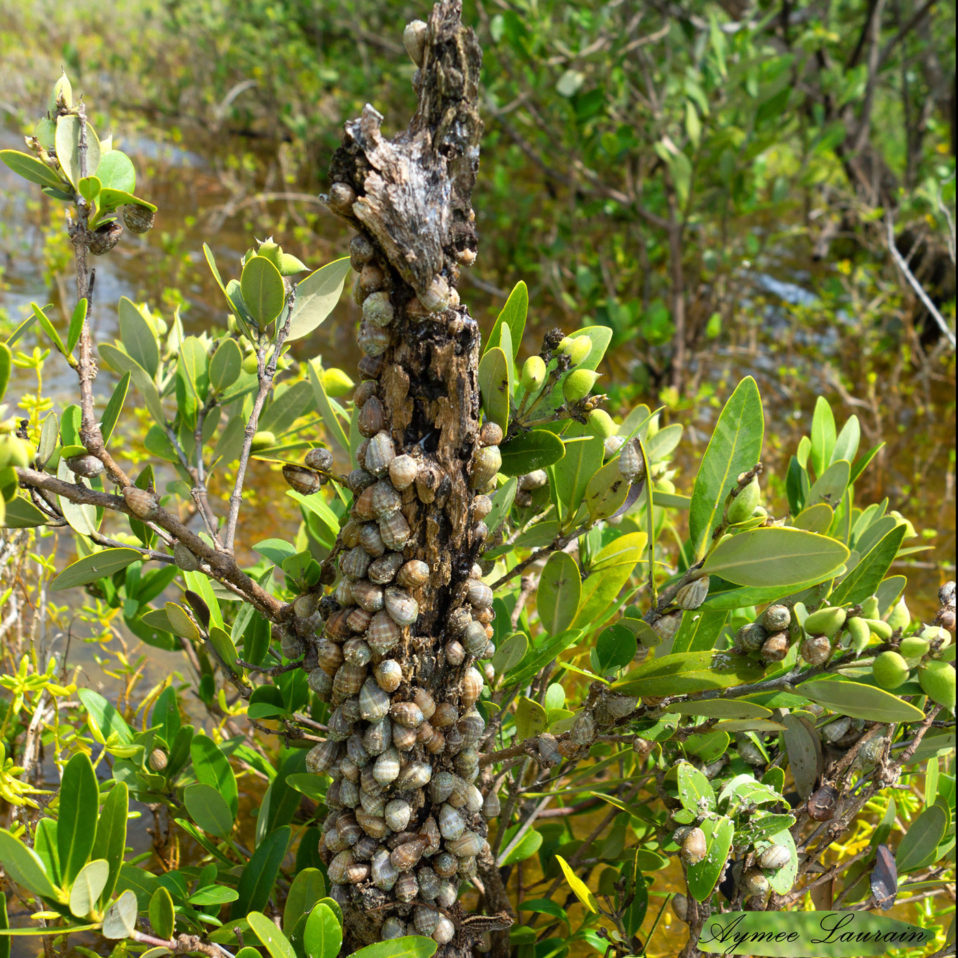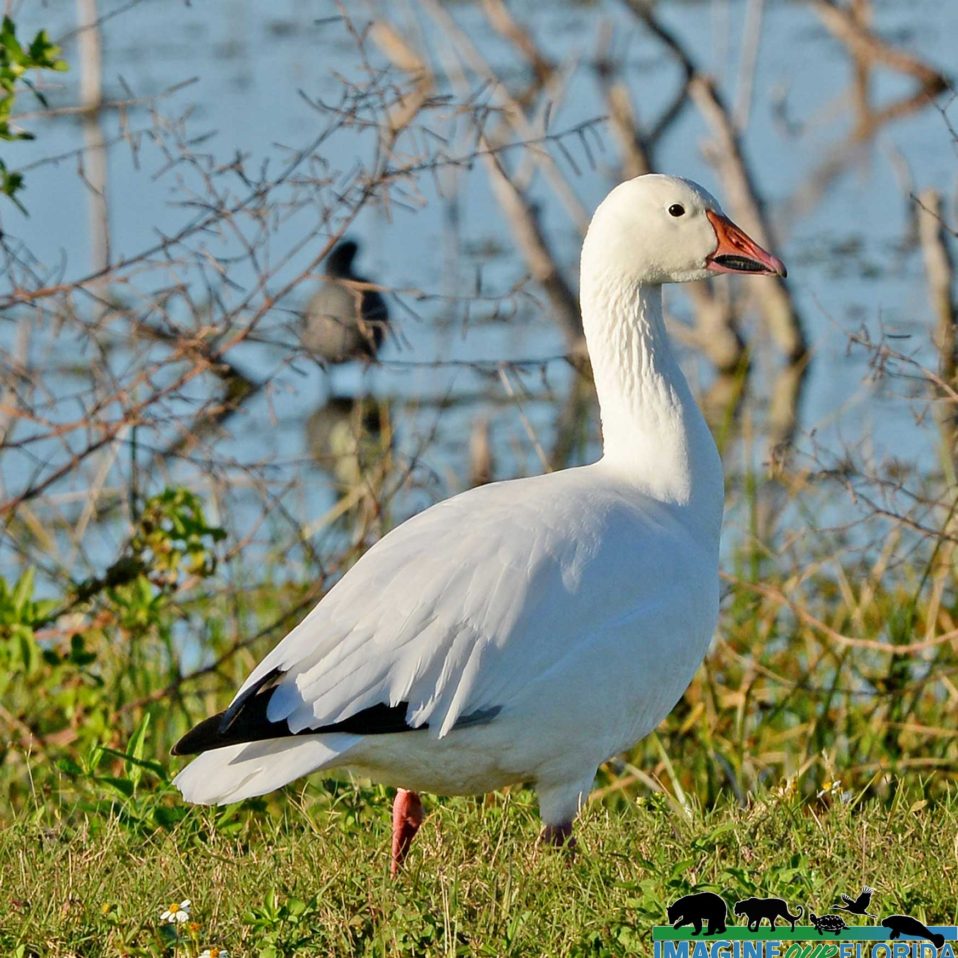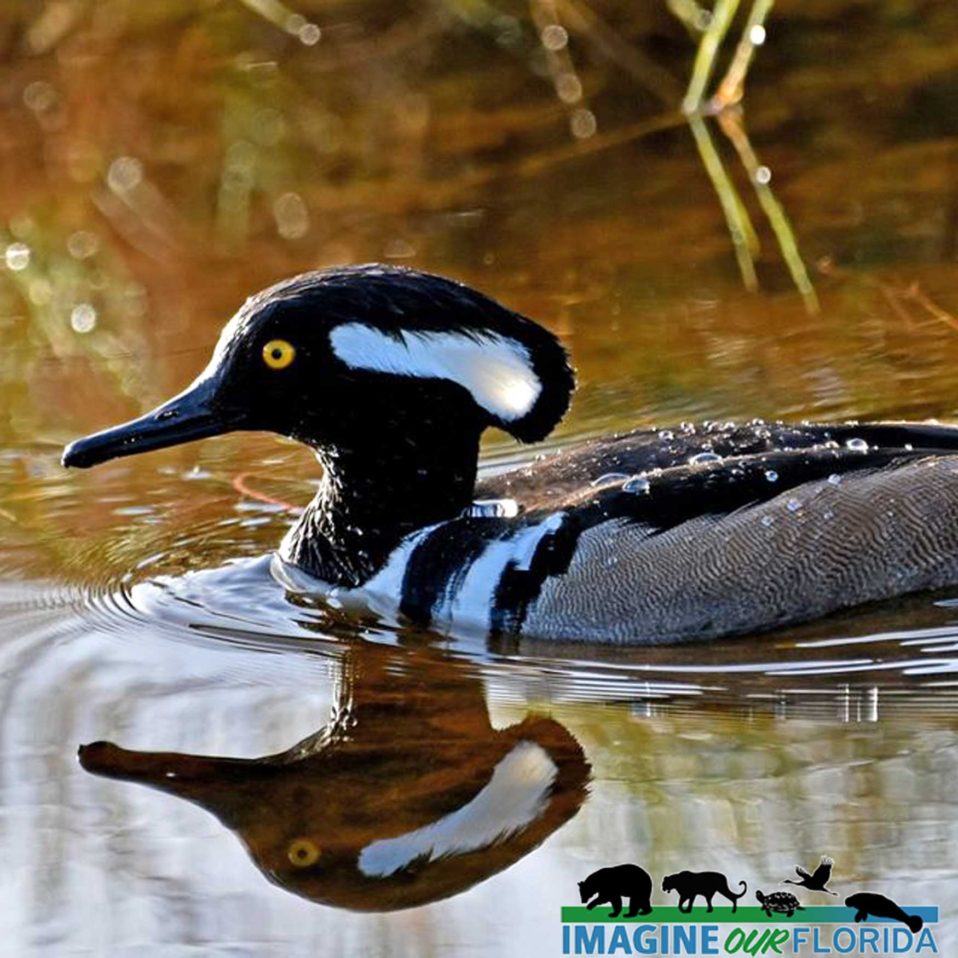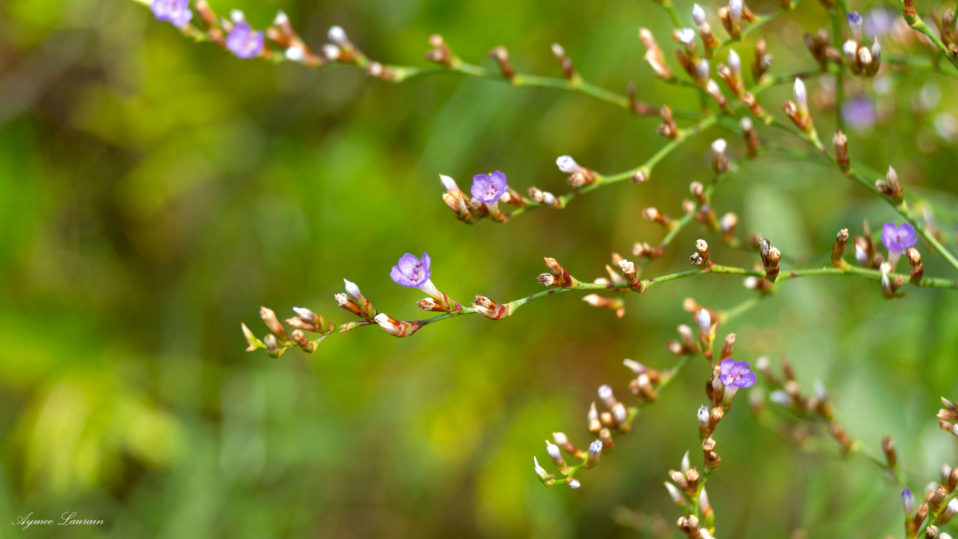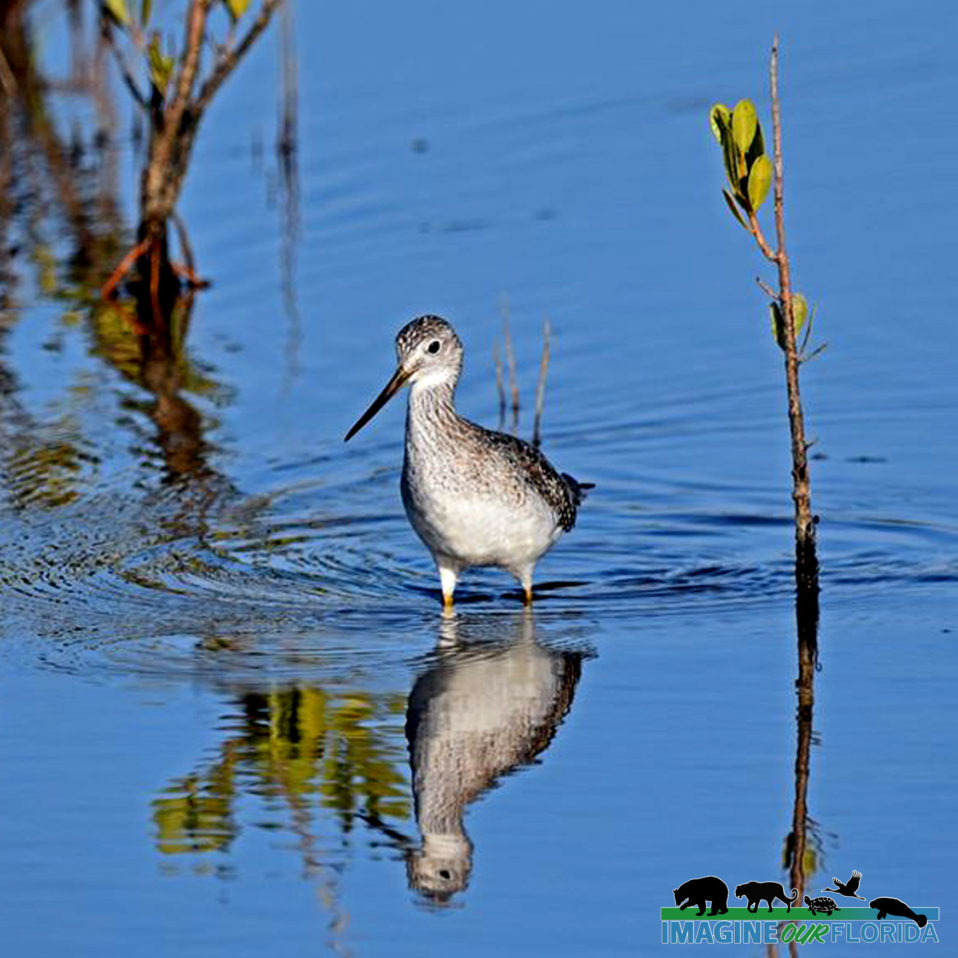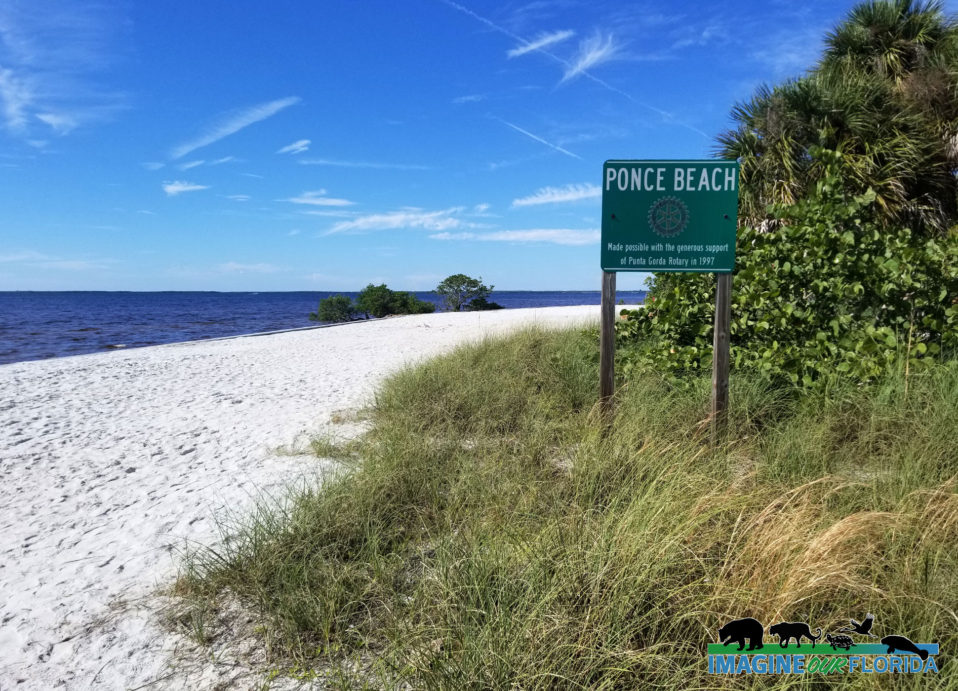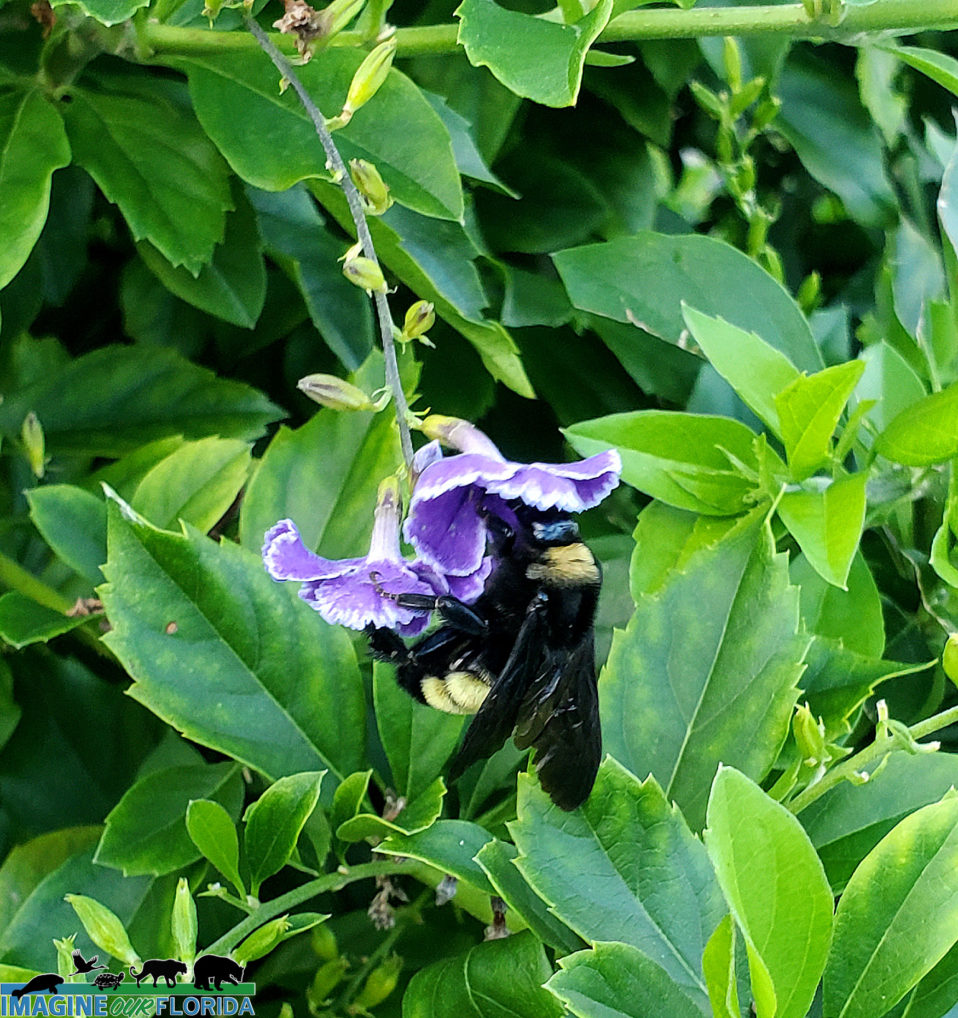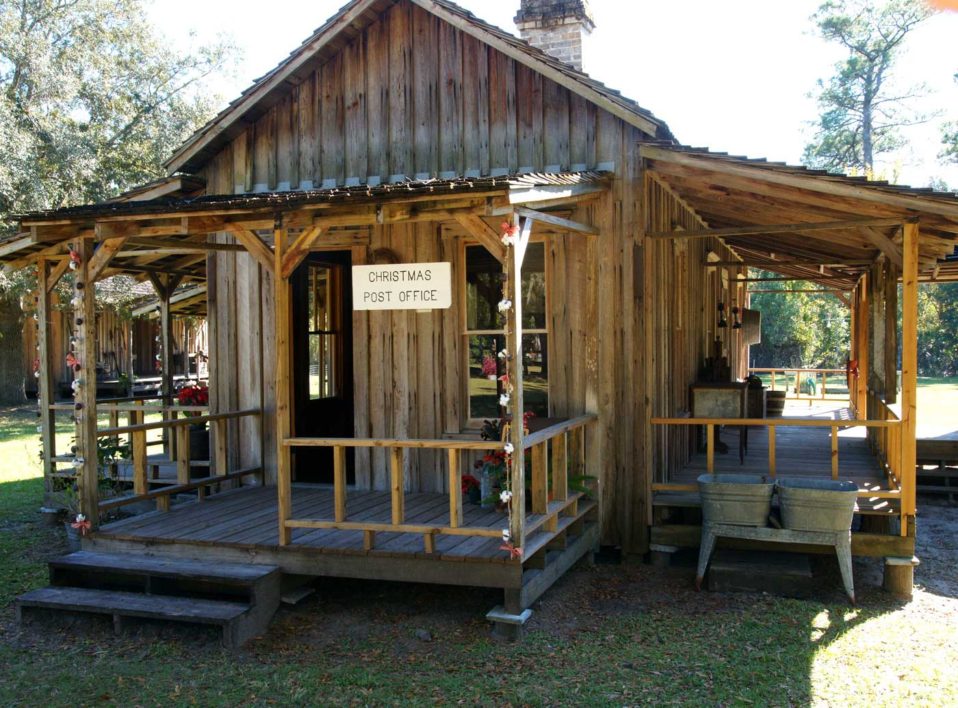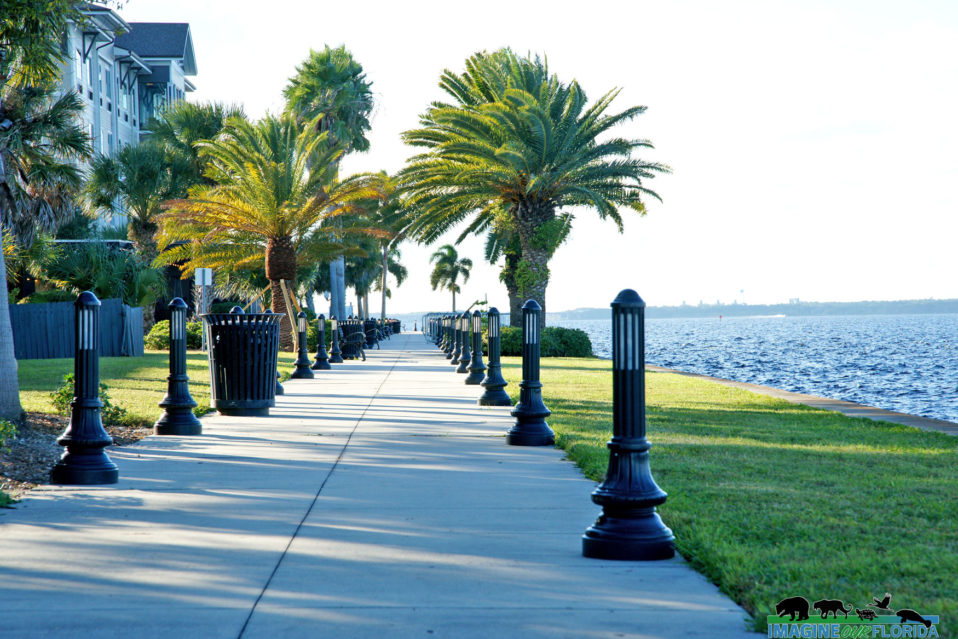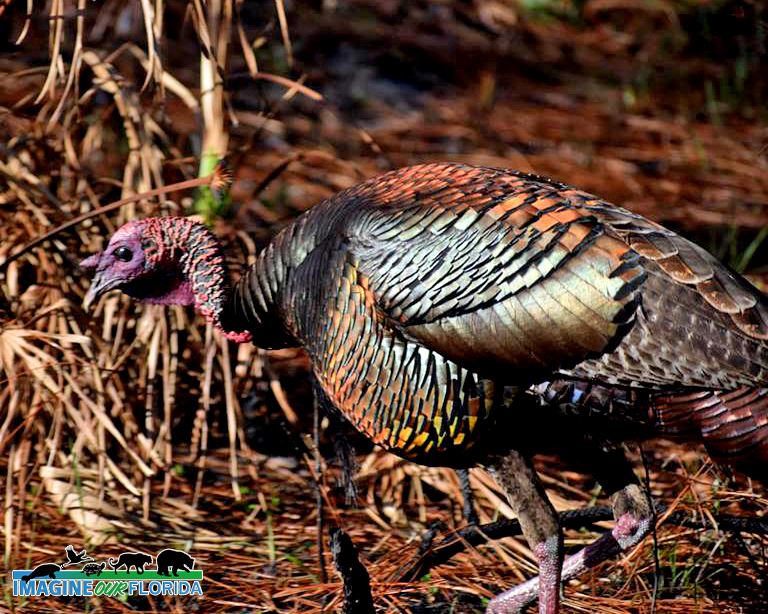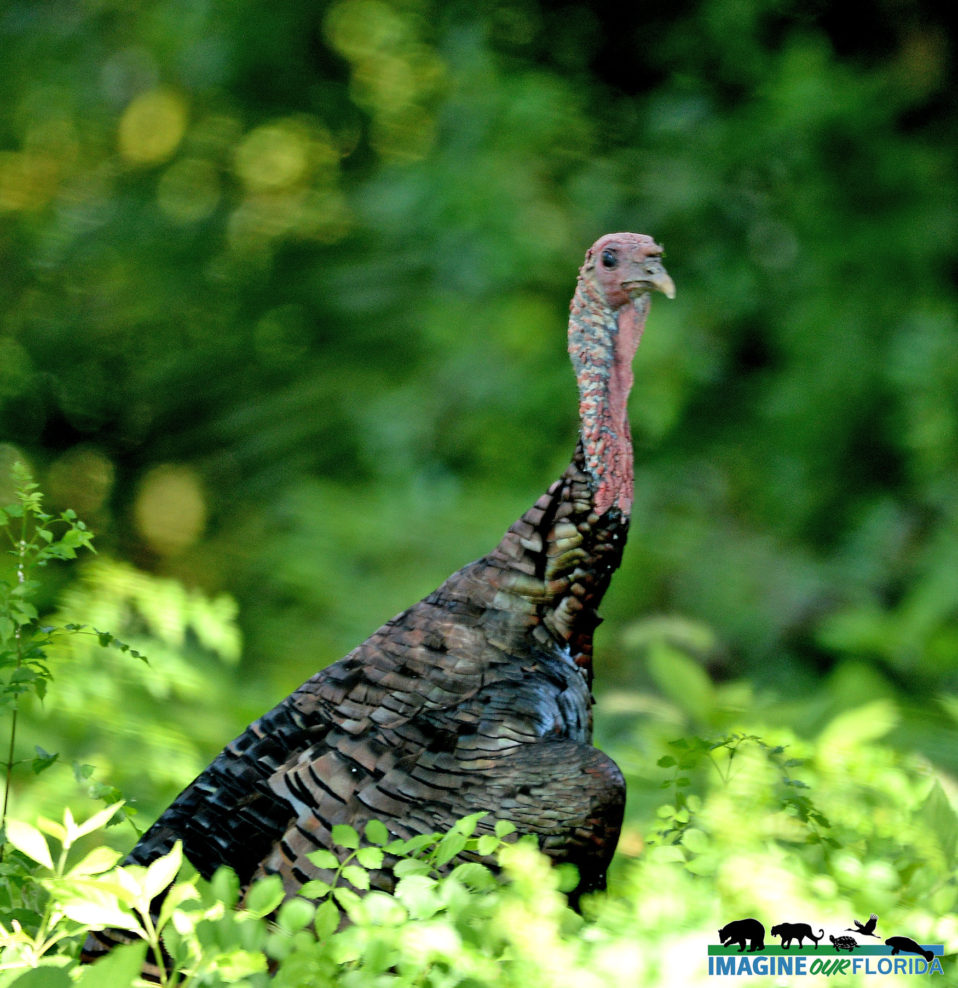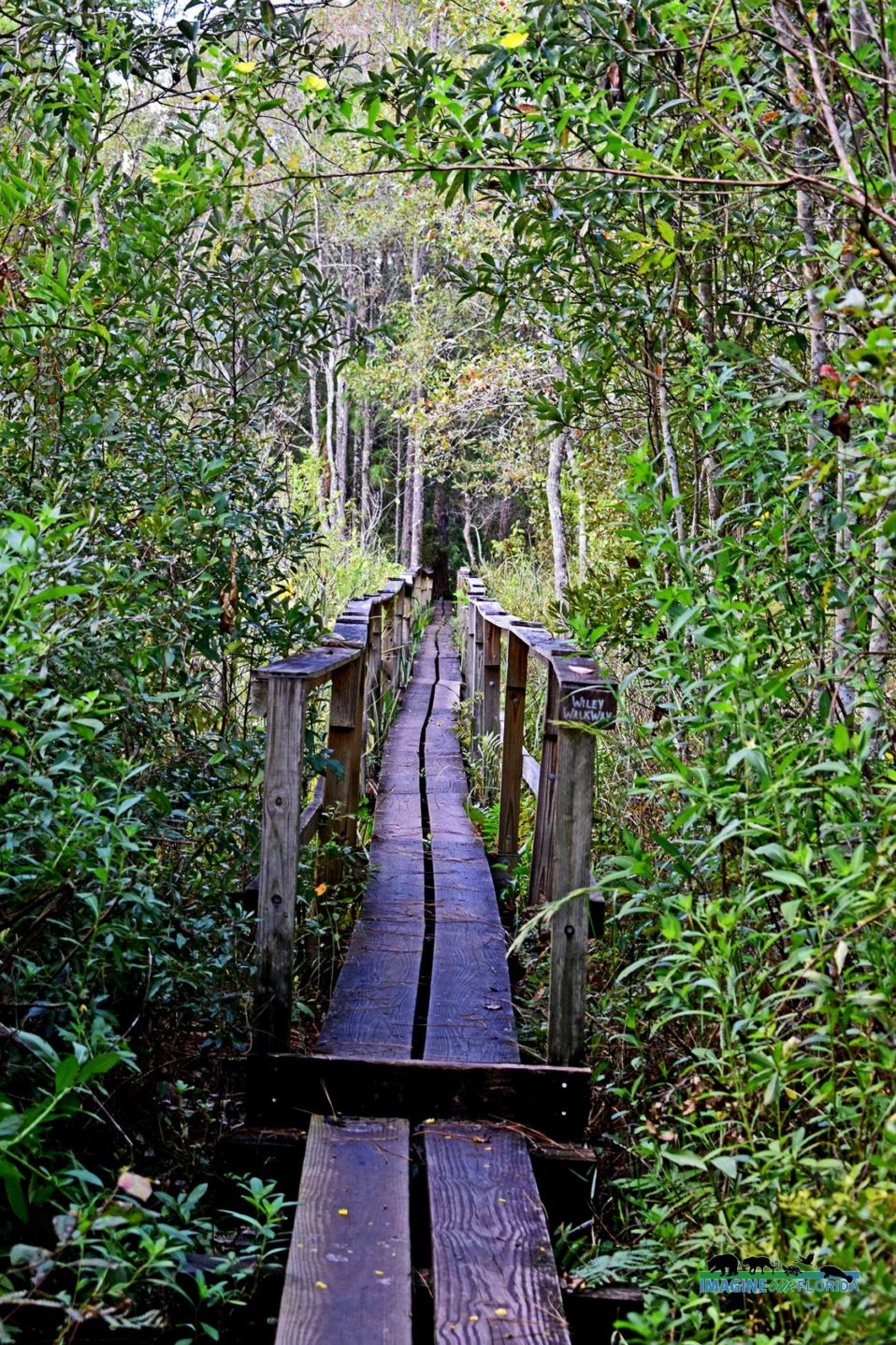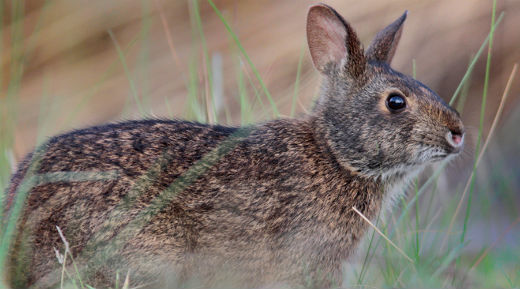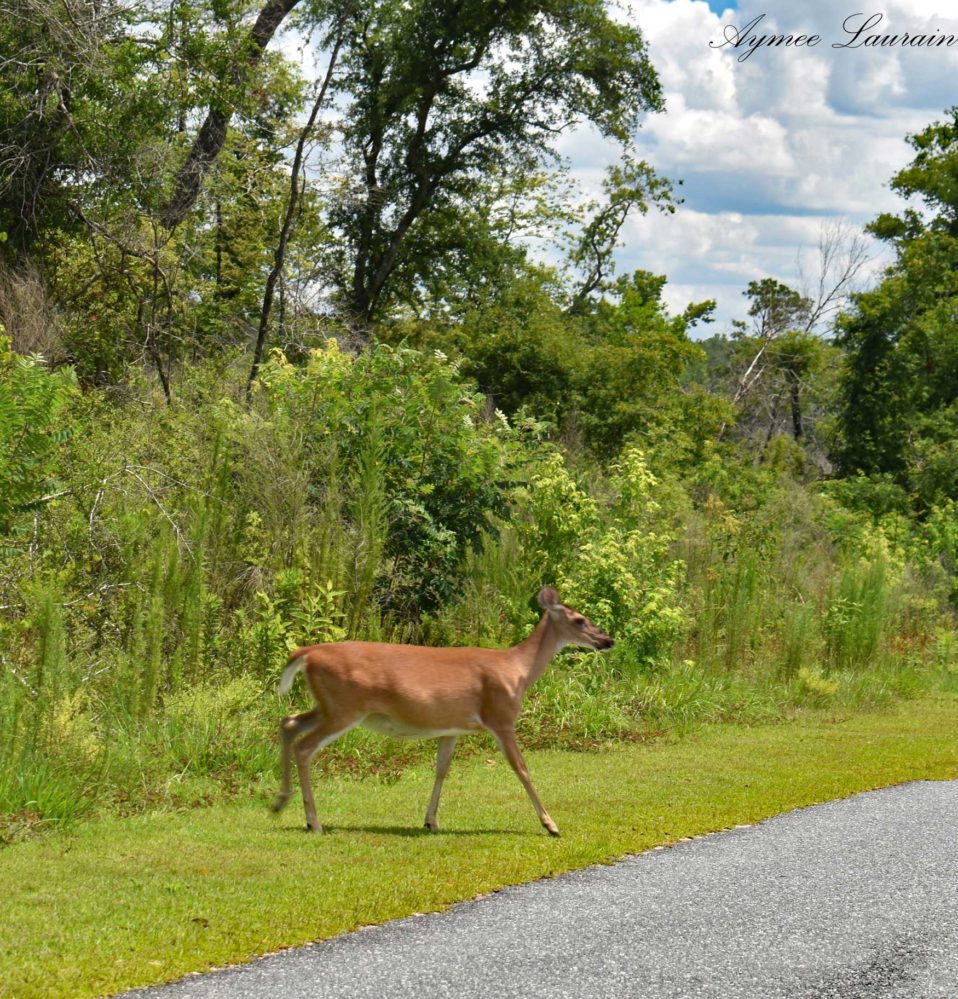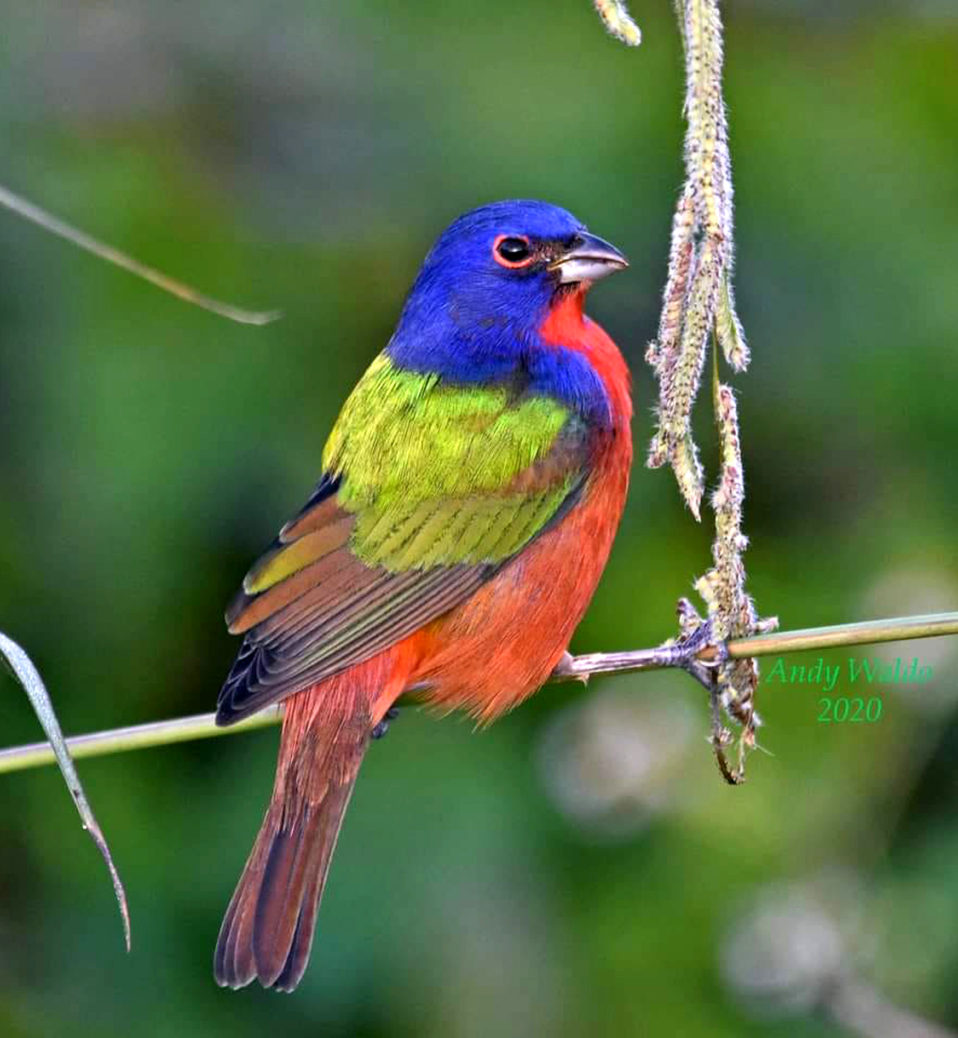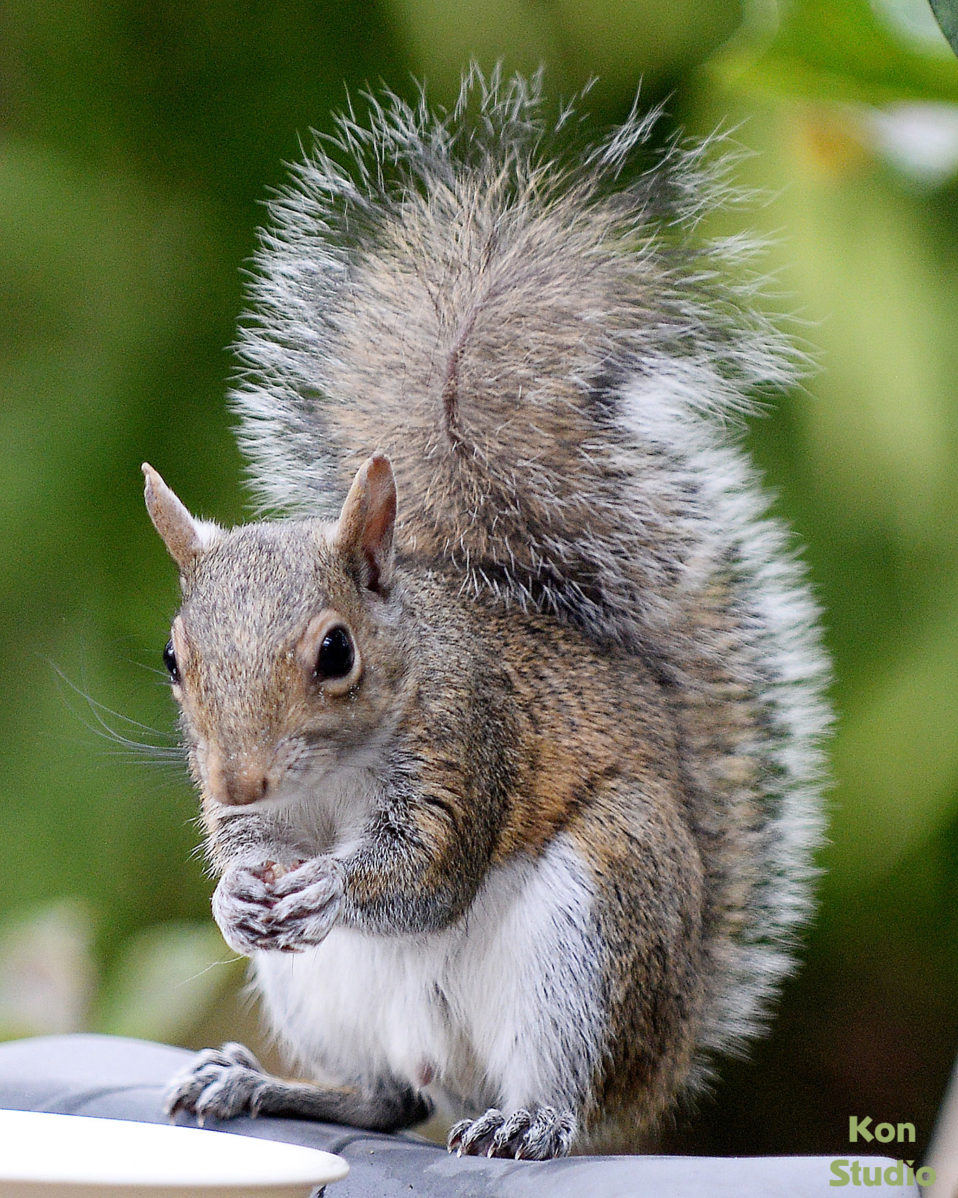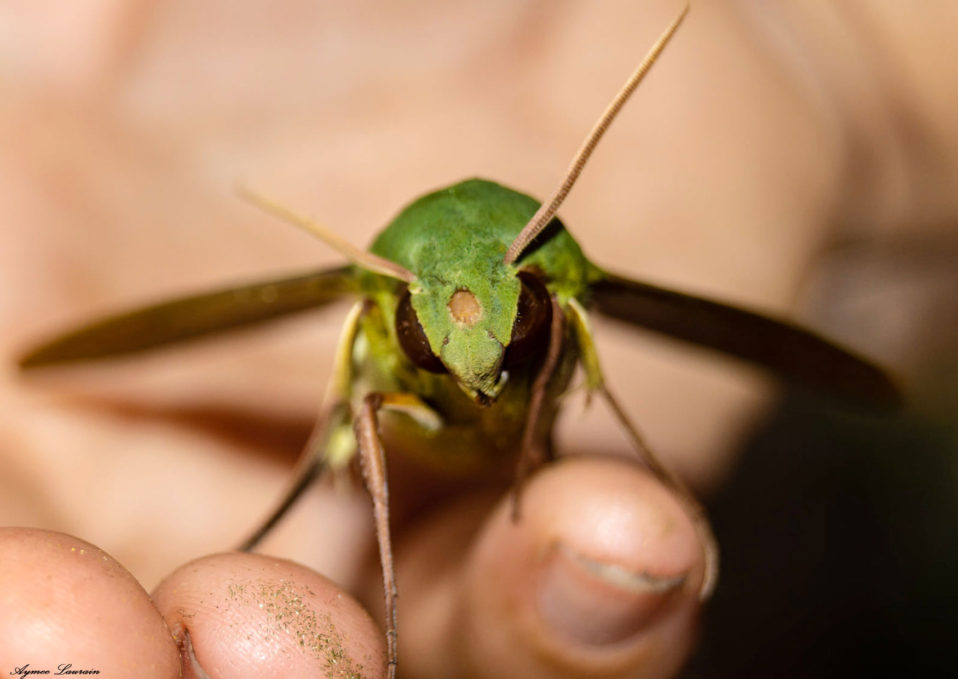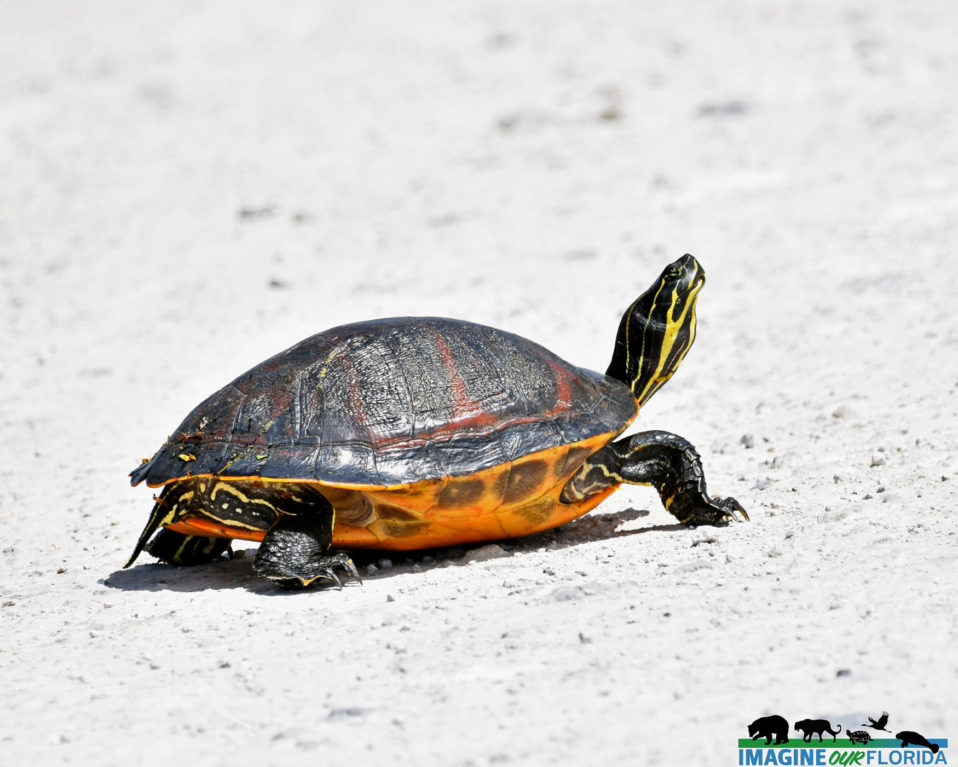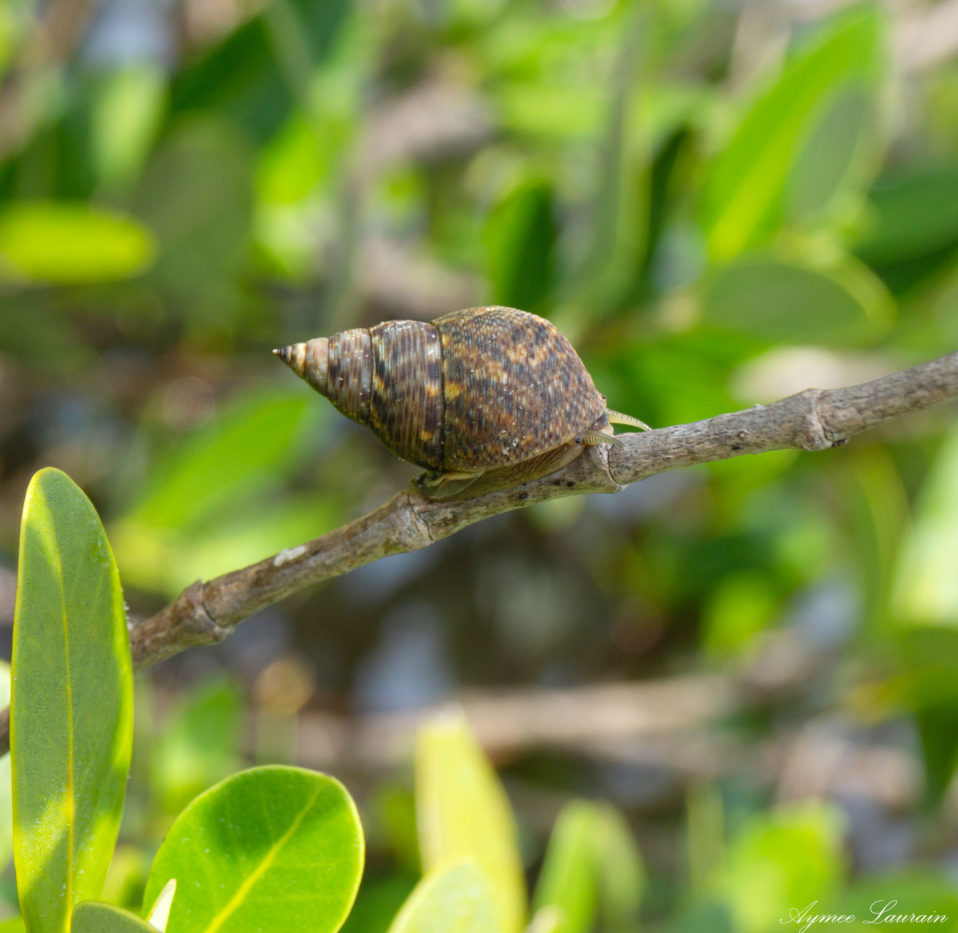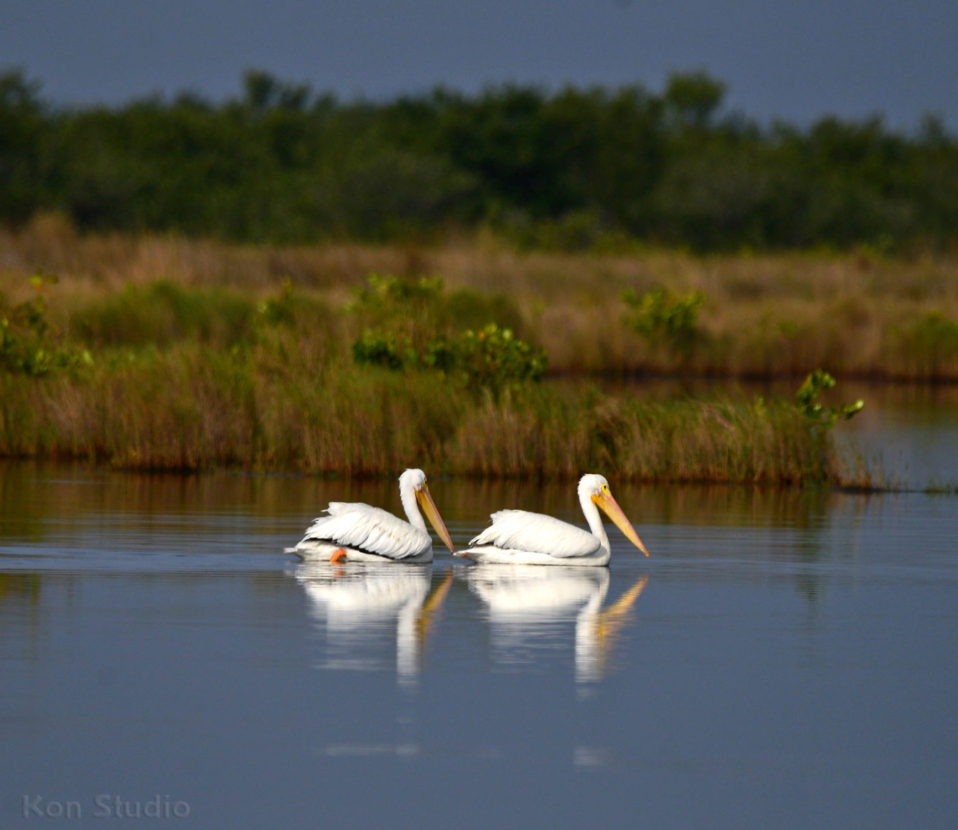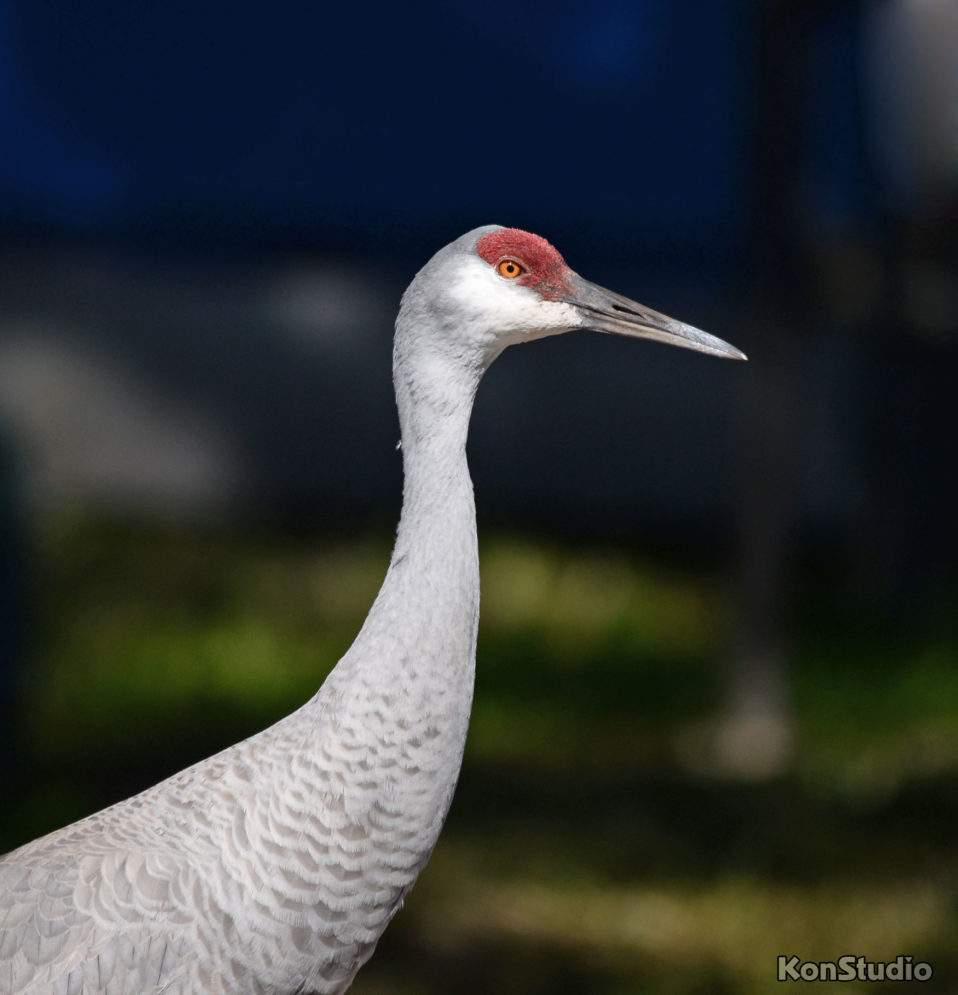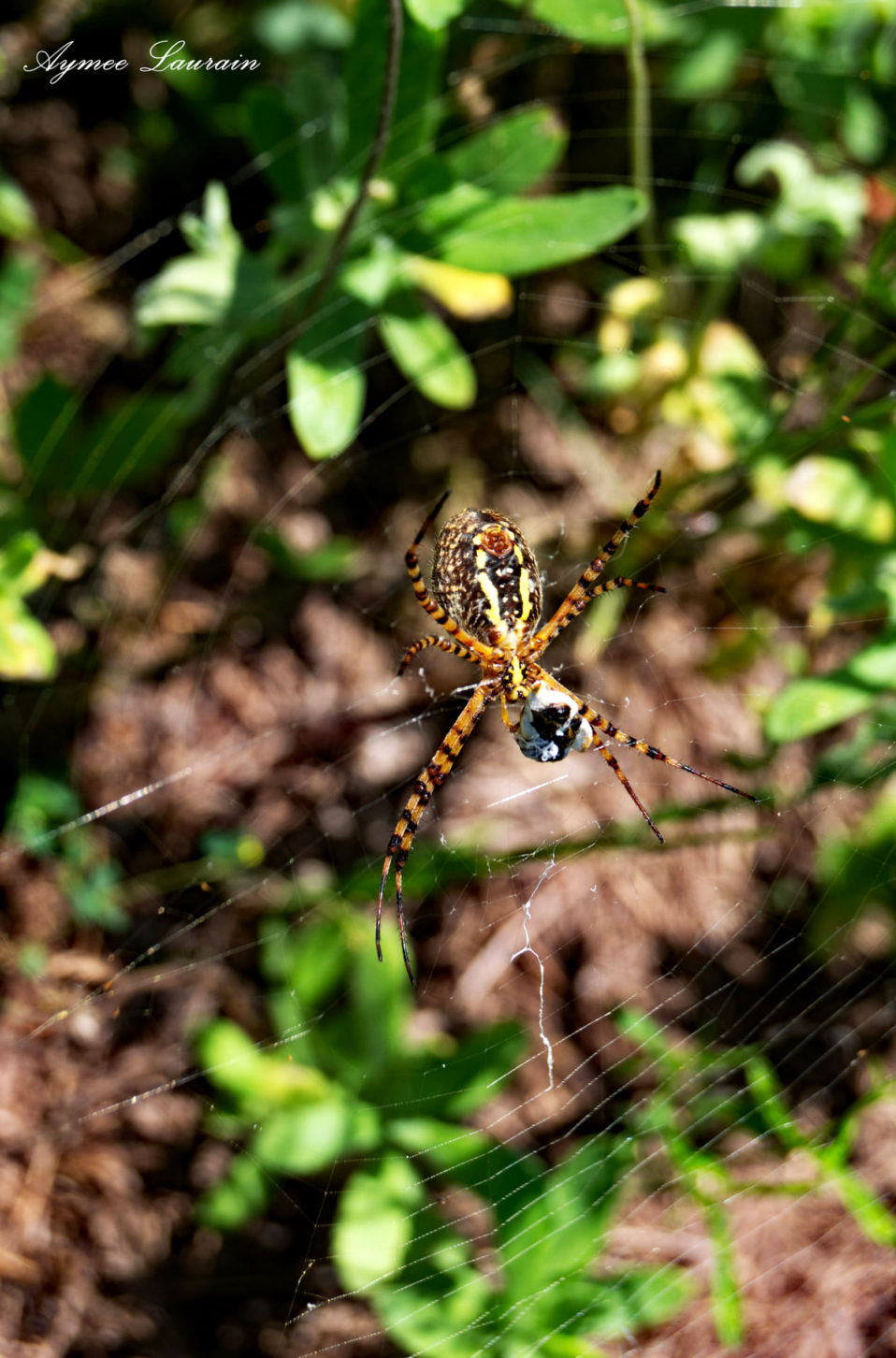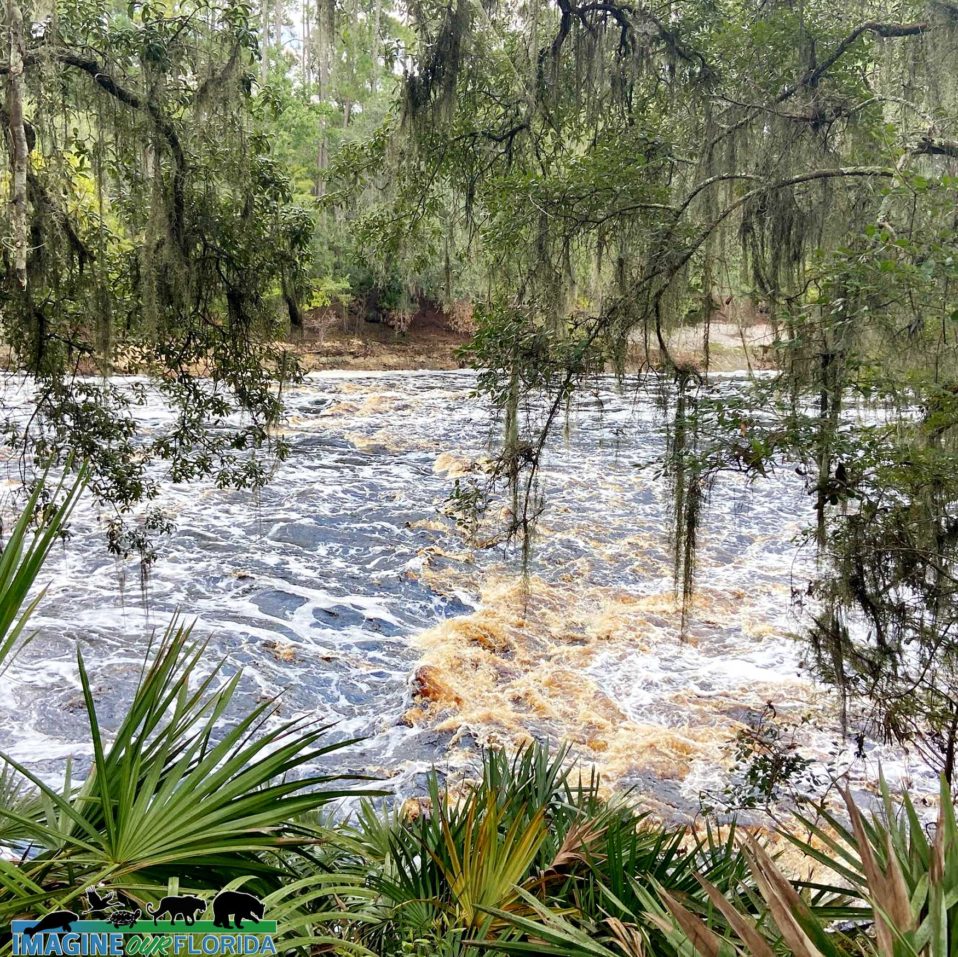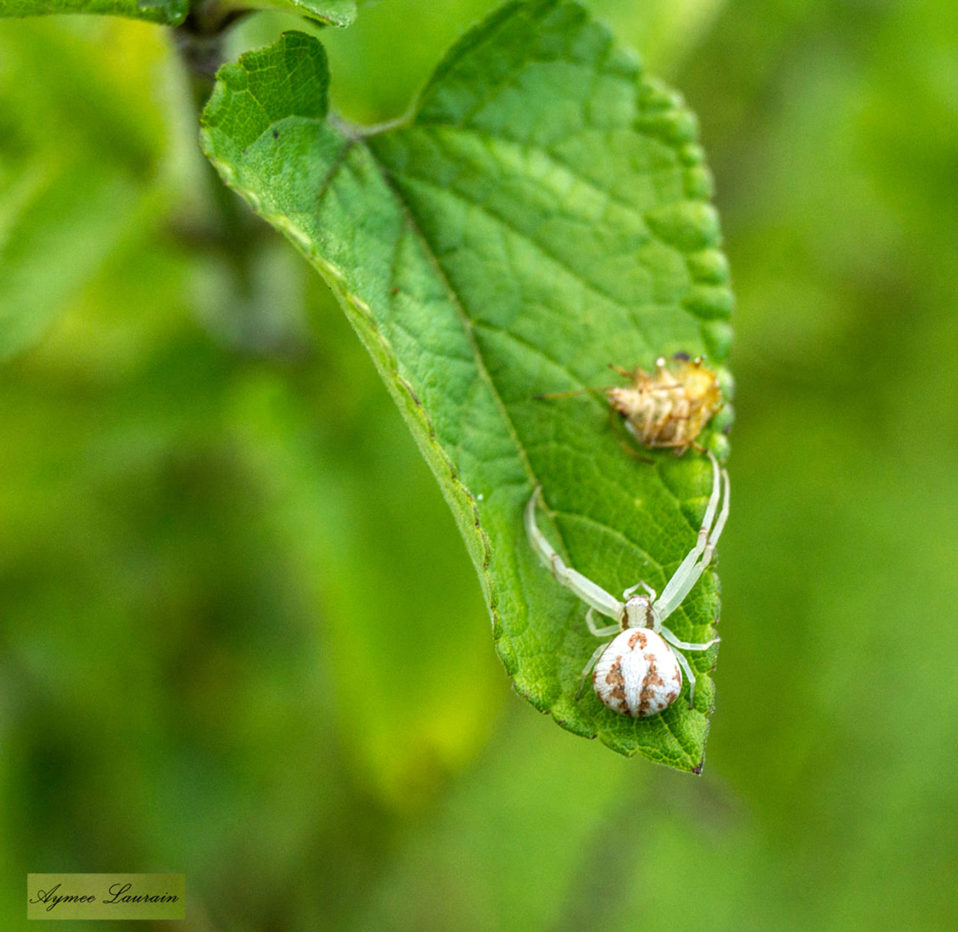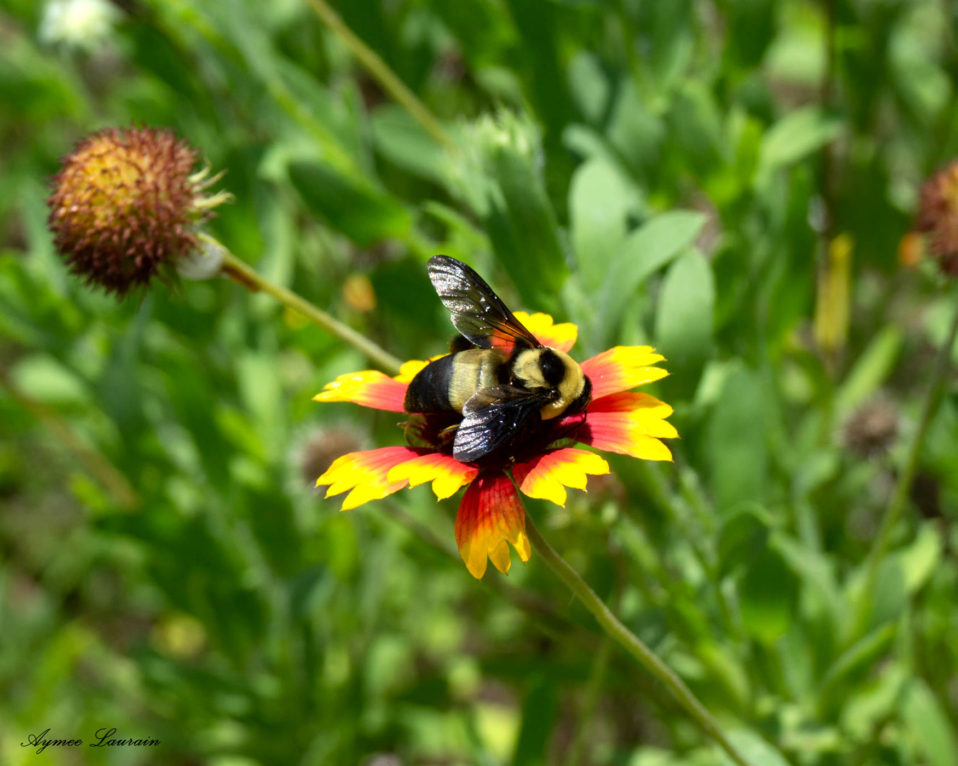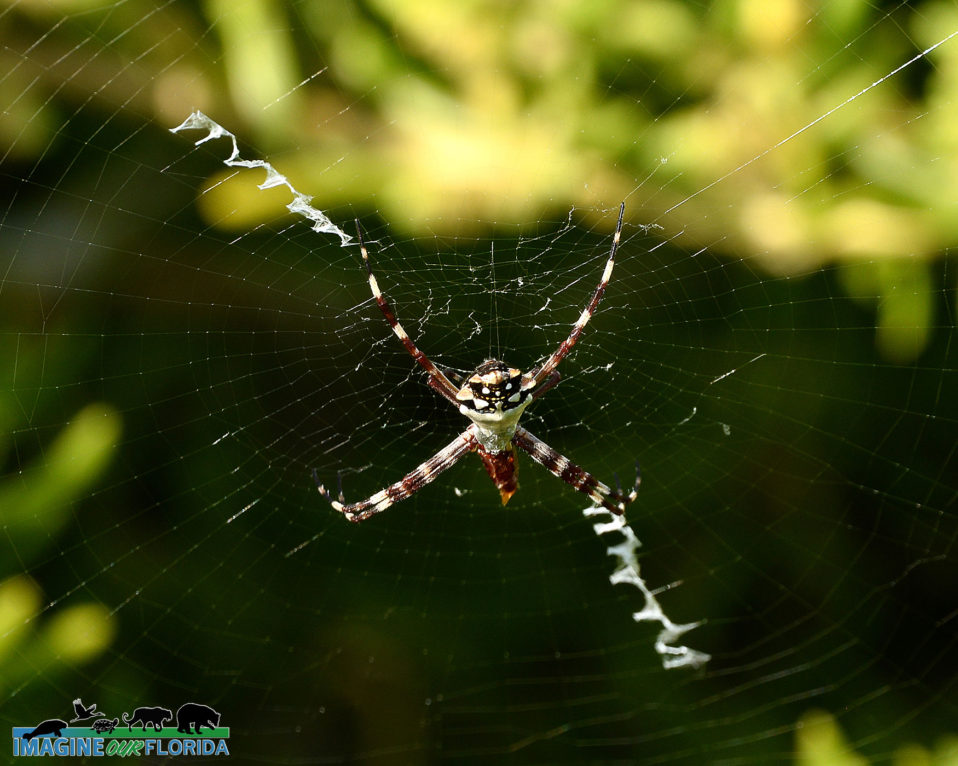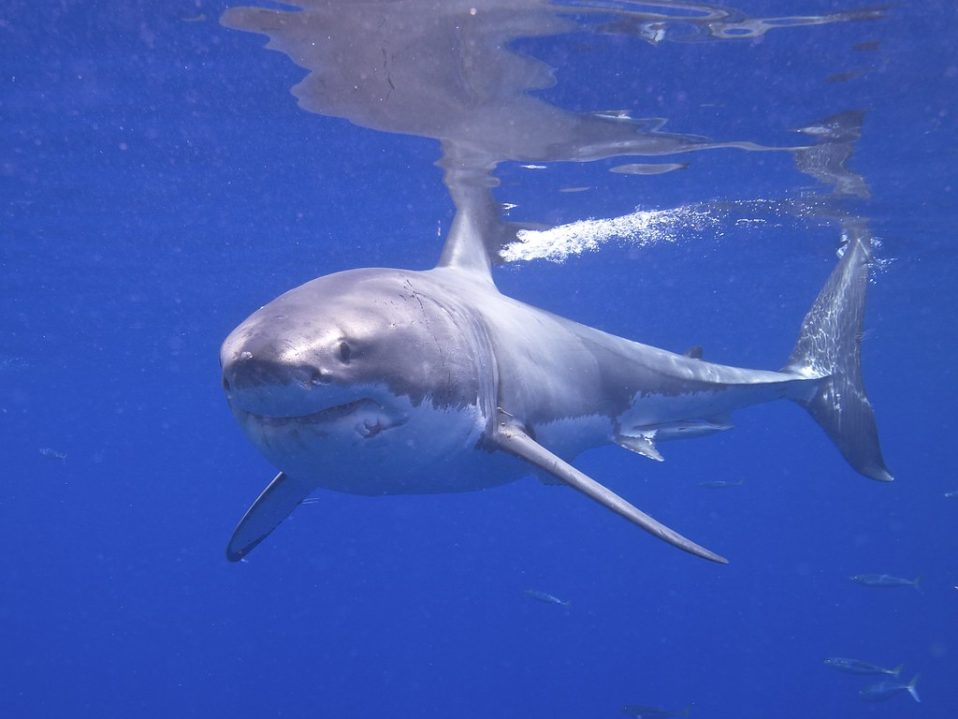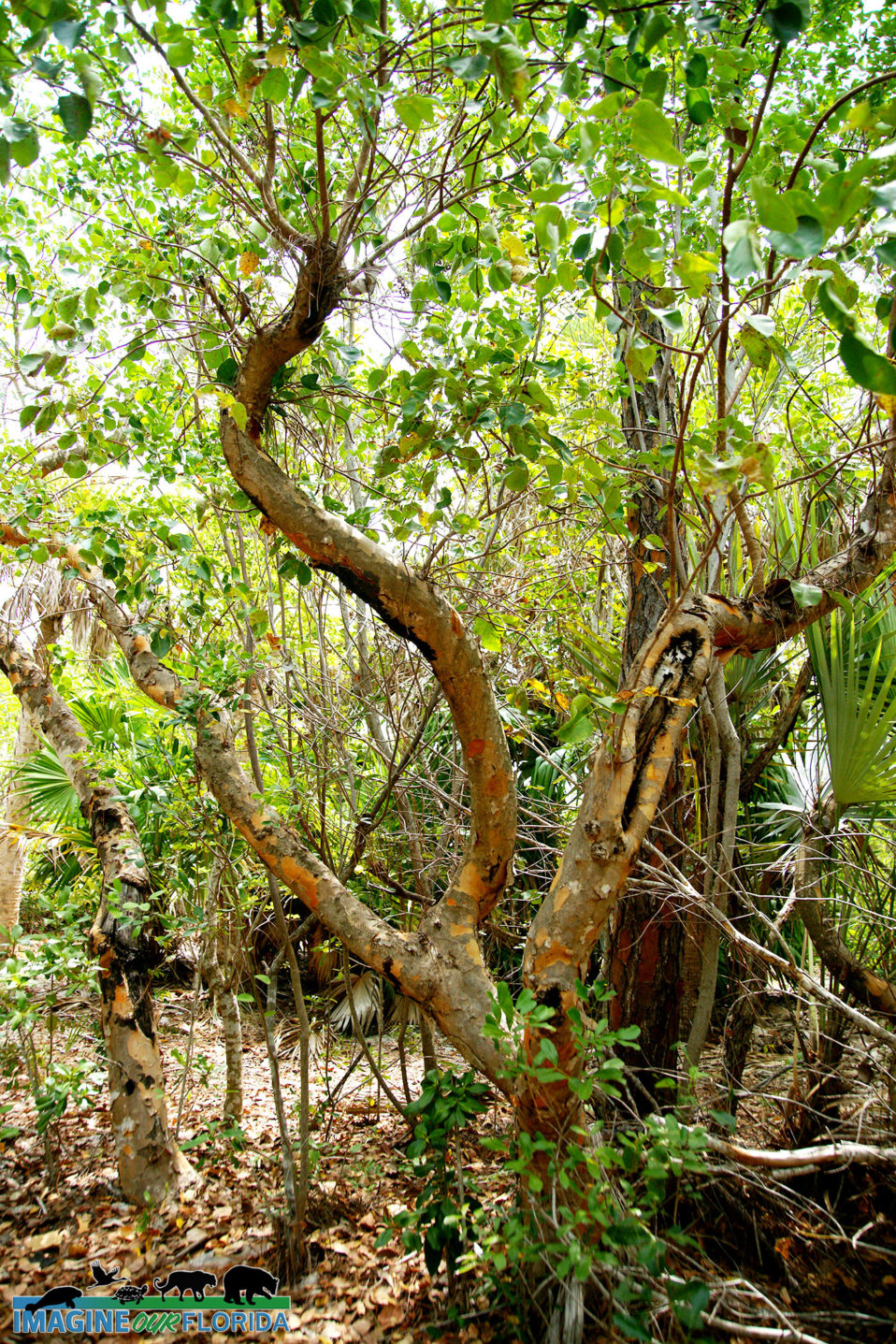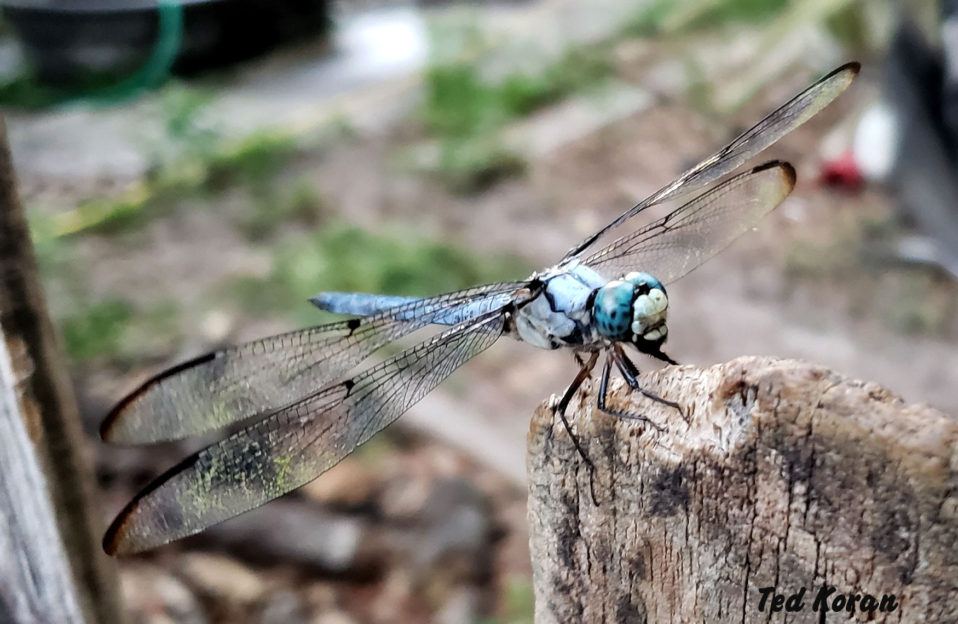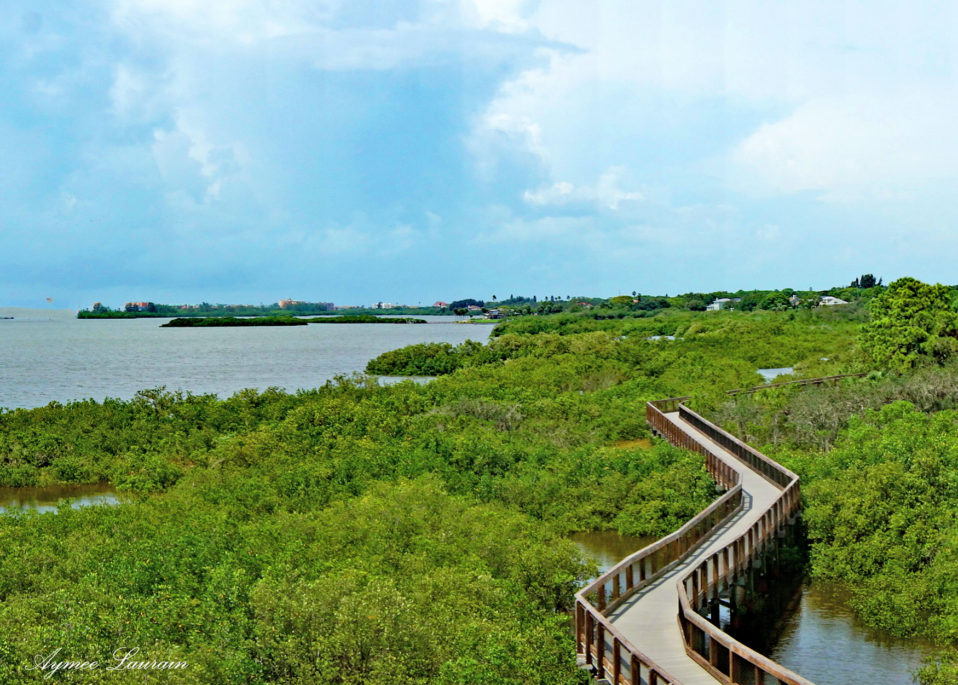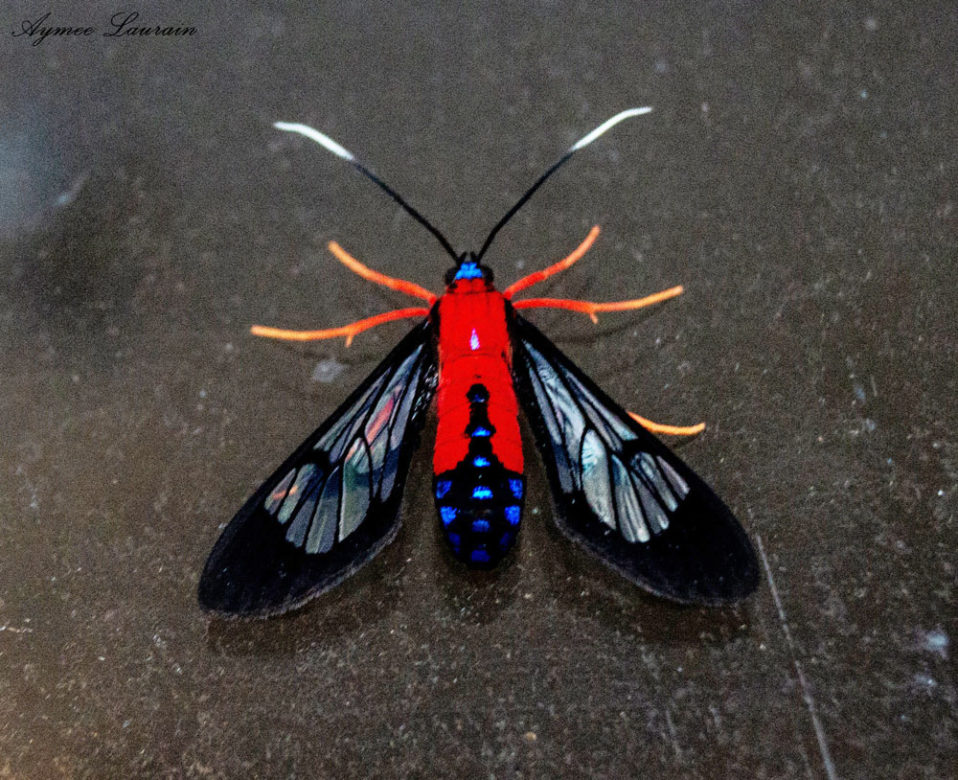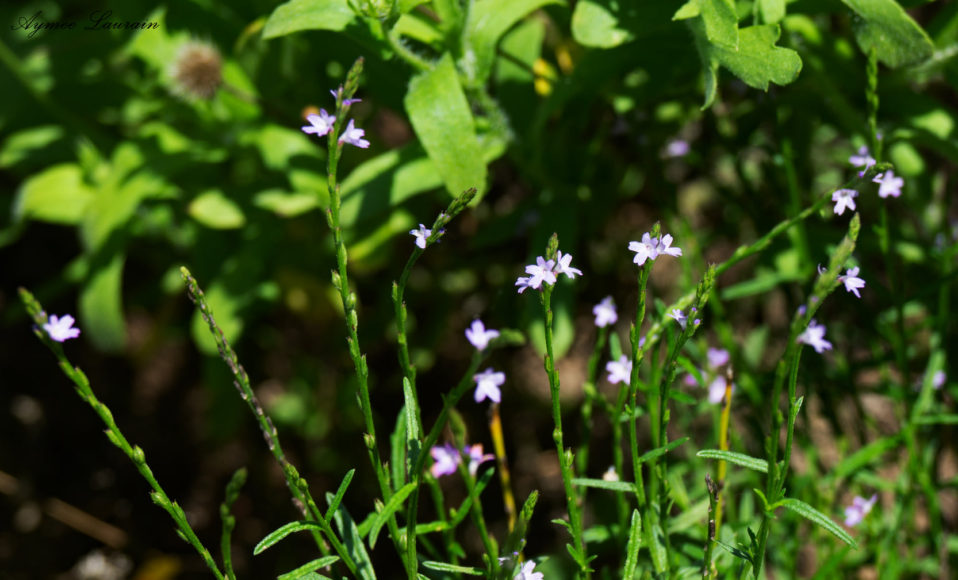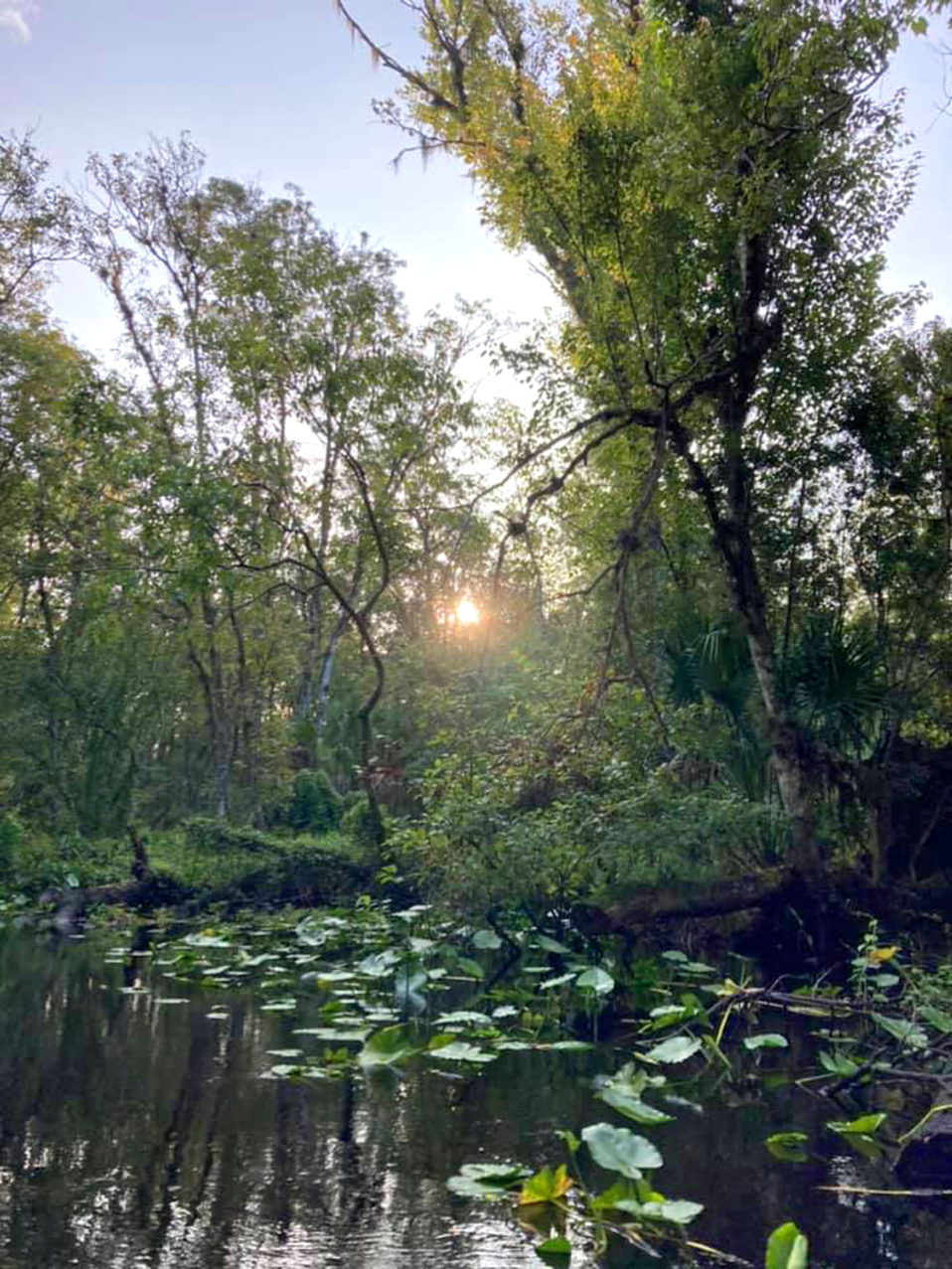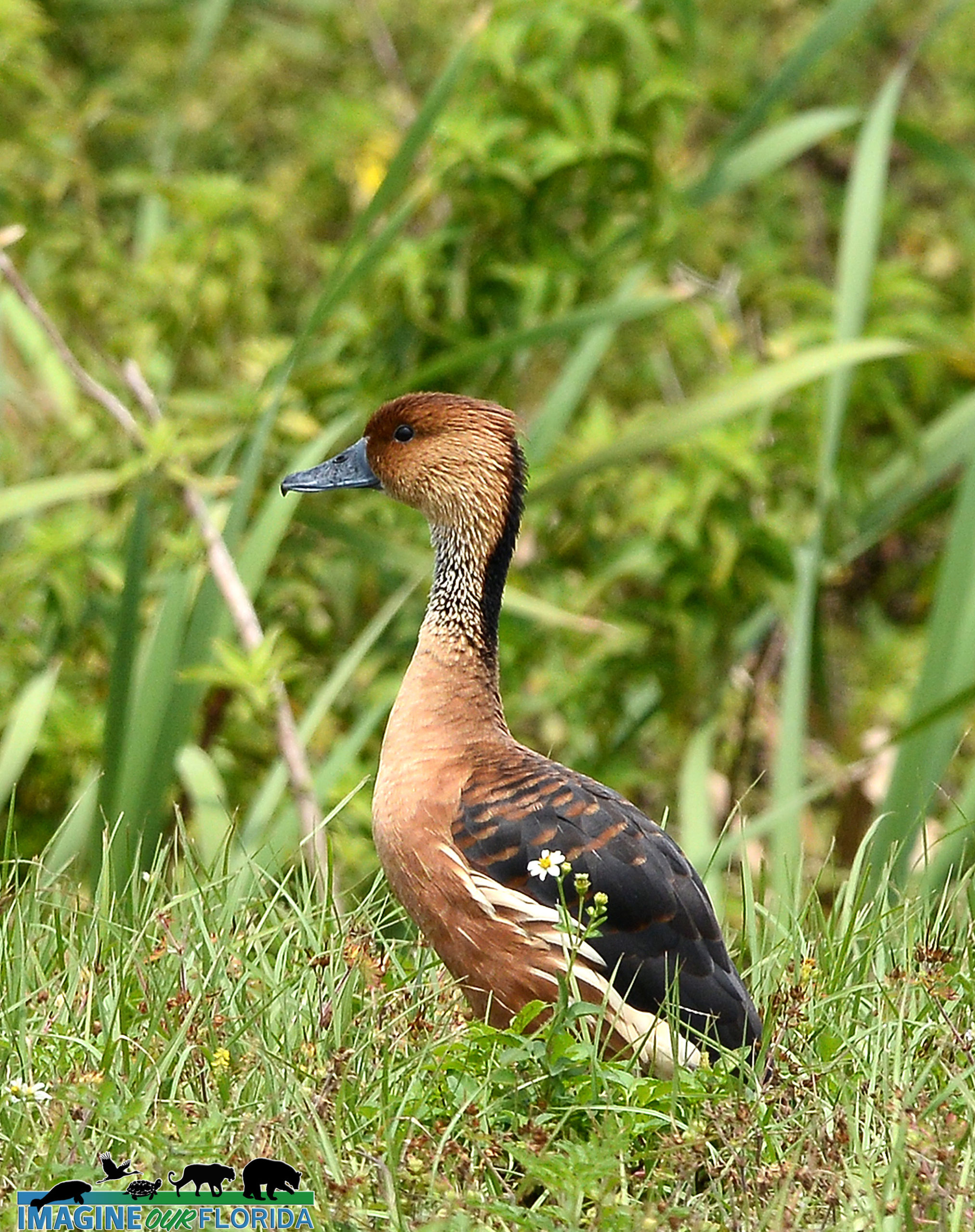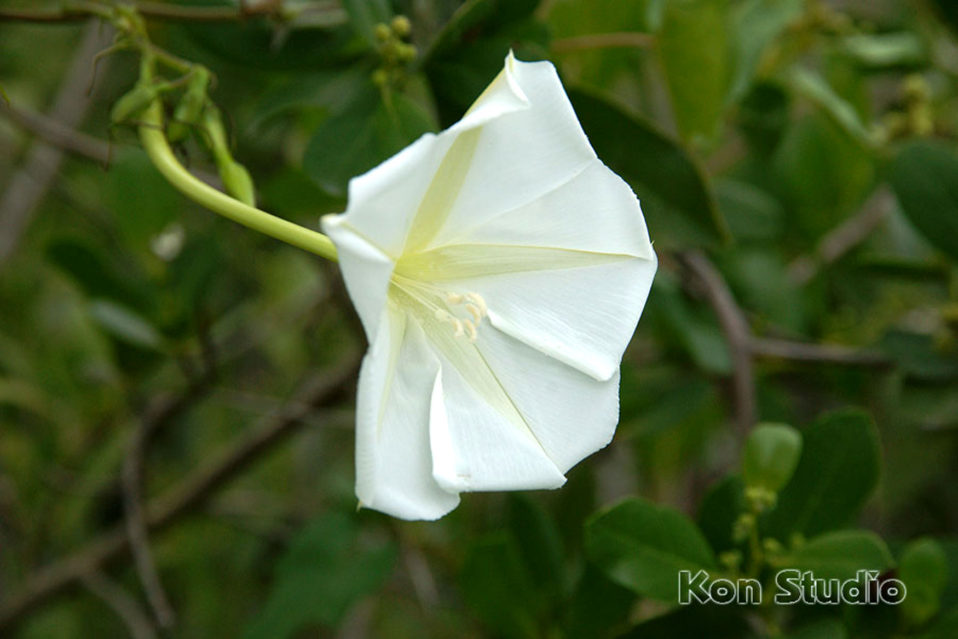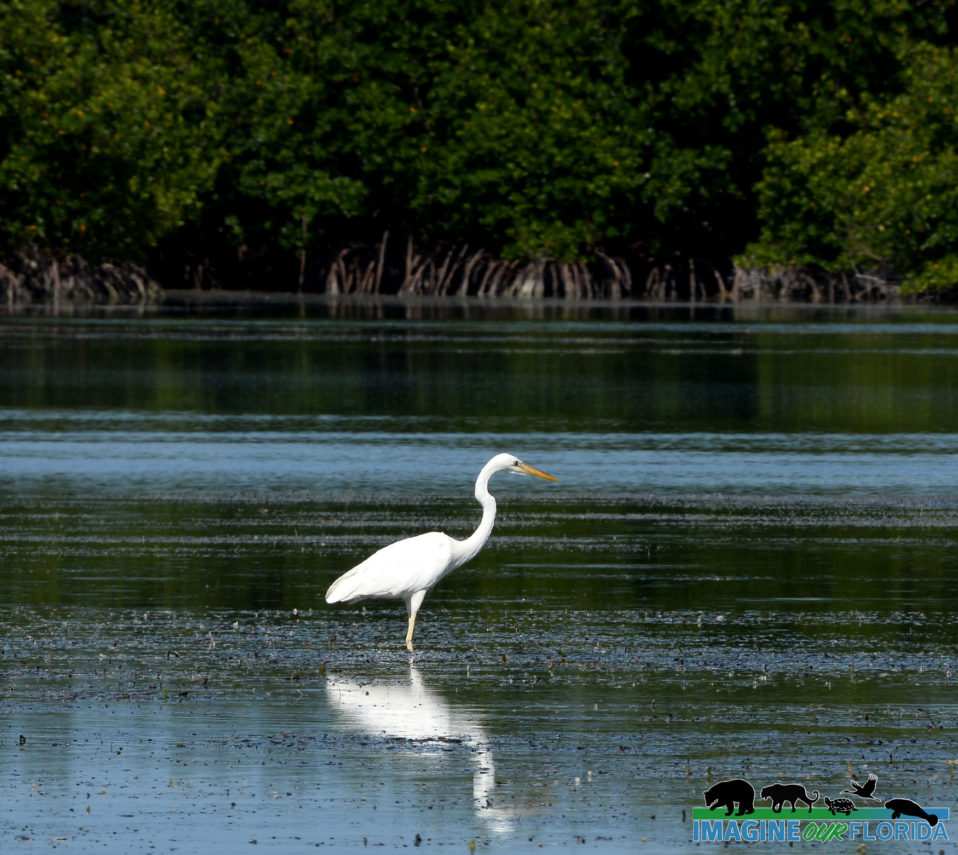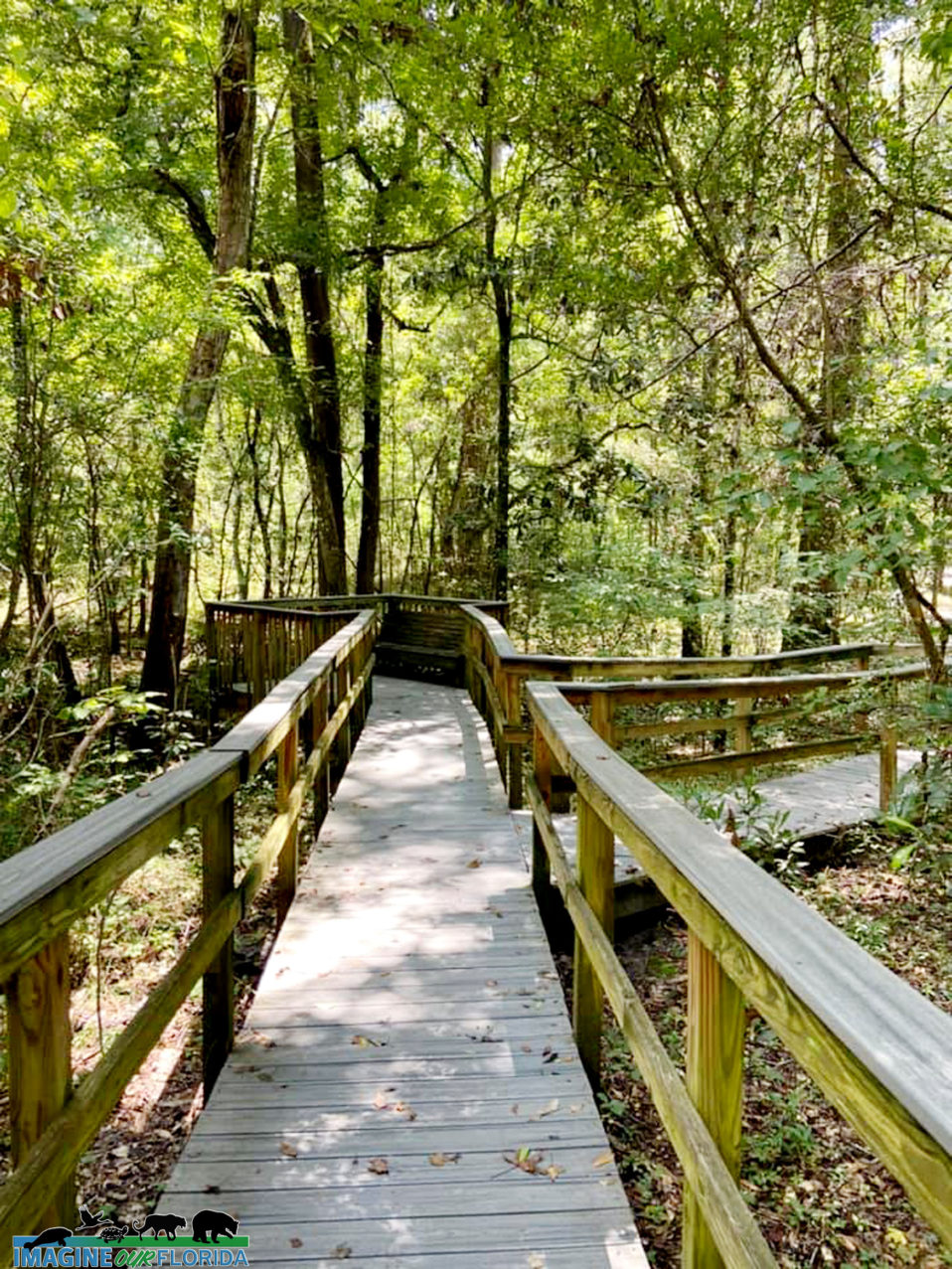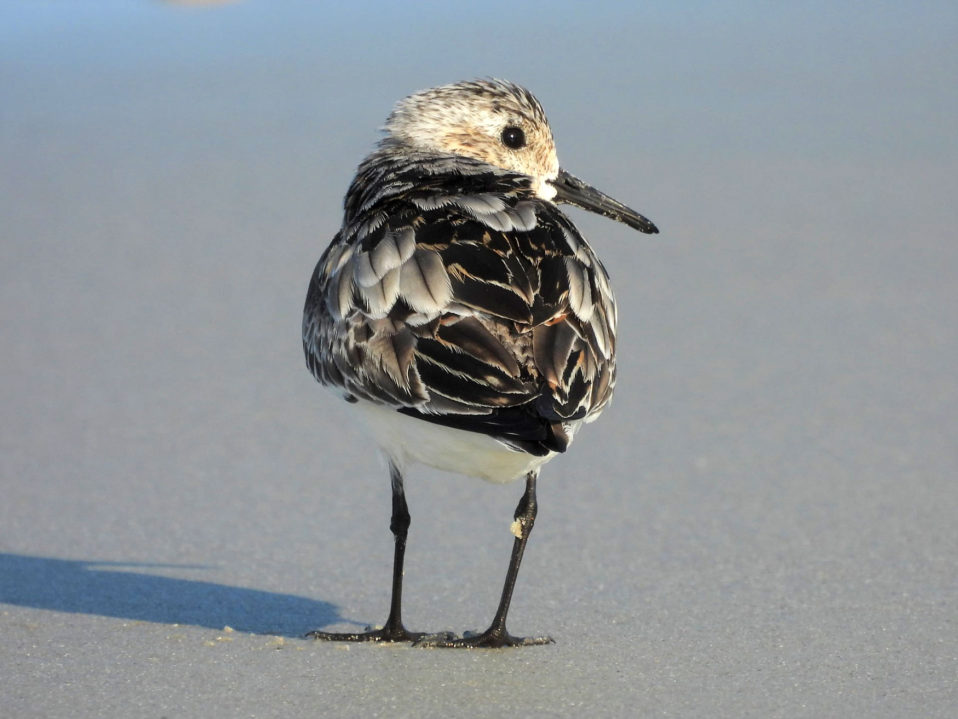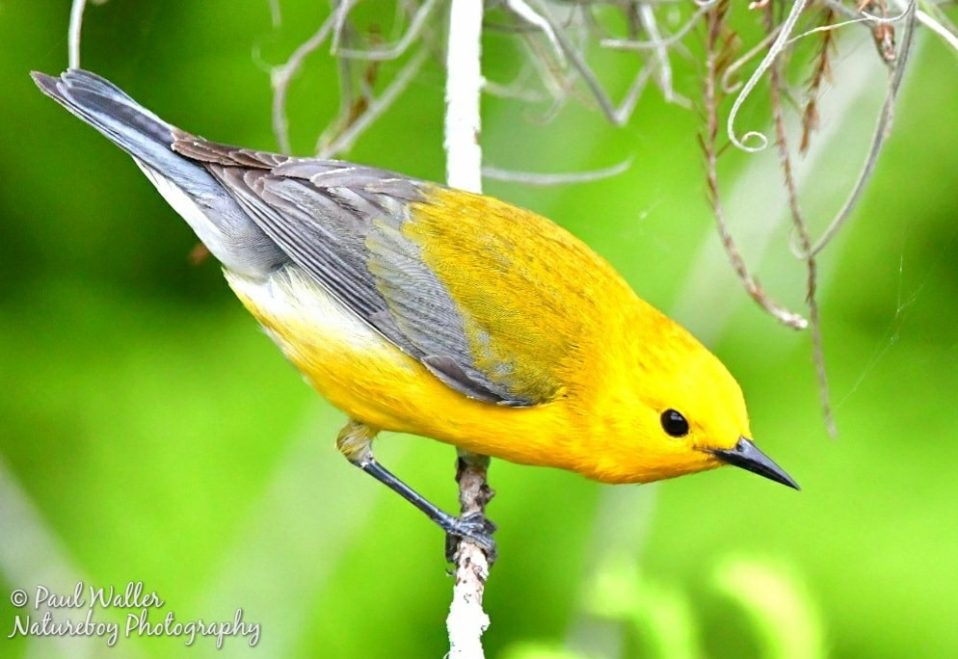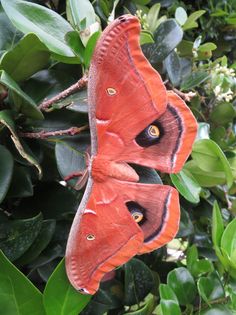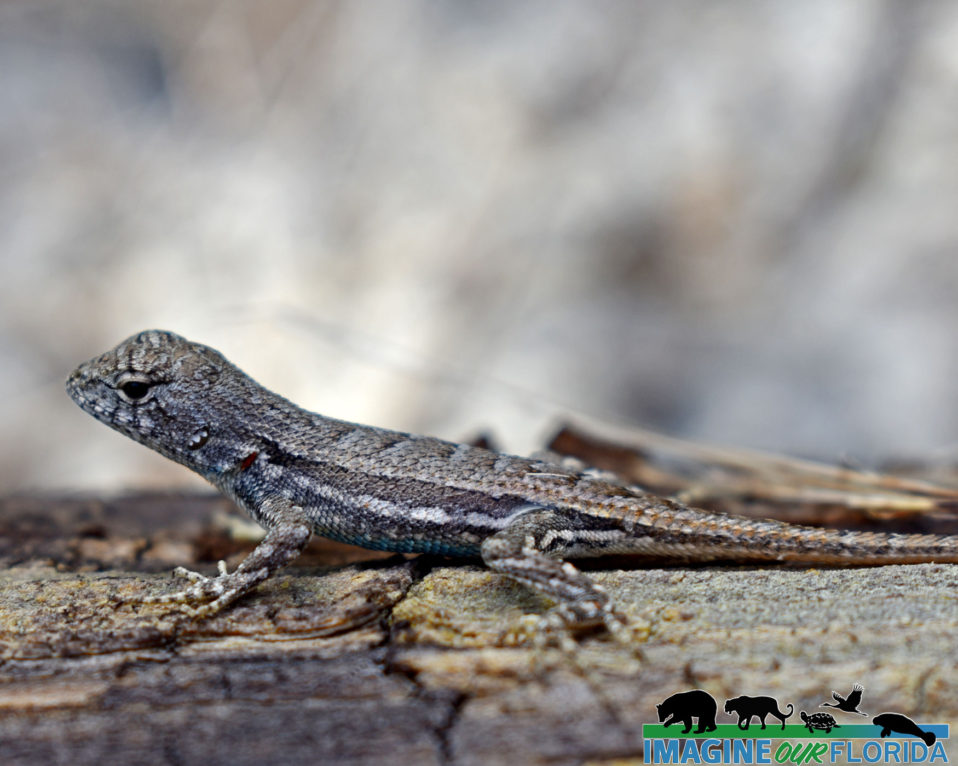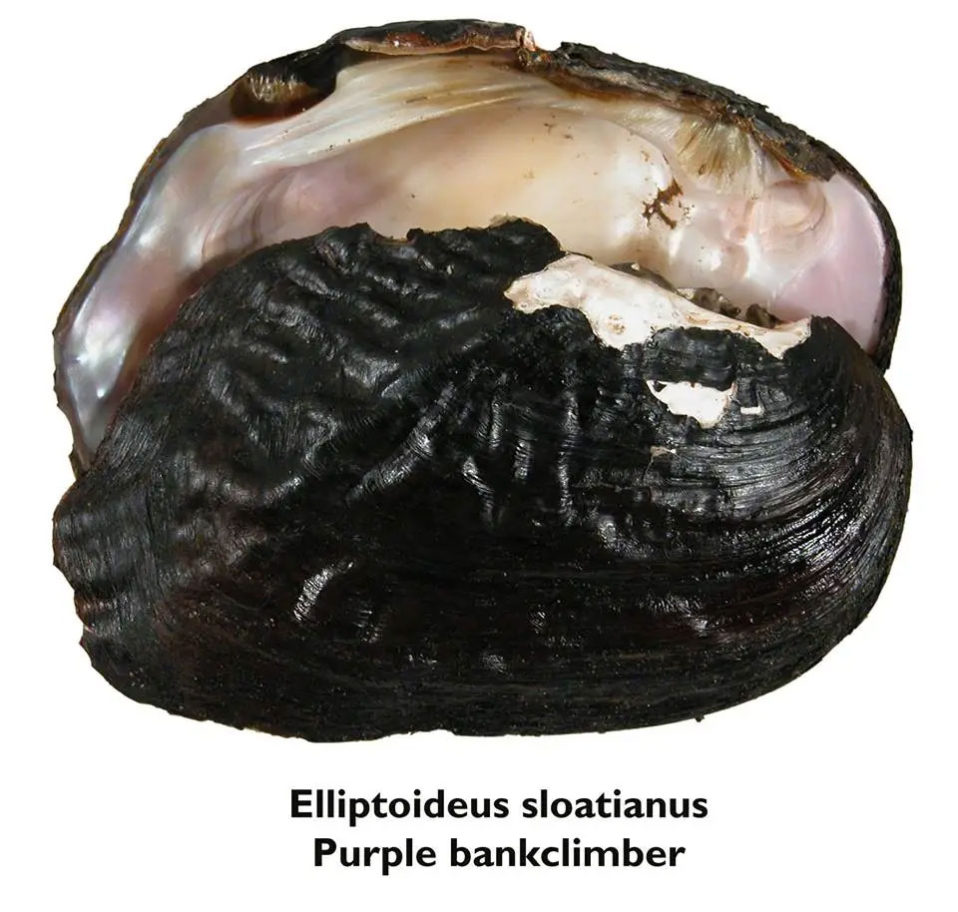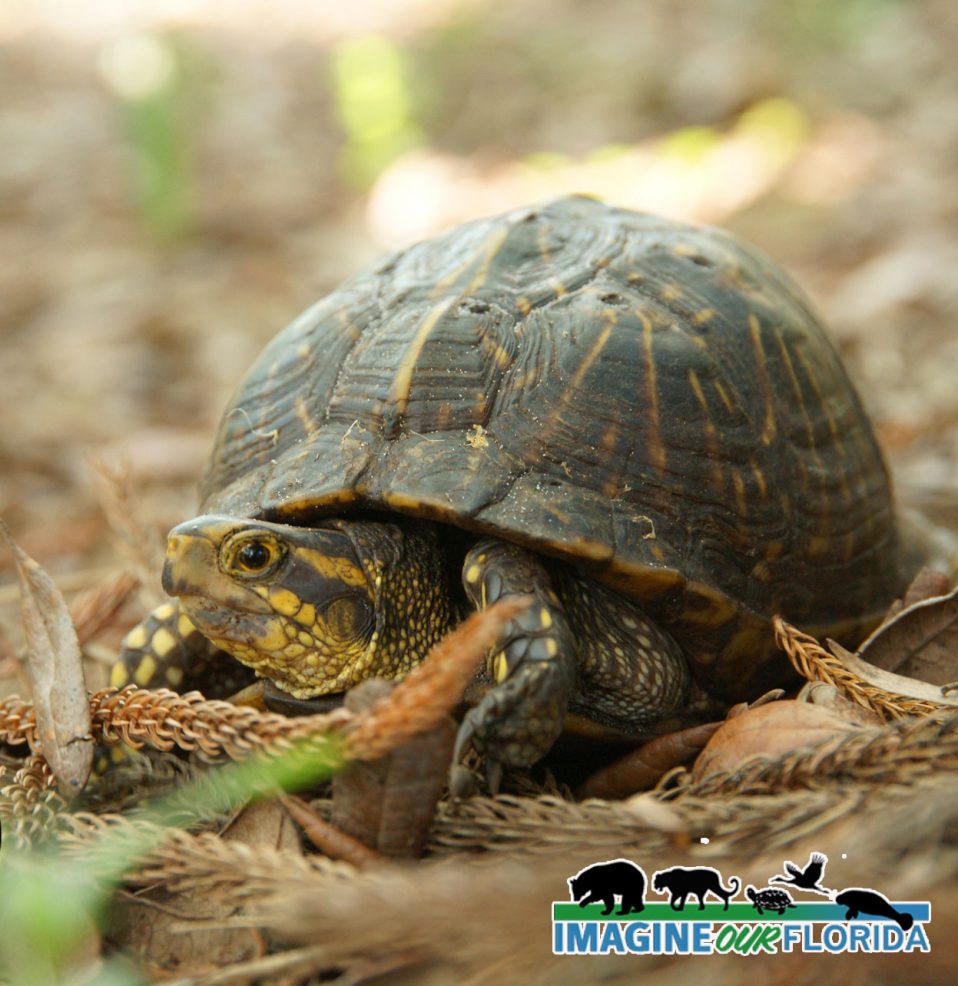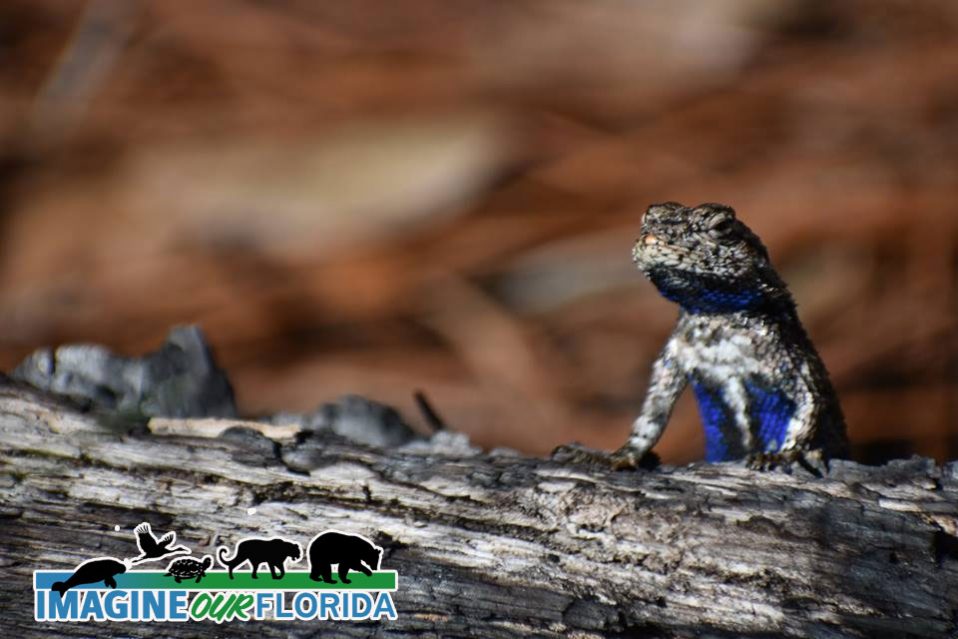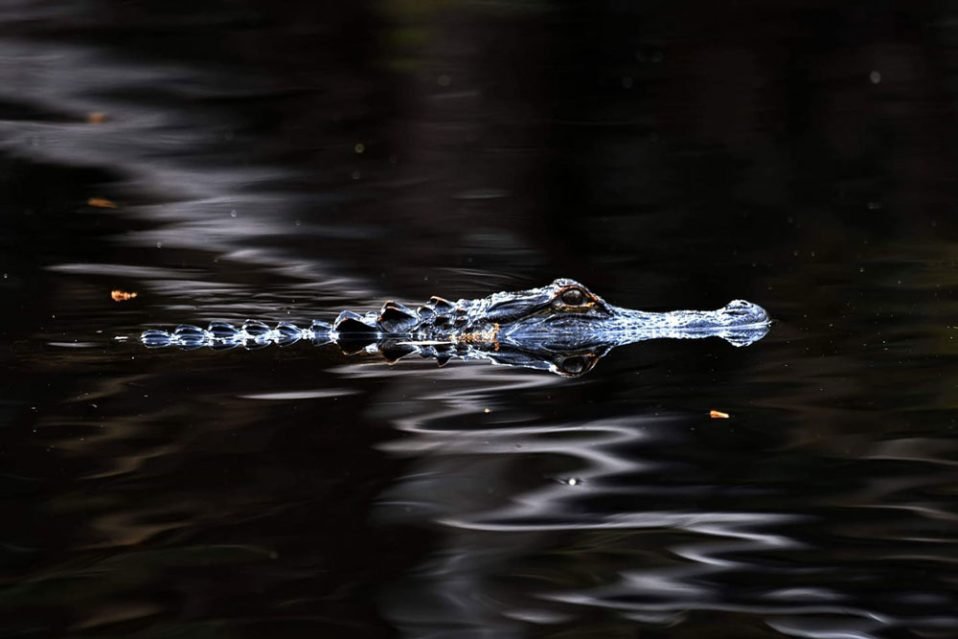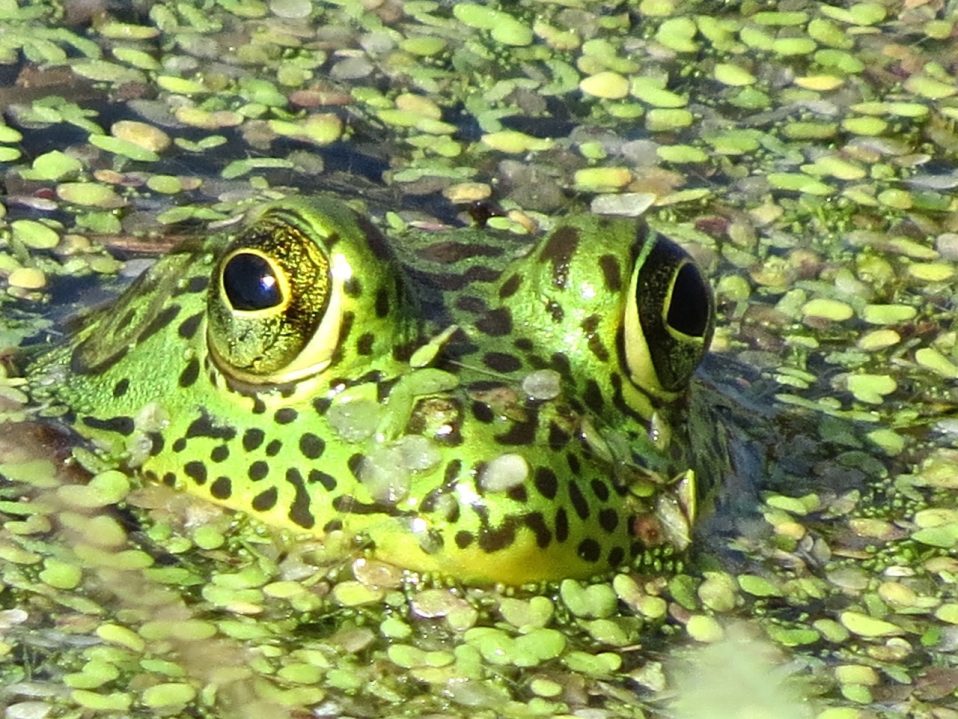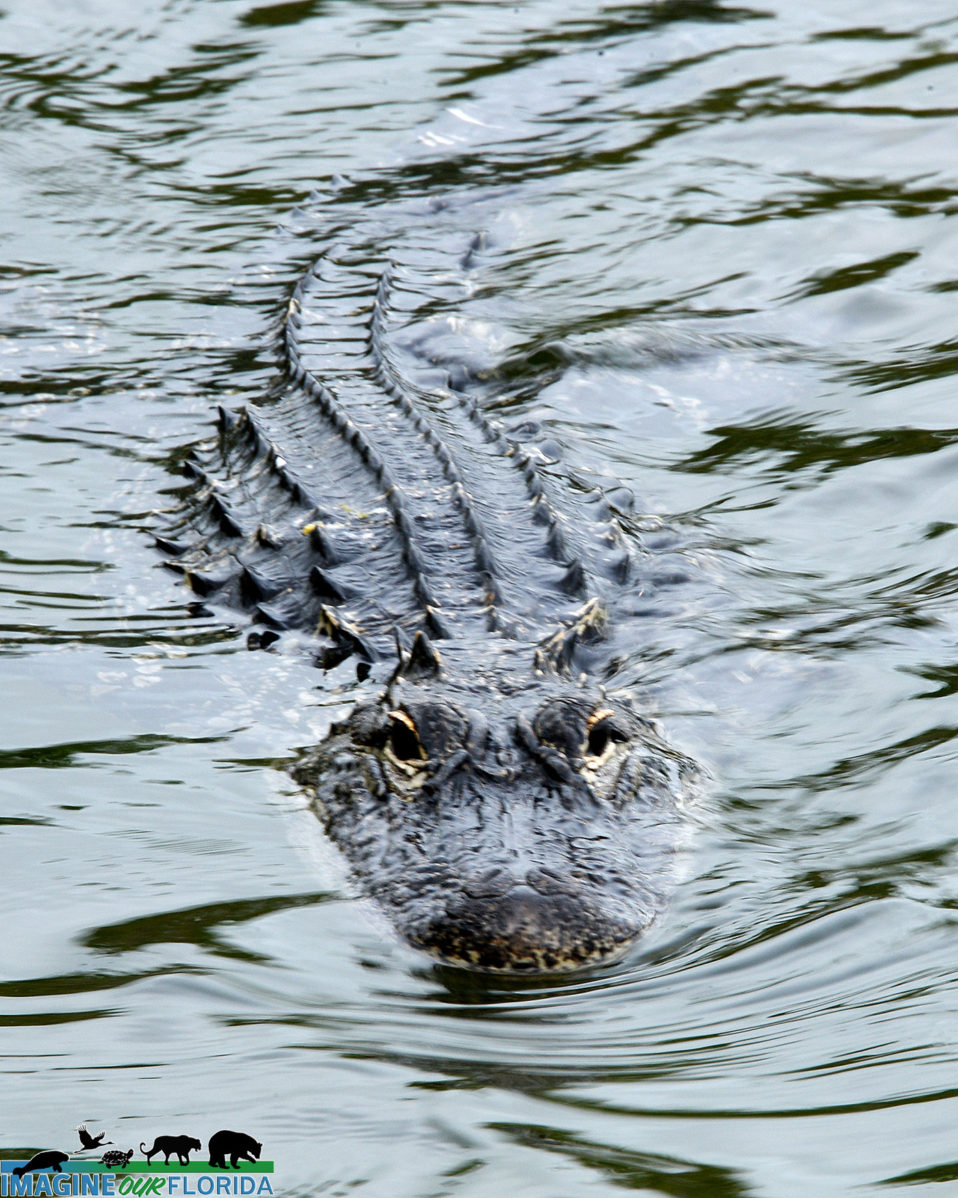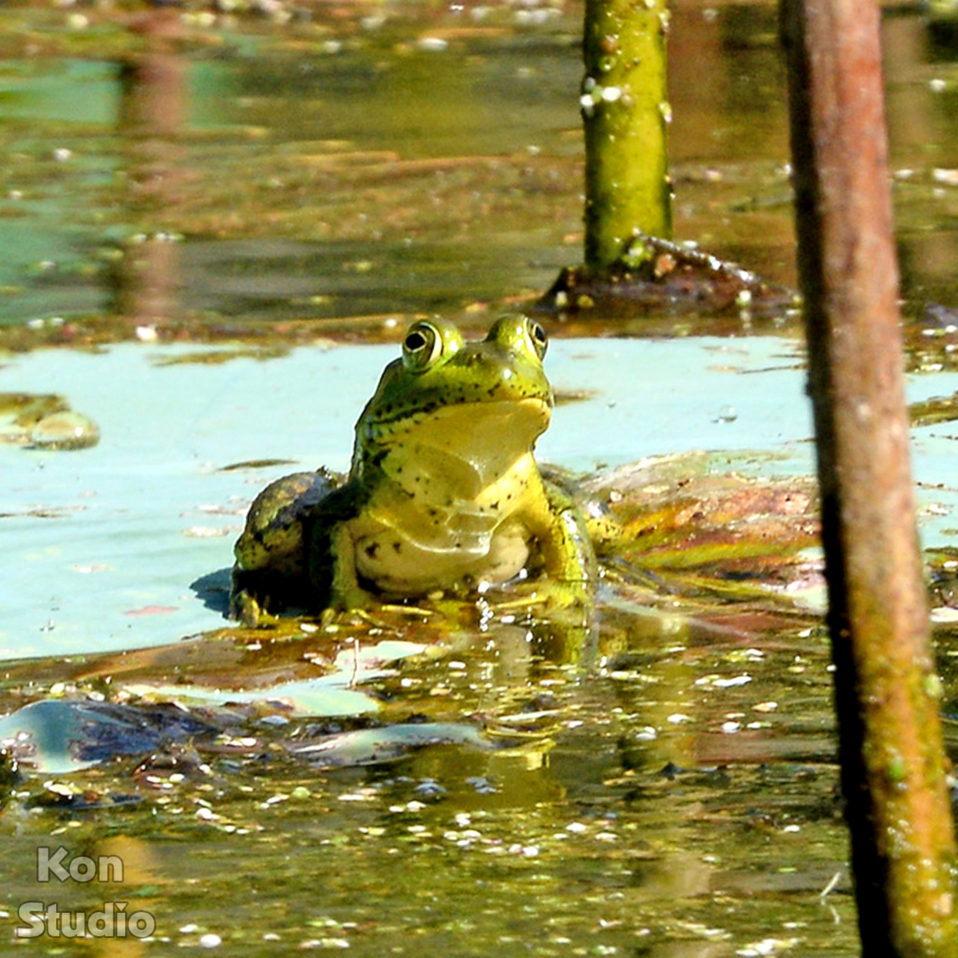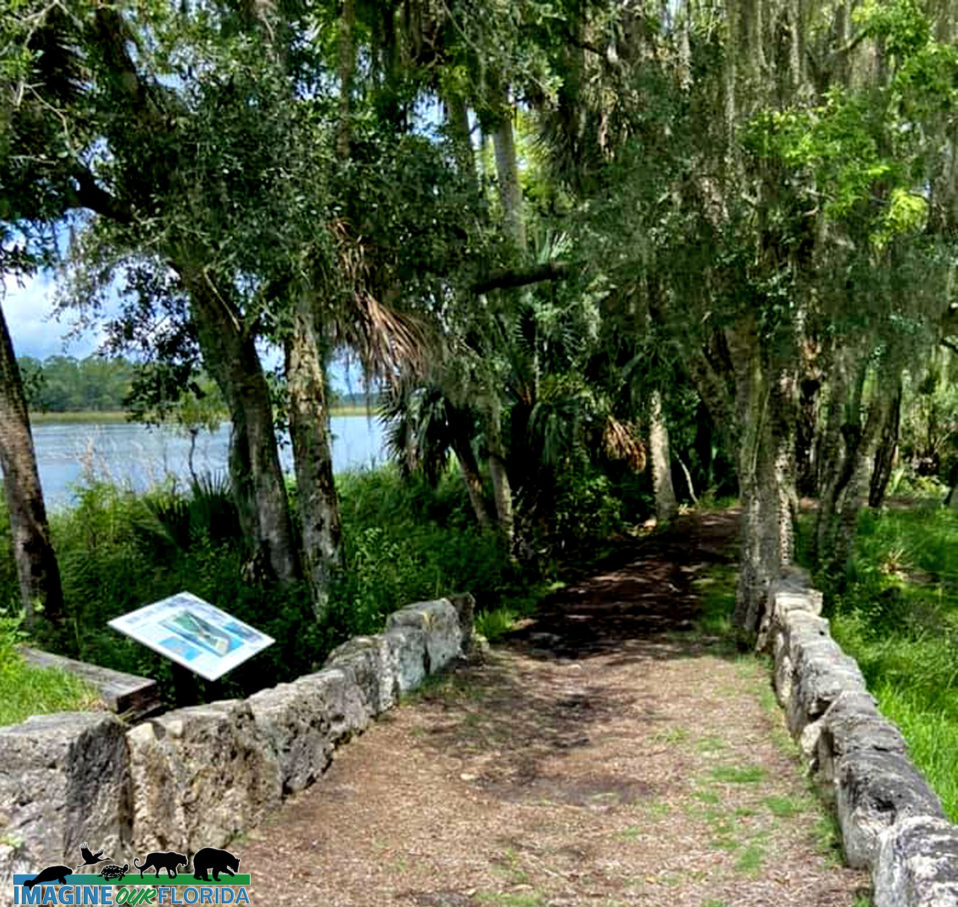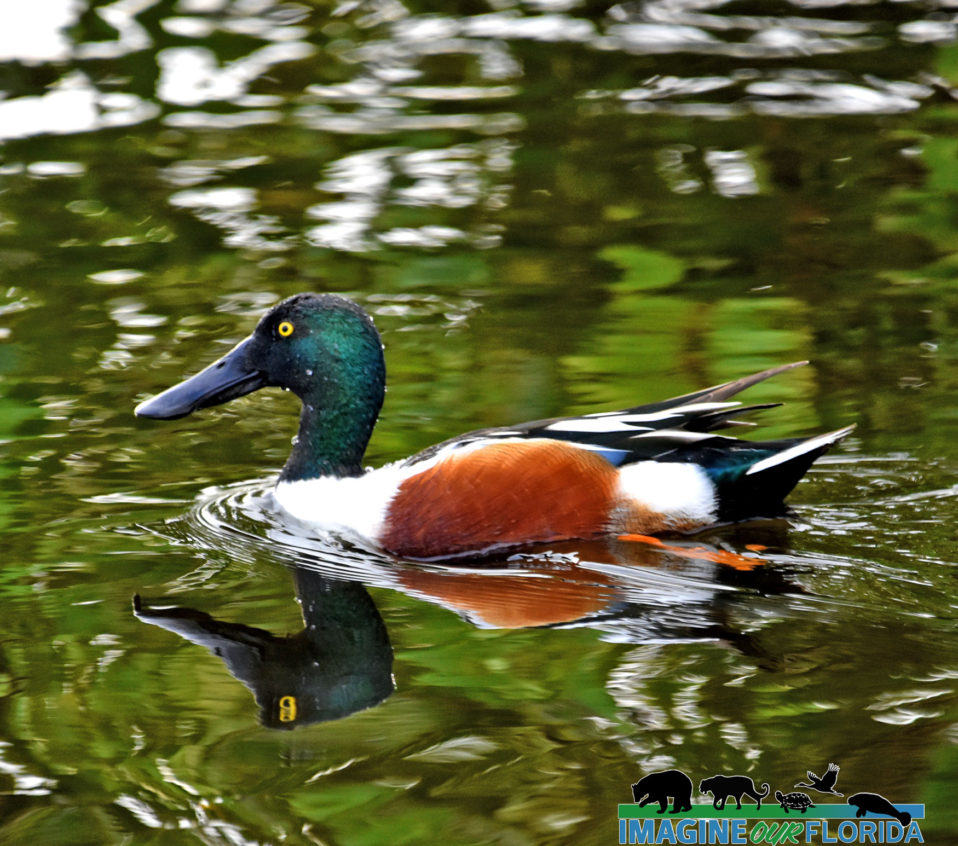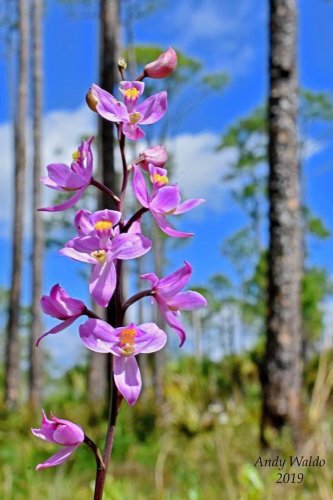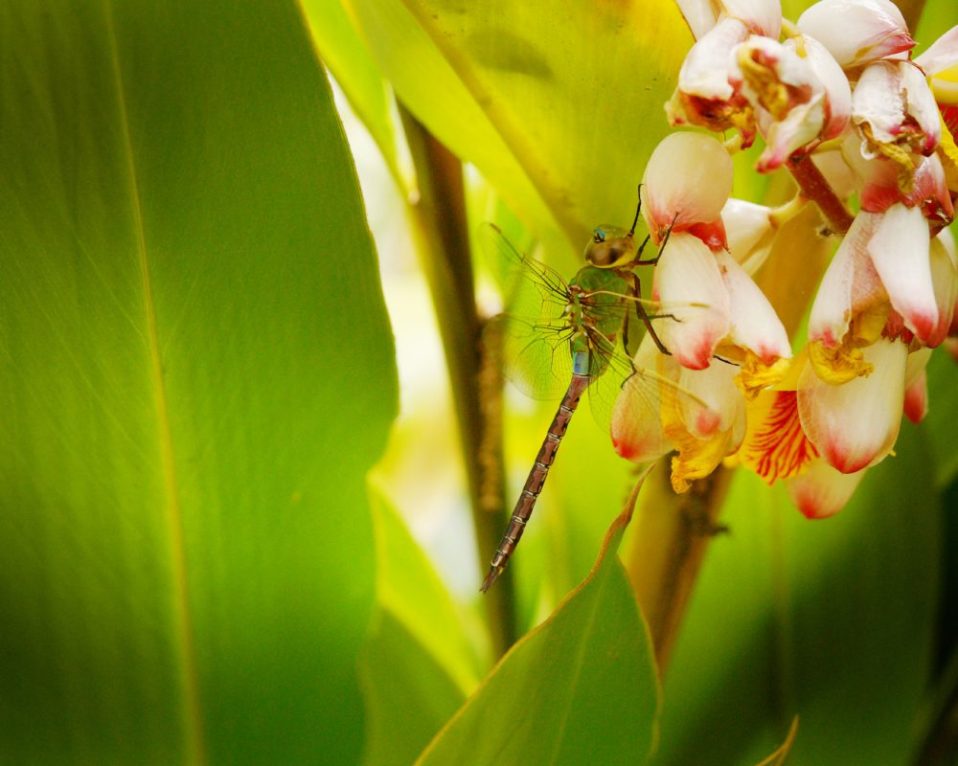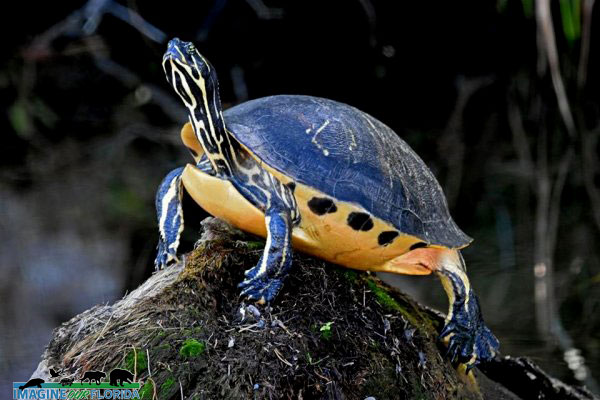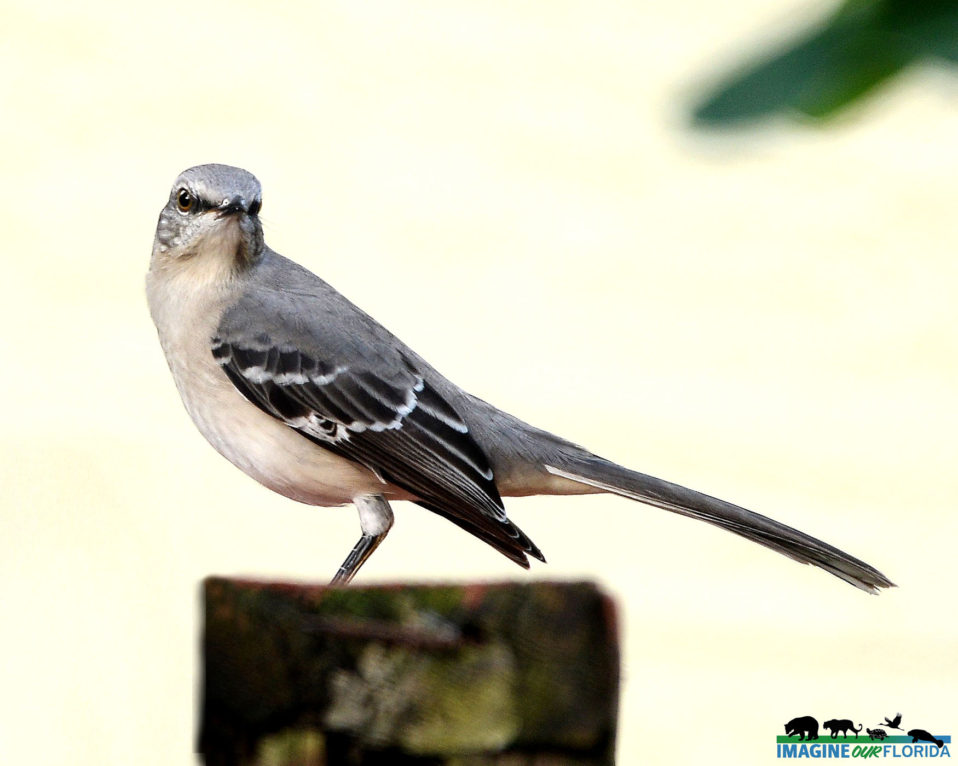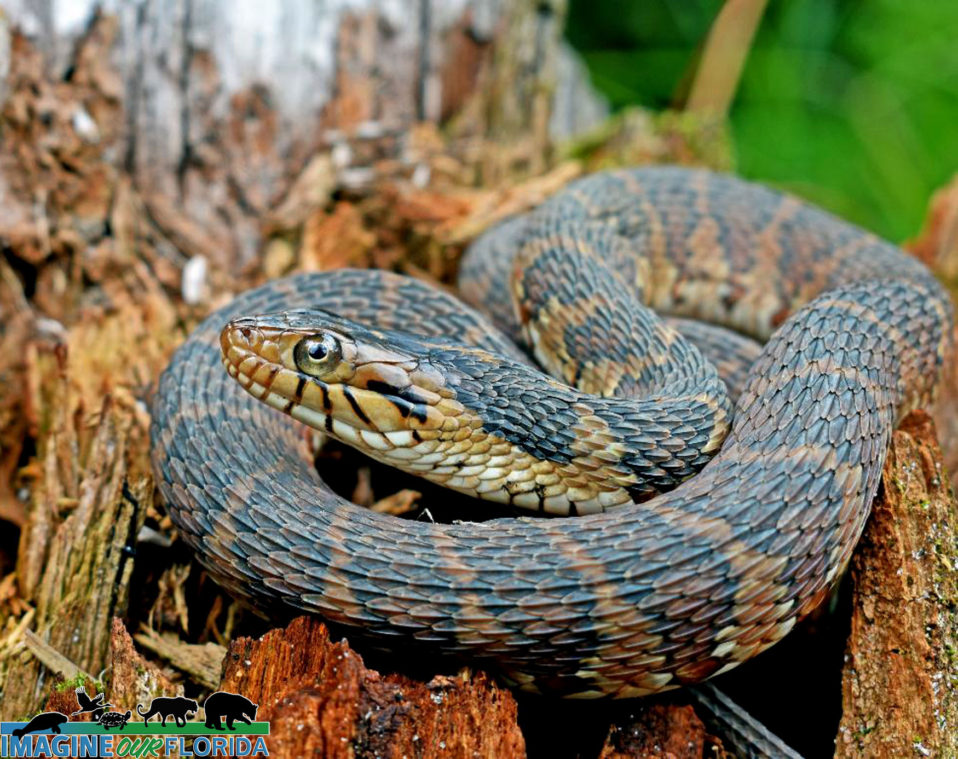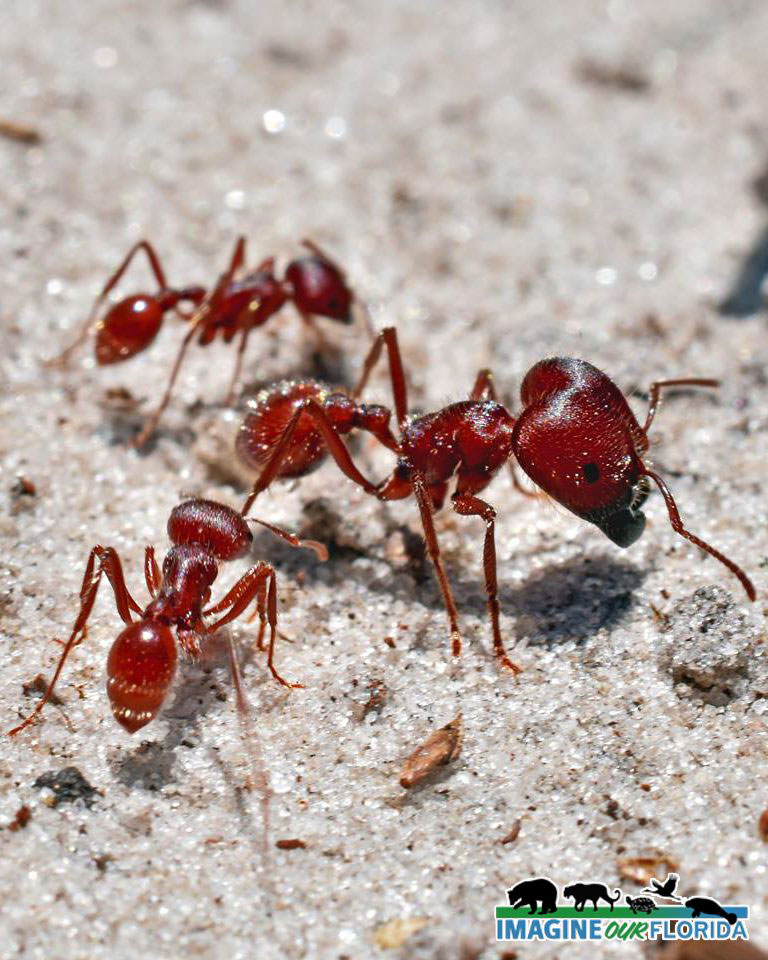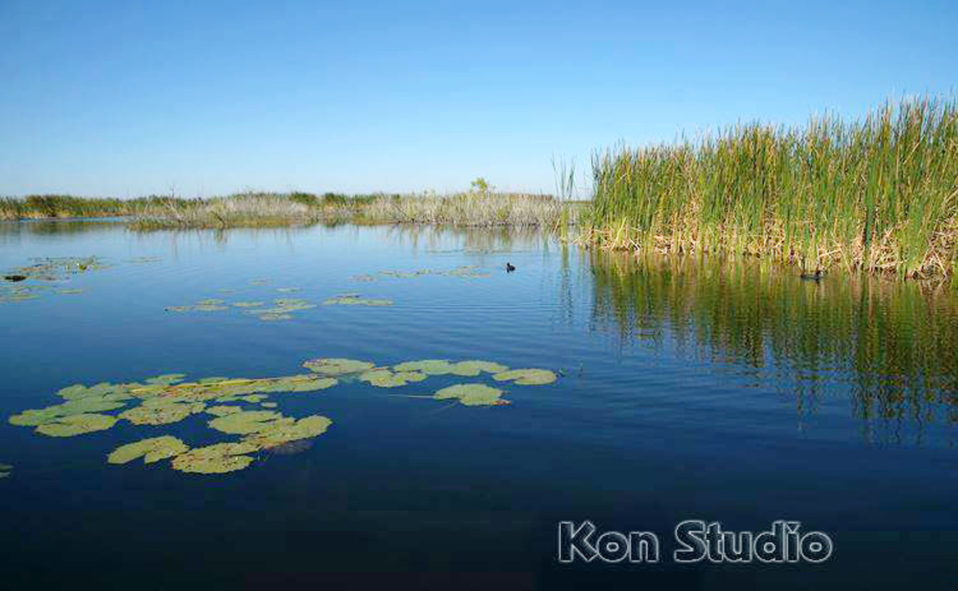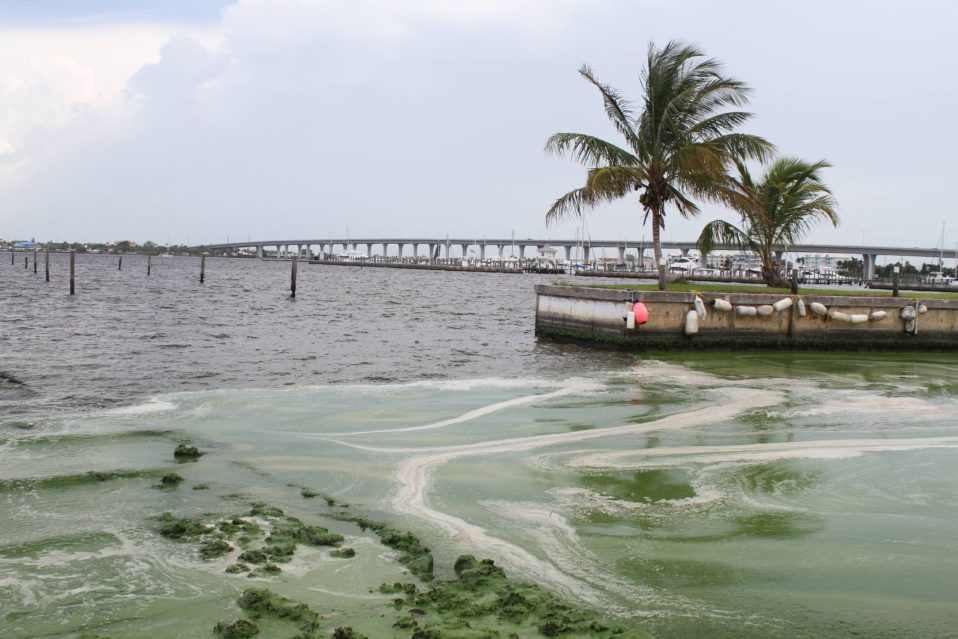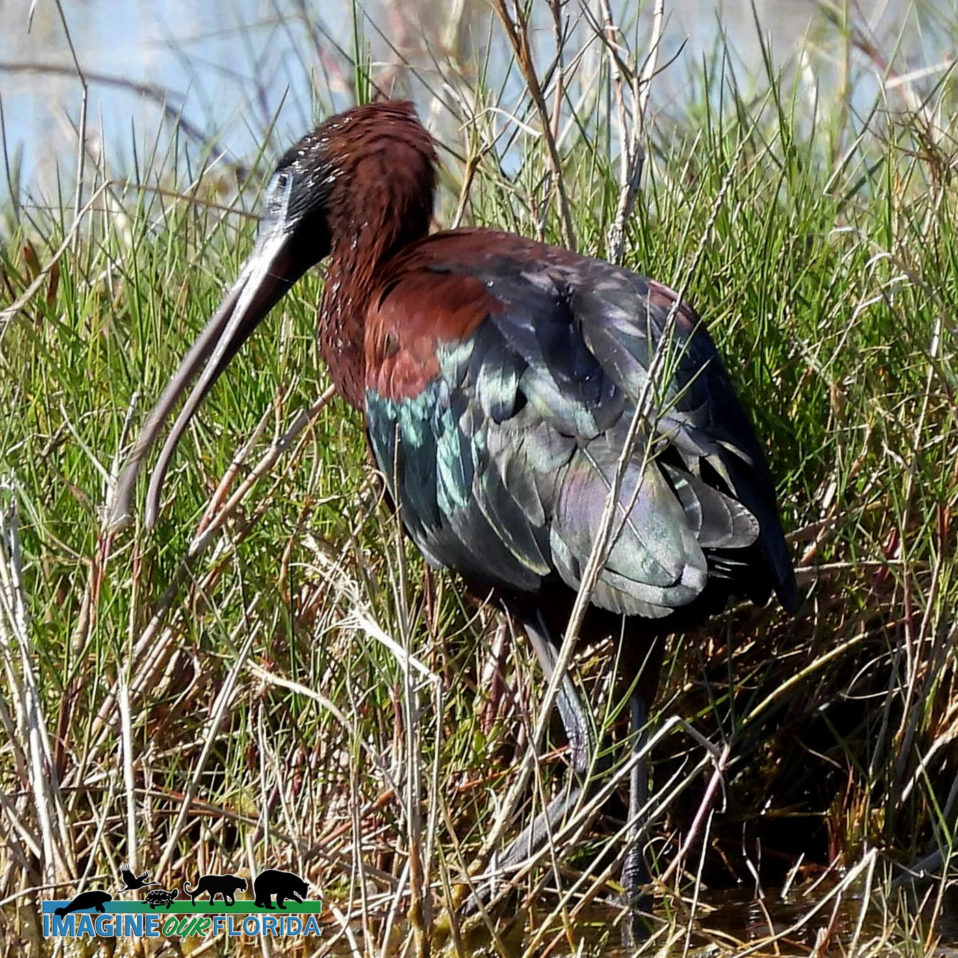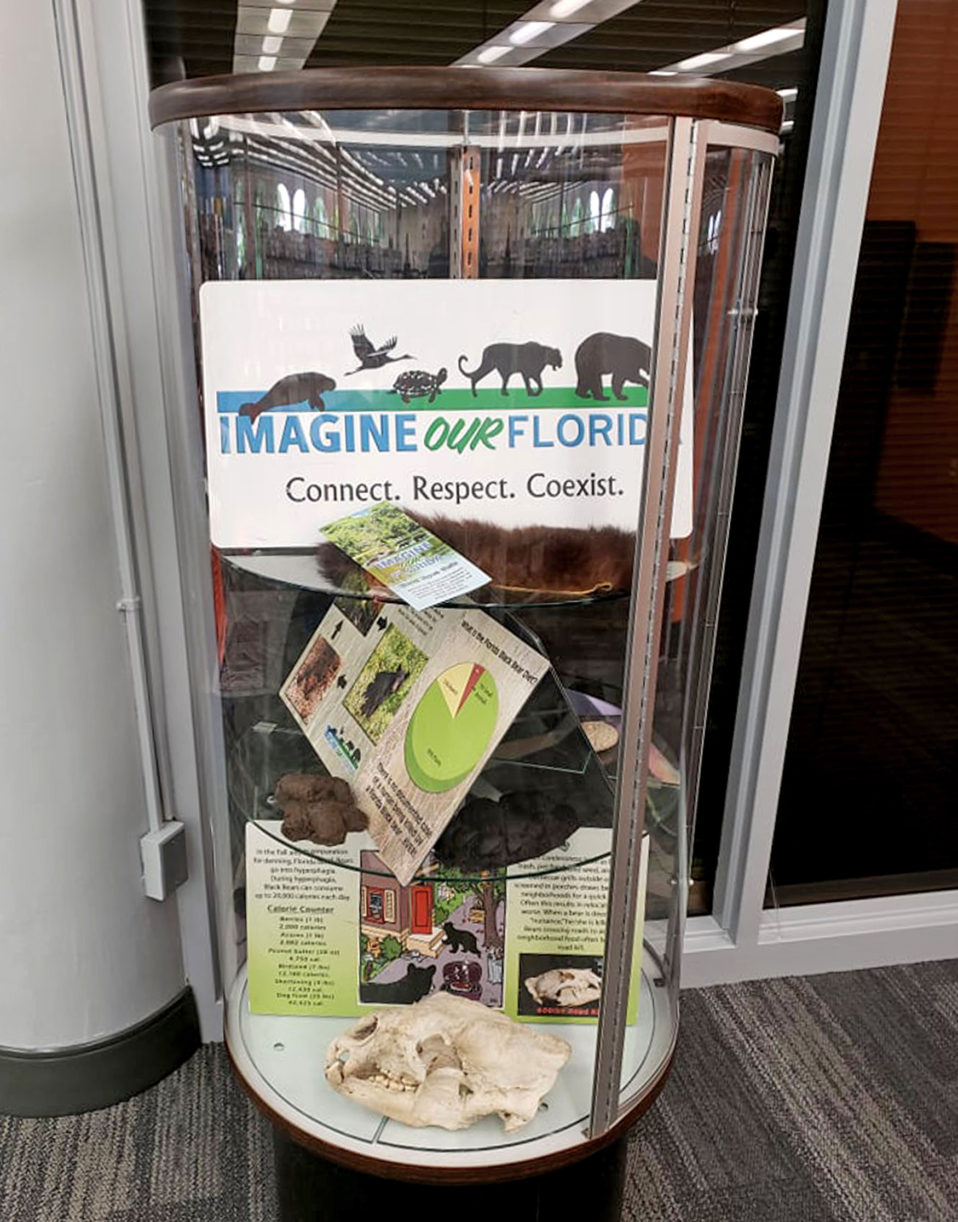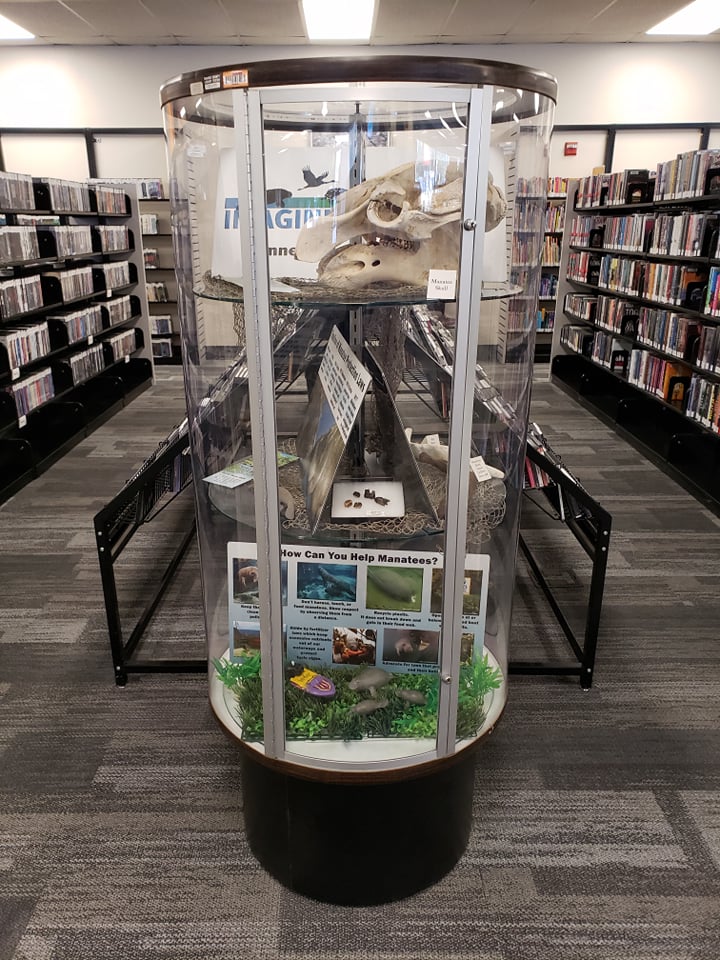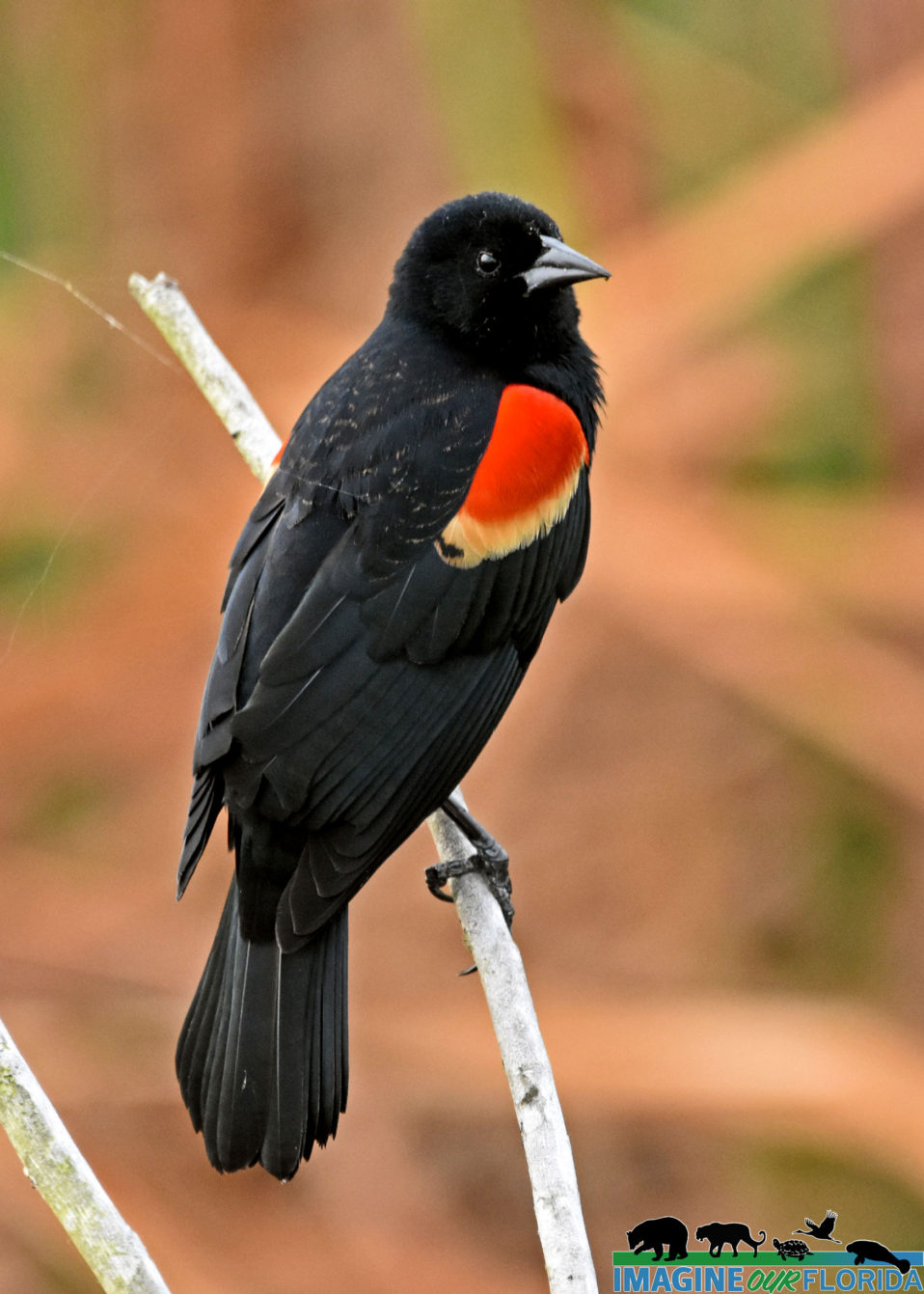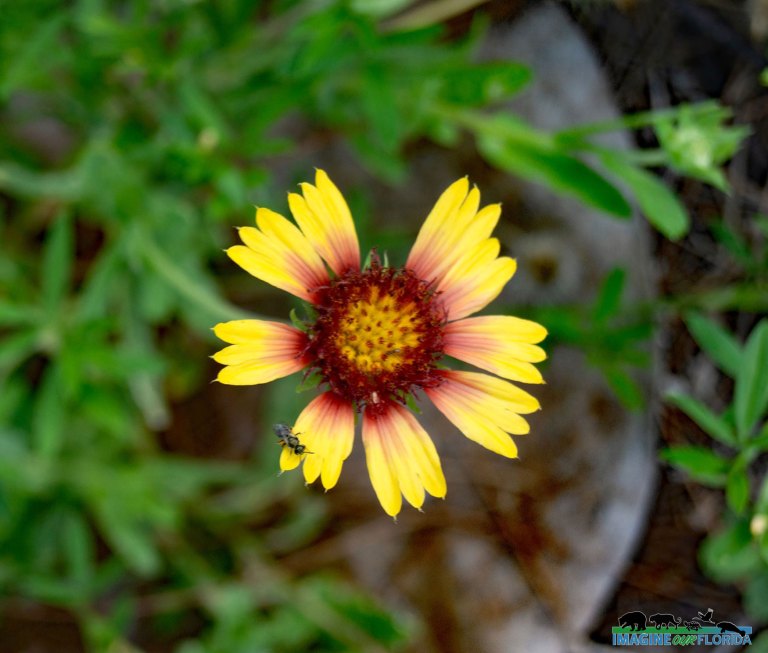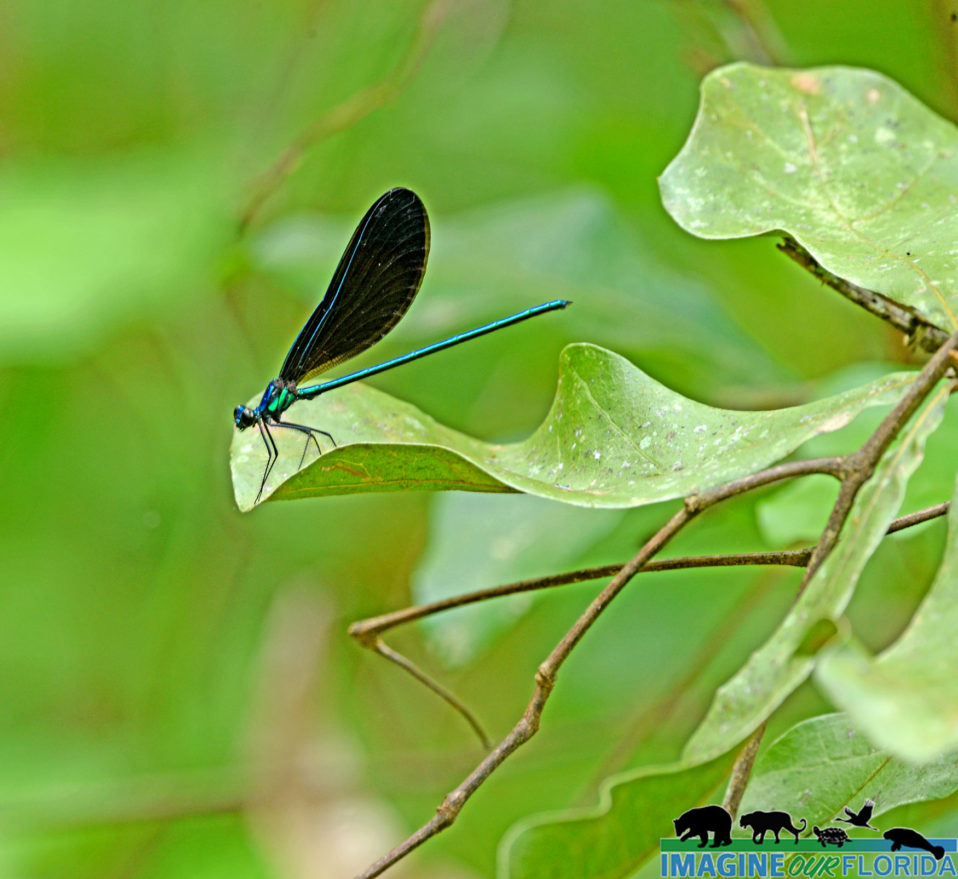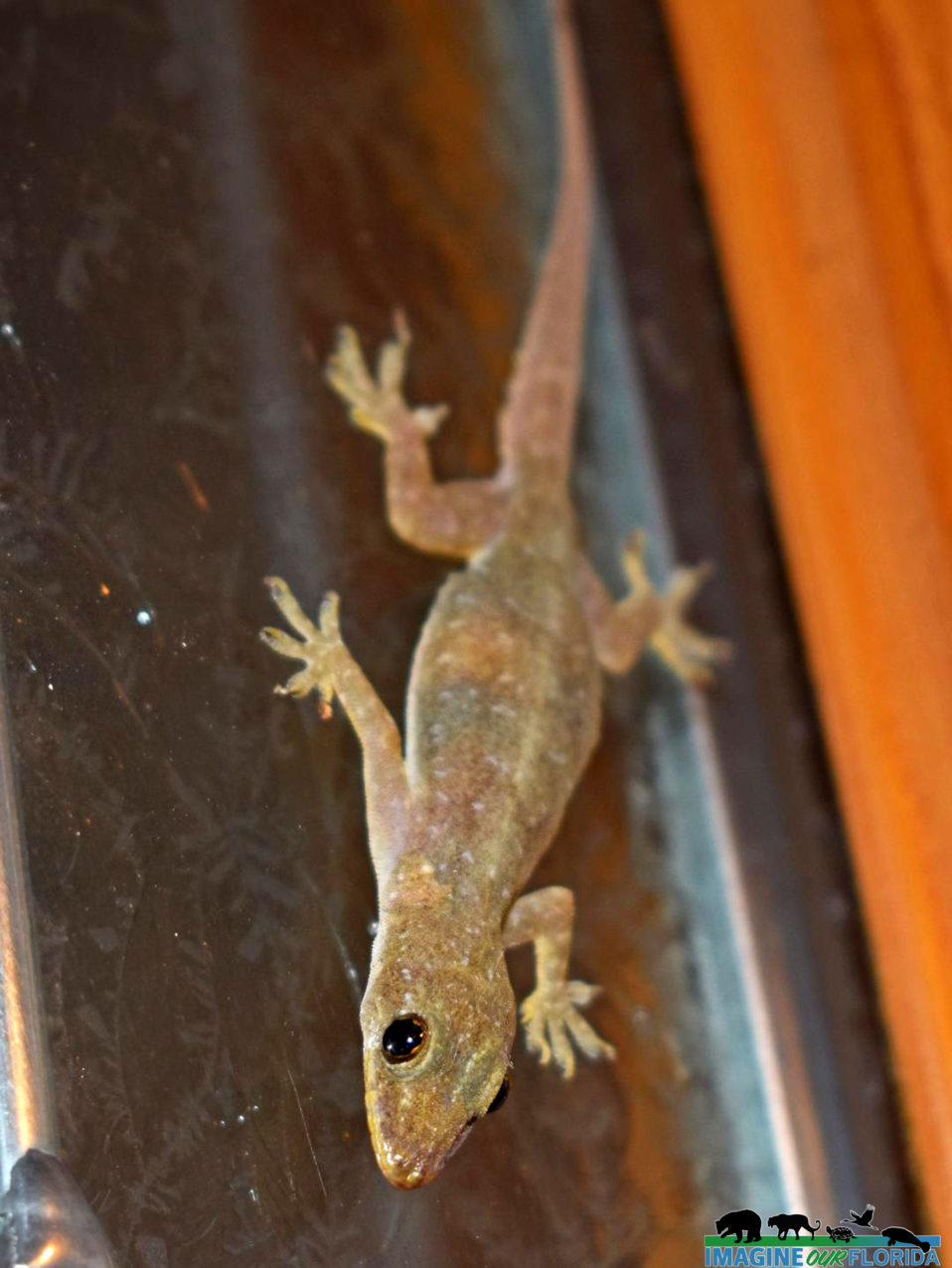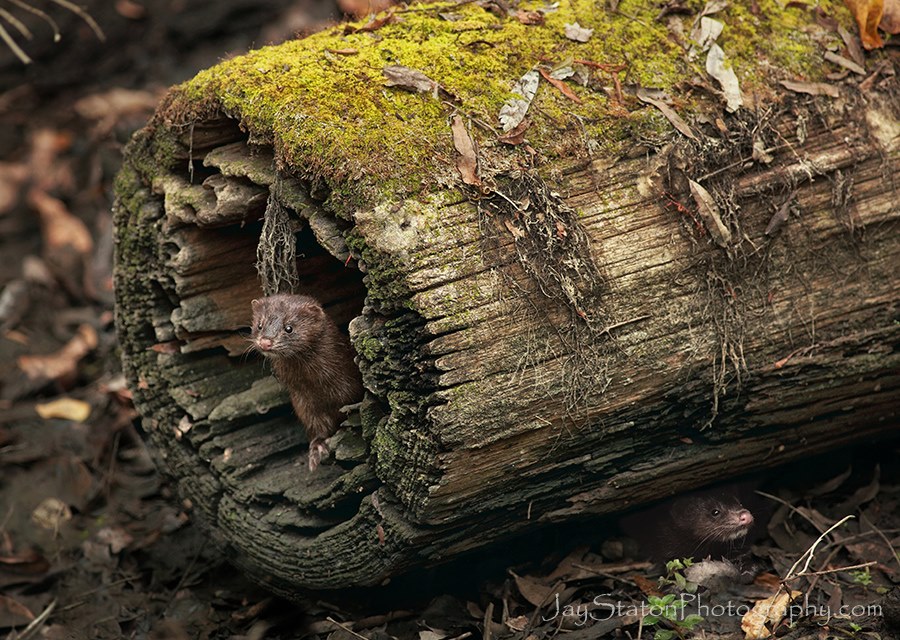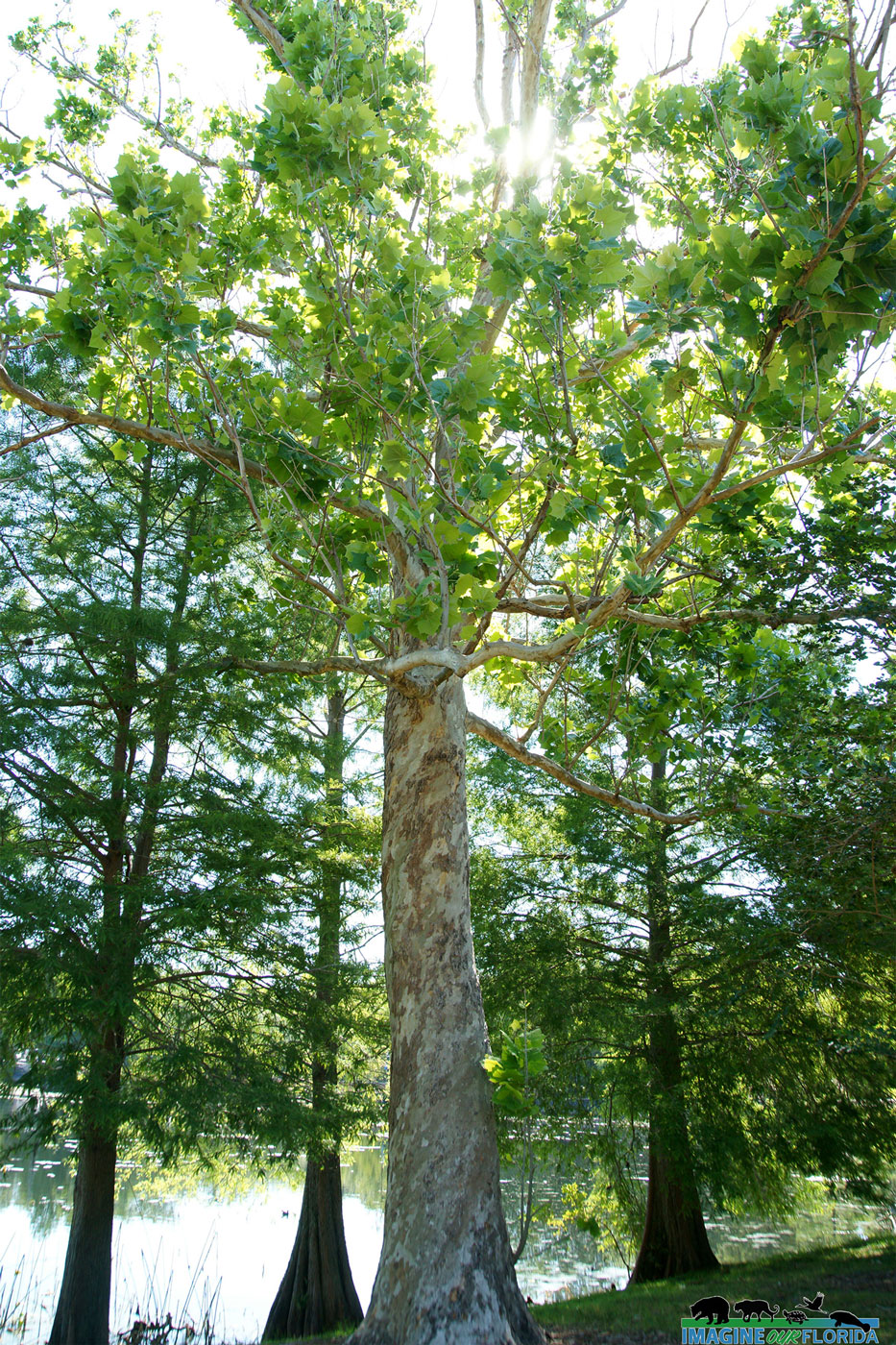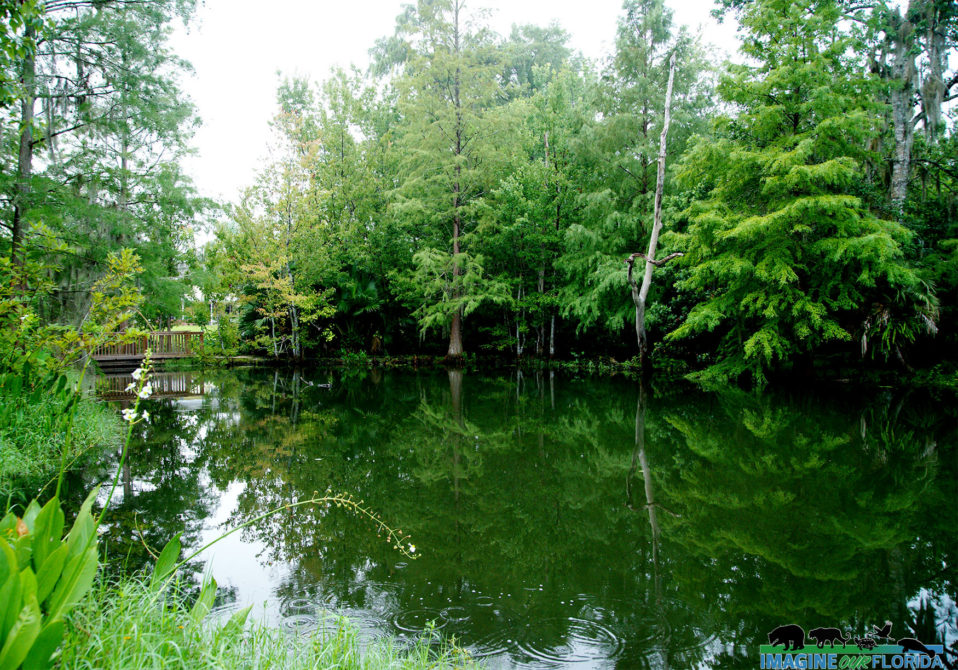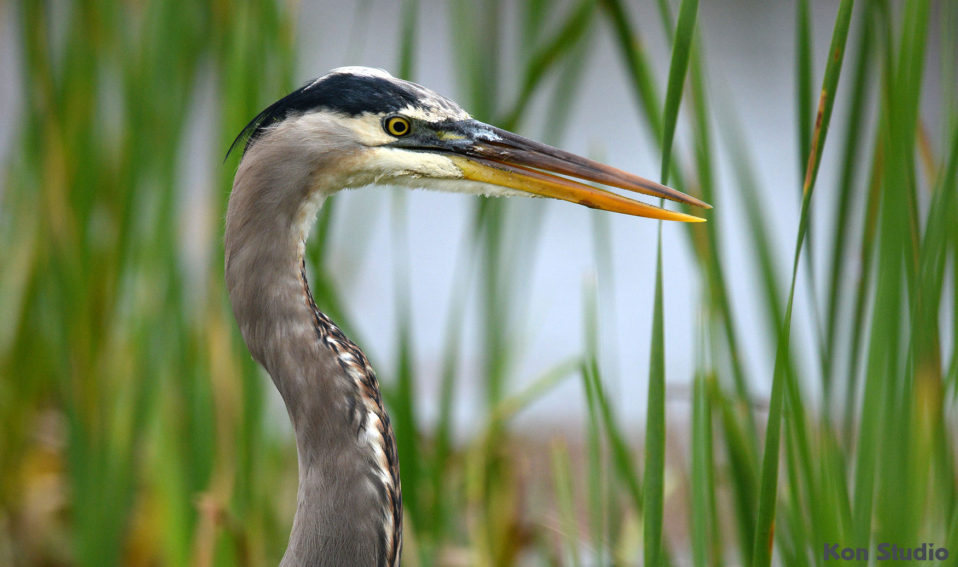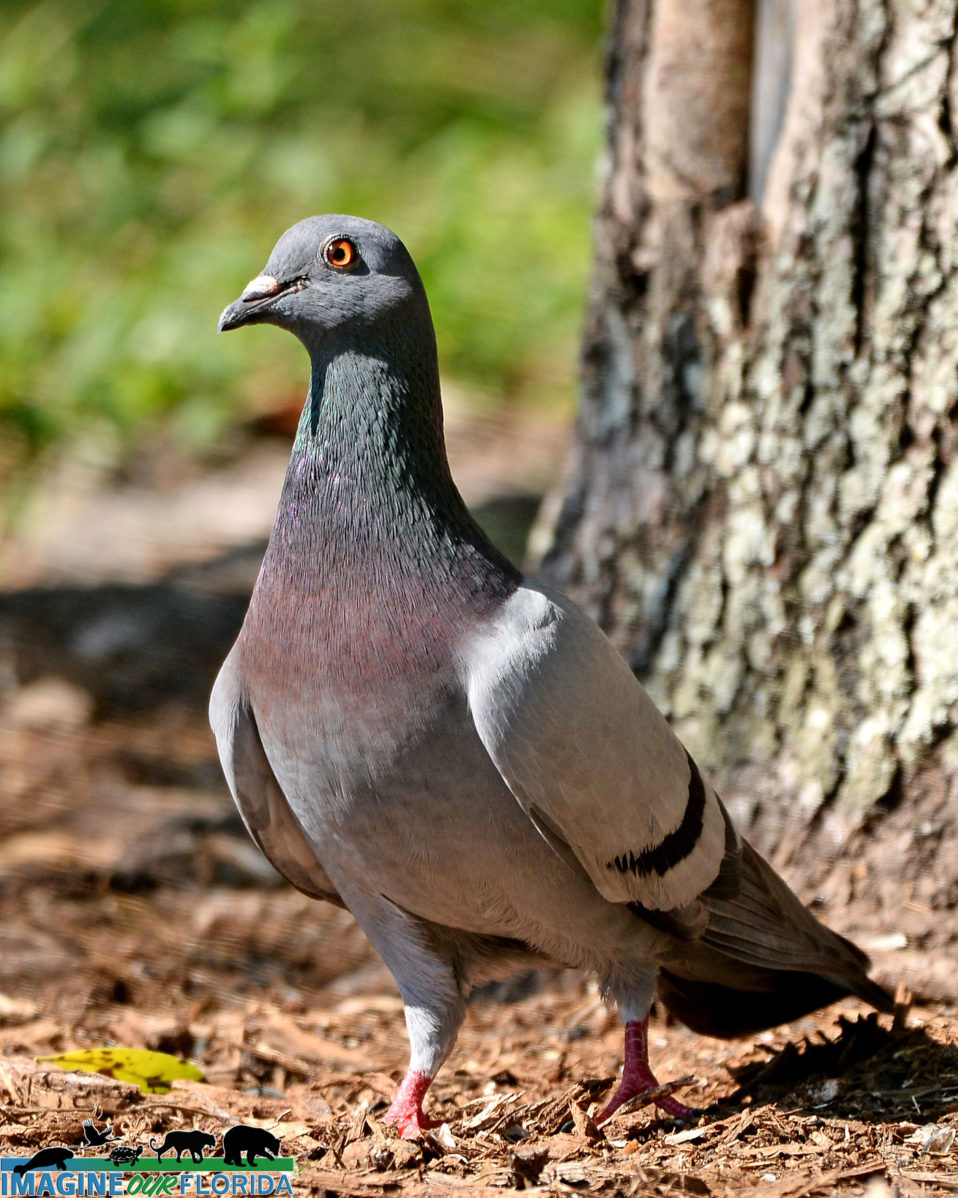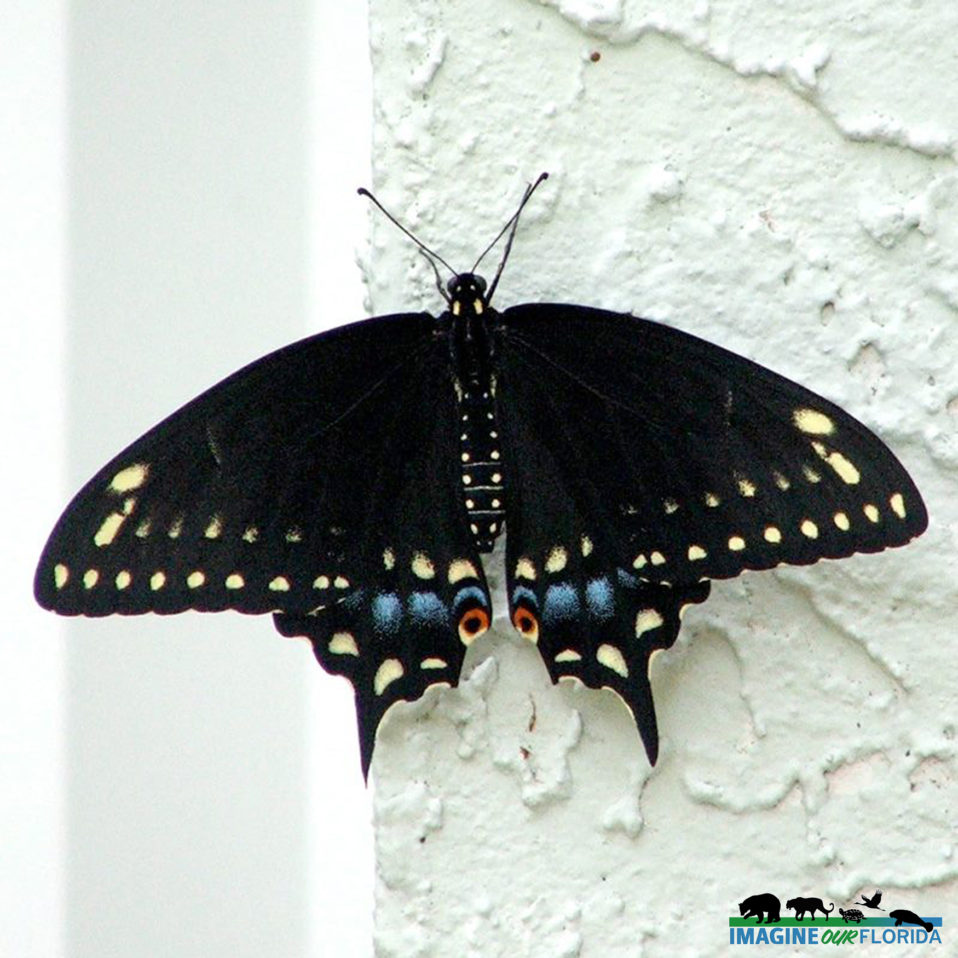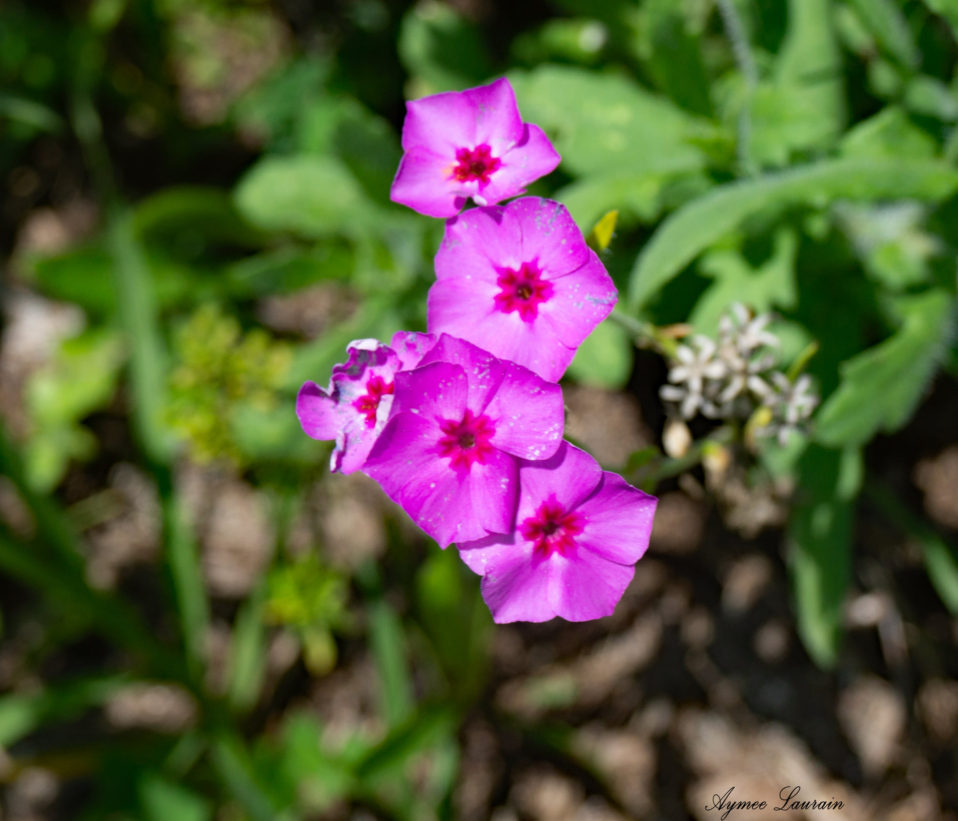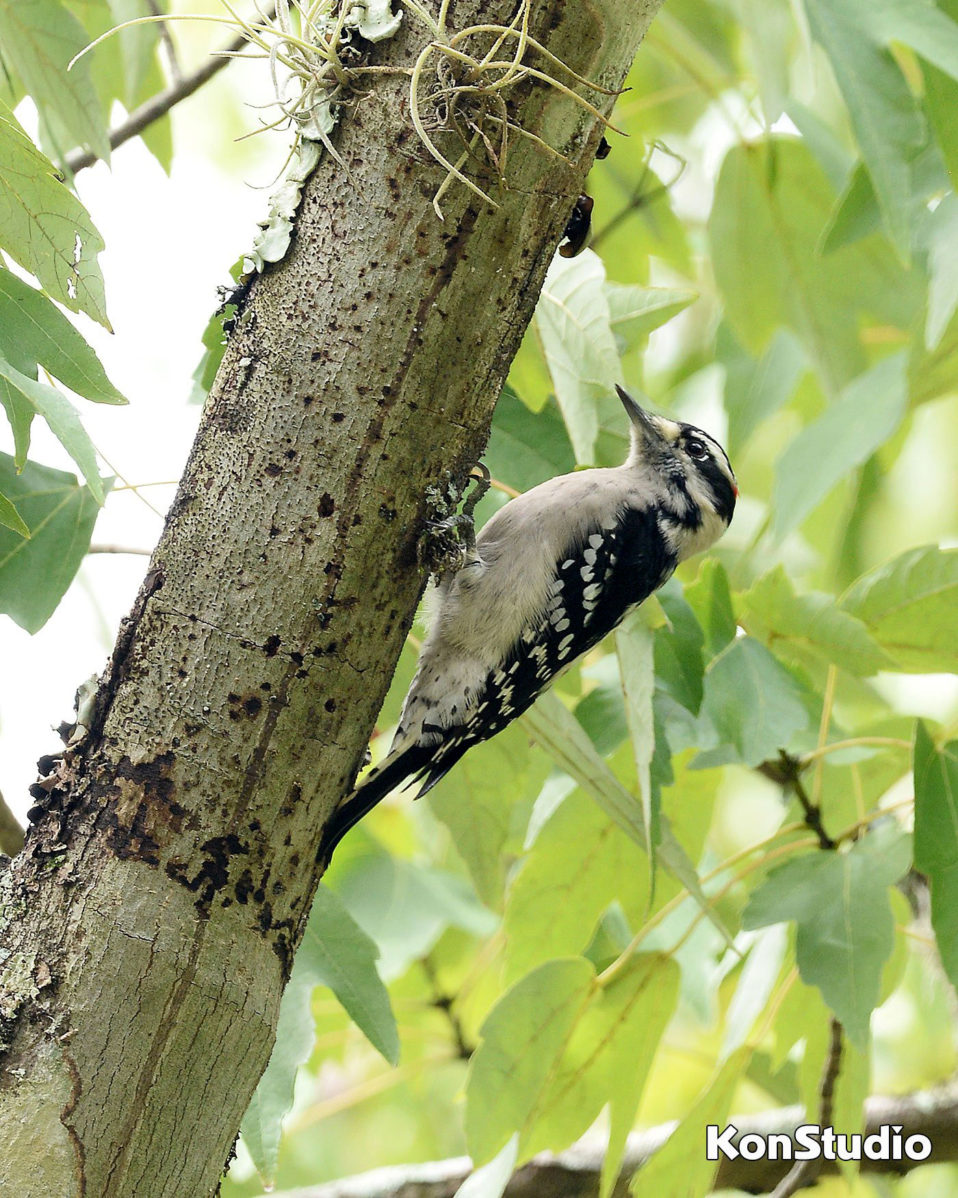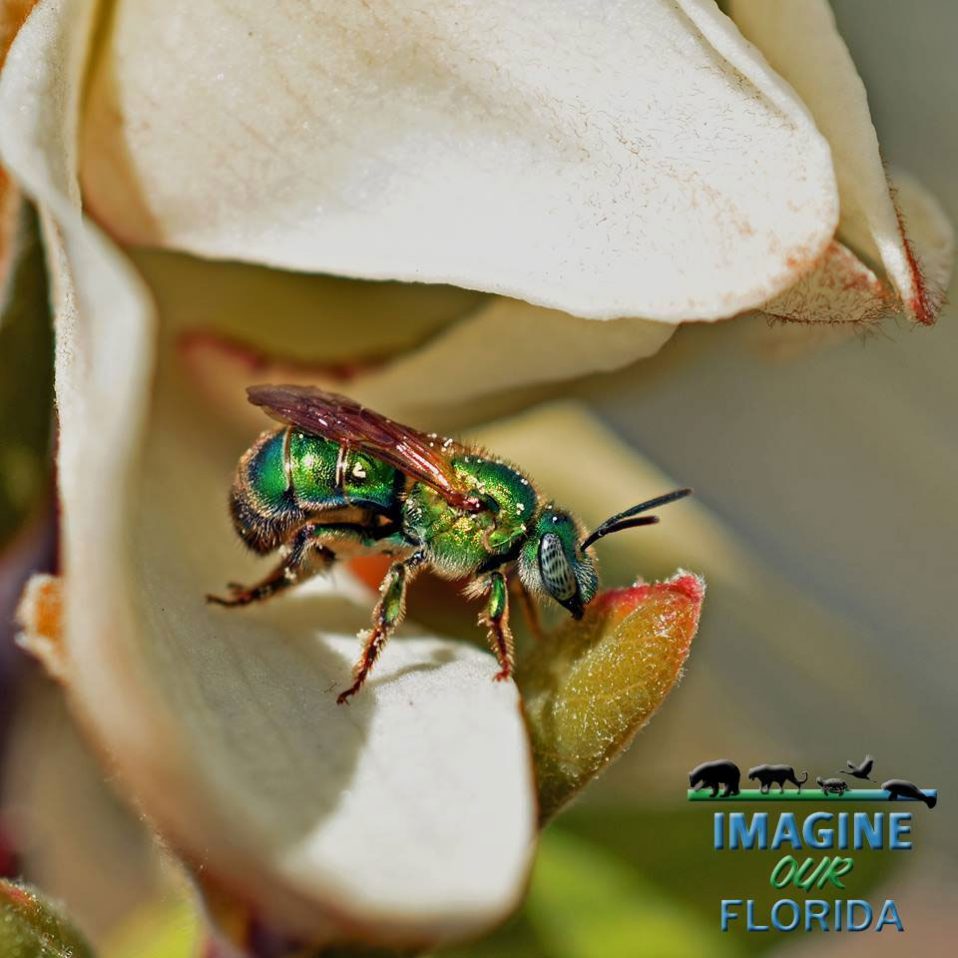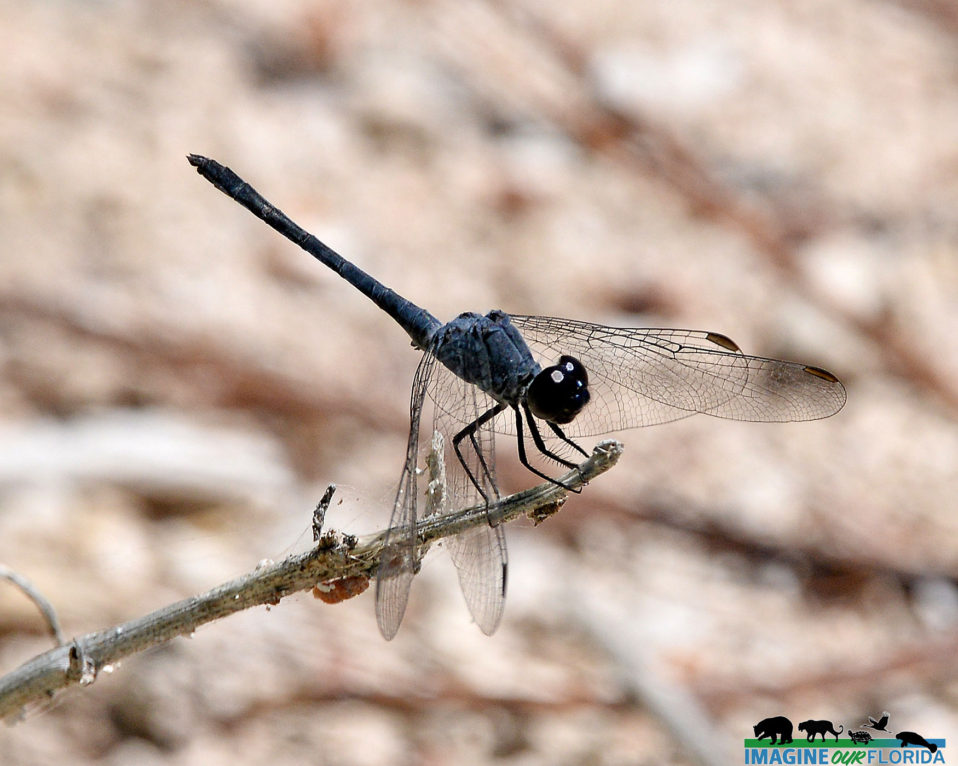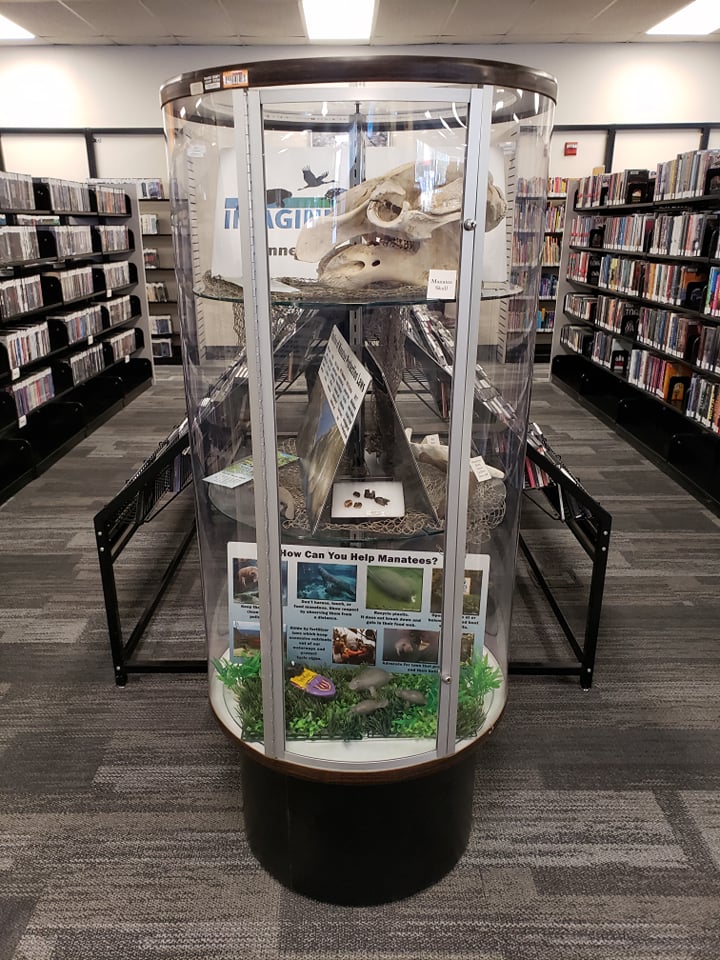Woodside Park in Viera East has a wonderful playground where children can let their imaginations run wild. There are slides, swings and tunnels, a web rope and a huge tree stump to climb on, bridges to cross, and elevated hills to climb up and roll down. The park features a walking/biking path that loops around the park. There is a shaded half-mile nature tail to saunter along while immersing yourself in Nature. There is a dog park with an area for big dogs and one for little dogs. There is a dog shelter and two misting stations where dogs and their humans can cool off together on hot summer days. Be sure to visit the extremely popular monthly farmers’ market. The folks in Viera East have put their hearts into creating a perfect neighborhood park that encourages families to meet their neighbors and to enjoy the great outdoors. iiera
Kindergarten connected Science standards Butterfly Lesson Plan
Lesson Plan Coloring Page PowerPoint Presentation Click on links above:
Brazillian Peppertree
The Brazillian peppertree, Schinus terebinthifolia, is one of the most invasive plants in Florida. Native to Brazil, Paraguay, and Argentina, this aggressive plant was introduced as an ornamental plant and now inhabits over 700,000 acres of terrestrial and aquatic habitats throughout the state. This small tree or evergreen shrub can grow to 30 feet tall and will shade out all other plants beneath its dense canopy. A variety of birds and mammals such as raccoons and opossums eat the berries and disperse the seed on the land and in waterways. From September through November the peppertree blooms with 2-3 inch white flower clusters. Bright red berries appear in November. Floridians once called this plant the Florida Holly and used its branches for Christmas decorations. Brazillian peppertree is a member of the Anacardiaceae family which includes poison ivy and poison sumac. Human skin may be sensitive to the plant and some folks may experience respiratory issues. It has been declared a Class I -“Prohibited Aquatic Plant” by the Florida Department of Environmental Protection. Control methods include mechanical removal, chemical treatment, and biological treatment which includes two insects – Brazilian peppertree thrips, Pseudophilothrips ichini, and Yellow Brazilian peppertree leaf gallers, Calophya latiforceps. Photo Credit: Bobby Putnam lian
American Kestrel
The American Kestrel, Falco sparverius, is our nation’s smallest falcon with a wingspan of no more than 24 inches. It is a common sight throughout the US including in Florida from the panhandle to the central part of the state. Kestrels are common winter visitors in southern Florida. Look for American Kestrels in areas that are open with a few trees and low-growing vegetation. Kestrels adapt to human-created pastures and parks. Longleaf pine forests are perfect habitats for breeding. An American Kestrel’s diet is made up of mostly insects such as grasshoppers, dragonflies, butterflies, and beetles. They will also eat small birds and rodents including lizards, frogs, mice, bats, and songbirds. Most often the Kestrel will swoop down from a perch to catch prey. When in open areas, the kestrel will fly over the area and catch the prey in flight. Kestrels generally hunt during the day. Males search for places suitable for a nest. He will show the female a variety of options including cavities in a tree such as an old woodpecker hole, crevices in buildings, or human-provided nesting boxes. The female will choose the nest and lay 4-5 eggs. Both parents incubate the eggs for up to a month. The male provides most of the food until the young fledge when they are about 1 month old. Although American Kestrels are currently abundant, there is still cause for concern. Clearing of land for development, cutting down the dead trees they rely on for nesting sites, and pesticides that destroy their food sources have caused their populations to decline by 1.39% each year between 1966 and 2017. (North American Breeding Bird Survey.) This puts them on track for a population decline of 50% by 2075. Consider putting up a nest box for a pair of American Kestrels. Learn who is running for office in your city, county, and state. Ask what their platform is on environmental justice. Advocate for Florida’s wildlife including American Kestrels and their habitats before it’s too late. Because: Extinct is Forever. Photo Credit: David Gale
Atlantic Ridge Preserve State Park
Atlantic Ridge Preserve State Park contains 4,886 acres where 15 species of protected animals and eight species of protected plants thrive. It is located in Stuart, Martin County between the South Fork of the St. Lucie River and U.S. 1. Saunter over 30 miles of trails that wind through a hydric hammock, wet flatwoods, and a wet prairie. Note the remains of drainage ditches from long ago. Reveal in the sounds of the wetlands as you experience this tropical paradise. Enjoy the Sabal palms and live oaks overhead. Look for wax myrtle, wild coffee, and saw palmetto along the trails. Keep a keen eye out for protected cinnamon ferns, royal ferns, giant leather ferns, giant air plants, common wild pine, and threatened snowy orchids. Sandhill cranes, ibises, herons, egrets, and wood storks are common sights at the preserve. Look for alligators and manatees. Gopher tortoises can be found in the sandy habitat of the upland at the preserve. Watch for bald eagles, red-shouldered hawks, and swallow-tailed kites soaring through the sky. Atlantic Ridge Preserve State Park has limited access and requires a gate code. For more information: https://www.floridastateparks.org/…/atlantic-ridge… Photo Credit: Courtney Smith
Peregrine Falcon
The Peregrine Falcon, Falco peregrinus, is one of the fastest birds in the world and may reach speeds up to 238 miles per hour when swooping down on prey. From hummingbirds to Sandhill cranes, birds are the major source of food for the Peregrine Falcon. Bats, other small mammals, and insects add variety to their diets. The falcon will perch high in a tree or soar high in the sky while looking for food. From 300-3000 feet, the falcon will begin its stoop, dive upon the bird, and in a blink of an eye, stun it by hitting it hard or grabbing the prey with its feet. The power behind the speed of the falcon’s flight allows it to strike a bird in the air and cause it to fall to the ground. A quick bite through the neck kills the bird. Rock pigeons are easy prey near cities while shorebirds and ducks are a favorite meal along Florida’s coasts. Between 1950 and 1970, DDT poisoning caused the Peregrine Falcon to be declared an Endangered Species. The North American Breeding Bird Survey now considers the population to be stabilized. Although Peregrine Falcons can be found on 6 continents, they are still an uncommon sight and in Florida can be seen on rare occasions during winter. Fun Fact: Peregrine means wanderer. Northern breeders migrate from the Arctic tundra all the way to South America. Photo Credit: David Gale
Blue-winged Teal
Blue-winged Teals, Spatula discors, are dabbling ducks who migrate long distances to their winter homes. These small ducks breed in Canada and the United States before heading south to places as far away as South America. They are one of the earliest migrants to arrive in Florida. Look for Blue-winged Teals in marshes and wetlands swimming in tranquil brackish water or freshwater. They can often be seen in groups with other dabbling ducks. Their diet includes aquatic insects, snails, crustaceans, and vegetation. However, in winter, they add more seeds such as water lilies and rice to their diets. Watch Blue-winged teals find food by dipping their bills into the water or immersing their heads in the water in a “bottoms-up” posture. Photo Credit: David Gale and KonStudio
Split Oak Forest WEA
Split Oak Forest is a 2,000 acres of wildlife conservation area located south of Orlando near Lake Nona. It is named for the 200-year-old oak tree that split in the middle and lived. Portions of the forest were once utilized for cattle operations and turpentine. However, Florida acquired Split Oak Forest in 1994 using funds from the Florida Fish and Wildlife Conservation Commission’s Mitigation Park Program. The area is now used to protect the gopher tortoise and other species of wildlife that are federally listed and to restore and maintain the forest for the critical benefits of the state. FWC manages this Wildlife and Environmental Area. Split Oak Forest is the home of various animal species, including sandhill cranes, gopher tortoises, white-tailed deer, fox squirrels, butterflies, kestrels, woodpeckers, and songbirds. The forest is also home to various rare plant species. The area has scrub and prairie that includes sandhill terrain. There are also a couple of ponds and Lake Hart borders the north side of the forest. This makes it the perfect spot to saunter while spotting various species of animals. Split Oak Forest provides about 24 miles of Great Birding and Wildlife trails to enjoy alone or with family and friends. There are five named and marked trails in Split Oak: North/South Trail (5.2 miles), Lake Loop (under a mile), Center Trail (0.9 miles), Swamp Trail (0.7 miles), and the County Line Trail (0.3 miles). The remaining trails are not marked on the map and have no names. Nevertheless, those unmarked trails serve as firebreaks to maintain the ecosystems of the park. The trails are half-shaded and half exposed so you will have the chance to be exposed to the sun while strolling or relaxing under the shadows of the trees. You can also head to the Bonnet Pond Overlook to sit down, enjoy the beautiful view and refreshing air to clear your mind. Regardless of your plans, you will have a great experience exploring the forest since it has an option for everyone. The public can access the Split Oak Forest through Moss Park or park at 12175 Clapp Simms Duda Road. Bikes and cars are not allowed in the forest, but horses are. Look out for the variety of wildlife and plants around the park. And remember to be safe and keep yourself hydrated. For more information: https://myfwc.com/recreation/lead/split-oak-forest/ Author and Photo Credit: Steven Marquez – Student, Valencia College iof, imagineourflorida,
Great Horned Owl
Great Horned Owl The majestic Great Horned Owl, Bubo virginianus, is a delightful sight to behold. This bird of prey is common throughout Florida and can be found in forests, wetlands, yards, and cities. The piercing yellow eyes of the Great Horned Owl do not move in their sockets. The owl will swivel its neck more than 180 degrees in both directions to see its surroundings. You have most likely heard the owl’s unmistakable, hauntingly deep hooting voice. Female Great Horned Owls lay 1 brood each year of 1-4 eggs in a nest in a tree. The nest is made of sticks and is usually one built by another species. The owls may line the nest with leaves, fur and feathers from their prey, or feathers plucked from their own chests. They may also nest on the ground, in the cavity of a tree, in abandoned human structures, or on a platform designed especially for them. Great Horned Owls have talons that exert up to 28 pounds of force when used to sever the spines of captured prey. Meals consist of frogs, rats, squirrels, crows, doves, and more. They will snack on insects, scorpions, and reptiles. Great Horned Owls also prey on animals larger than themselves including other owls, Osprey, and falcons. Great Horned Owls mate for life. The couple defends their territory together but they roost separately. Look for them diving for prey near dawn and dusk. You may also witness raptors, crows, or songbirds loudly calling them, pecking at them, and dive-bombing them with just cause. As long as Great Horned Owls occupy their territory, the other birds risk becoming their prey. According to the North American Breeding Bird Survey, Great Horned Owl populations declined by 33% between 1966 and 2015 due to over-hunting. Today, it is illegal to hunt owls and their populations naturally fluctuate depending on the prey available. Photo Credit: Paul Waller
Turtle Hospital
The Turtle Hospital is a charitable corporation that began operating in 1986. It is located in The Keys in the city of Marathon. Since its beginning, the Turtle Hospital has served as a sanctuary for injured and sick turtles. The main goal is to rescue, rehab, and release injured and sick turtles. Additionally, they are also dedicated to the education of the public through outreach programs and local schools. With the cooperation of the University of Florida and the University of Georgia College of Vet Medicine, the Turtle Hospital has been researching the fibropapilloma virus that produces tumors that can be lethal to some sea turtles. The corporation also serves as an advocate for environmental legislation that makes beaches and waters a safe and unpolluted environment for sea turtles. When patients are not able to return to the wild due to their conditions, the Turtle Hospital takes them in as permanent residents. Since its founding, the Turtle Hospital has treated and released over 1,500 sea turtles. The Turtle Hospital possesses a rehabilitation facility that consists of 23 individual tanks that range from 150-800 gallons each, and a large tank of 100,000 gallons. In addition, the hospital has acquired through donations from local hospitals, doctors, organizations, and individuals up-to-date equipment for sizes on various species and surgeries of sea turtles. The hospital has treated a variety of ailments, ranging from intestinal impactions caused by ingestion of foreign materials, Fibropapillomatosis, shell damages caused by boat collision, and entanglement injuries from foreign matter. After rehabilitation is complete, the turtles are returned to their habitat. Depending on the species, each turtle is released in a specific manner and at suitable locations. The public can visit the facilities of the Turtle Hospital by joining one of its 90 minutes educational programs that takes place from 9 AM to 4 PM every 30 minutes. The Turtle Hospital is located at 2396 Overseas Highway. Visiting the Turtle Hospital alone or with family and friends is a great way to connect with nature and learn more about sea turtles. For more information, visit: https://www.turtlehospital.org/ Author: Steven Marquez – Student, Valencia College Photo Credit: Dan Kon tle
Canada Goose
The Canada Goose, Branta canadensis, is a year-round resident of Central Florida. However, some Canada Geese breed in the Arctic and migrate south for the winter. Look for these striking geese foraging in fields, parks, golf courses, and urban and suburban lawns or dabbling in ponds, lakes, and wetlands. Their winter diet consists of berries, seeds, and grains. During the summer, they prefer sedges and grasses. Canada Geese who call Florida home mate in spring. The female builds a nest of plant material and grasses on the ground. She lays 2-8 eggs and incubates them for about 30 days while her mate guards the nest. If threatened, the couple who have mated for life will aggressively defend their nest. The goslings often remain with their parents for a year. Fun Fact: Canada geese choose mates who are close to them in size. Scientists refer to this process as assortative mating. Photo Credit Andy Waldo
Sunshine Mimosa
Sunshine Mimosa Are you looking for a native groundcover that attracts pollinators and looks beautiful all year long? Sunshine mimosa (Mimosa strigillosa) is a fast-growing ground cover with adorable pink puffballs. It’s sometimes called “powderpuff mimosa”. A popular trait of sunshine mimosa is the nastic response. When the leaves are touched it alters the turgor pressure in the extensor cells and causes the leaves to retract. When this happens potassium and chloride molecules leave the cells. This leads to osmosis, a mechanism that occurs when water flows towards the higher salt concentration. In this case, water flows out of those cells and reduces the turgor pressure so the leaves will close. Do you have sunshine mimosa in your yard? What is your favorite quality of this plant? Photo Credit: Aymee Laurain
Lake Monroe Wayside
Lake Monroe Wayside A little bit of history. A little bit of nature. Three floating boat docks on beautiful Lake Monroe. Sandwiched between Hwy 17-92 and a railroad on one side and I-4 on the other lies the 3.5 acre Lake Monroe Wayside. The 3.5 acre park in Sanford is home to the first electrically operated bridge in Florida. Saunter along the Lake Monroe Bridge which has been preserved as a fishing pier and offers alluring views of the lake and the park. Launch your boat from one of the docks and enjoy the sights and sounds on the 9,406-acre Lake Monroe. Look for wading birds and water birds near the lake. Songbirds can be heard singing over the sounds of traffic and trains. Trees including cypress and the bridge offer perfect perches for a variety of birds. Bring a snack or your lunch and picnic under one of the pavilions while marveling at the wildlife who make their homes in this little piece of nature. For more information: https://www.seminolecountyfl.gov/…/301528-Lake-Monroe… Ph0to Credit: Dan Kon
Coffee Bean Snail
Coffee bean snails, Melampus Coffee, is a species of snail commonly found in the mangroves forests of Southwestern Florida. The Coffee Melampus is a land snail that uses specialized tissue to breathe air. However, this specialized tissue called a lung is different from the respiratory system found in vertebrate animals. The shell is thick and its aperture has small serrations internally. Because of the shell’s color pattern and shape resembling a coffee bean, this species of snail became known as the Coffee Bean Snail. The coffee bean snail feeds on decaying matter and plants. They also are a significant food source for a variety of species. Photo Credit: Aymee Laurain Author: Steven Marquez – Student, Valencia College Work Cited: Leal, John H., “The Coffee Melampus.” Bailey-Matthews National Shell Museum Accessed 25 Nov 2021.
Snow Goose
Snow geese in Florida? Well. yes! Apparently, these two snow geese are spending their winter at Lake Apopka Wildlife Drive. Snow Geese, Anser caerulescens, have white bodies with black wingtips that can be seen when in flight. Their thick bills are pink with a black line across the bottom. The blue morph Snow Goose pictured below was also spotted at Lake Apopka. Snow Geese spend winter in wetlands, cornfields, near lakes, and in marshes. They are vegetarians so look for them devouring grasses, sedges, crops, grains, berries, and entire plants. These loud honking birds mate for life. Snow Geese from the eastern, western, and central populations breed in the arctic with some as far away as Greenland and Siberia. The regional populations usually fly in groups of at least a few dozen and up to several hundred thousand birds to areas in the east, central, and western US where they will spend their winters. Eastern populations of Snow Geese are normally found as far south as the northeastern coast of South Carolina. In the central US, central populations typically winter as far east as western Alabama. While uncommon, there have been several sightings of Snow Geese throughout Florida. Photo Credit: Dan Kon and Andy Waldo
Hooded Merganser
Hooded Mergansers, Lophodytes cucullatus, are easy to spot with their distinctive crests. Males sport a striking black and white crest while females look regal with their copper crests. Many of these common small ducks spend their winters in Florida. Hooded Mergansers generally arrive late in the fall and leave early in the spring for northern breeding territories. Look for small groups of Hooded Mergansers in wetlands, marshes, swamps, flooded forests, and estuaries where they thrive in shallow freshwater or brackish bays. Watch them as they dive to catch small insects, fish, amphibians, and crustaceans. See them run across the water before taking flight and skidding across the water as they land. Fun Fact: Hooded Mergansers have an extra eyelid that is see-thru. They use this nictitating membrane like a pair of goggles when swimming. Photo Credit: Andy Waldo and Dan Kon
Carolina Sea Lavender
Carolina sea lavender is a showy perennial native to Canada, the United States, and Mexico. The blooming season of this species occurs during summer when its purple flowers with white bracts bloom. Carolina sea lavender is native to salt marshes, flats, coastal beaches and marshes, inter-tidal, and sub-tidal zones. In the United States, this plant is commonly found on the east coast of the country. Carolina Sea Lavender has been used to make wreaths. but because it is a slow-growing plant, this practice endangers its population. Photo Credit: Aymee Laurain Author: Steven Marquez – Student, Valencia College
Greater Yellow Legs
Greater Yellowlegs, Tringa melanoleuca, are large sandpipers that are bigger than robins and smaller than crows. They are easy to identify because of their color pattern of white with black and brown spots. Greater Yellowlegs have long necks, long yellow legs, and thick-based but long black bills. Lesser and Greater Yellowlegs look similar, but the Greater Yellowlegs are larger and less delicate birds. This species is commonly seen in Florida wetlands during winter. However, greater yellowlegs also spend time in the Mexico-US border and Central and South America during the non-breeding season. When it is time for breeding, Greater Yellowlegs stay along the Canada-US border. During migration season, the birds inhabit most of the United States, southern Mexico, Belize, Guatemala, and Honduras. The diet of Greater Yellowlegs consists mostly of insects and small fish, but they also feed on small forms of marine life such as snails, tadpoles, and marine worms. During the winter Floridians will have the opportunity to observe this incredible species. Author: Steven Marquez – Student, Valencia College Work Cited: “Greater Yellowlegs.” Audubon, Accessed on 12 November 2021
Ponce de Leon Park
Ponce de Leon Park Located on the Charlotte Harbor in Punta Gorda, the 10-acre Ponce de Leon Park is a perfect spot to immerse yourself in nature. Look for mangroves and giant seagrape trees. Revel in the fresh air as you let the water carry your troubles away. Listen for the sounds of birds including wading birds, shorebirds, sea birds, doves, and songbirds. Discover a variety of insects including the gorgeous Southern Mangrove Buckeye butterfly. Saunter through the wetlands along the 1/4 mile boardwalk. Launch your boat from the boat ramp or take a walk on the pier to enjoy the blue waters of the harbor. Be sure to visit Peace River Wildlife Center where wildlife is rehabbed before being released. Learn more about Florida’s native wildlife from the non-releasable ambassador animals who make their home at the Wildlife Center. There are picnic areas and a sheltered area to enjoy your lunch. The park is available to rent for festivals and private events. Children and their parents will appreciate playtime at the playground. Service animals are welcome. Be sure to bring a chair and enjoy the spectacular sunset from the manmade beach. For more information: https://www.ci.punta-gorda.fl.us/visitors/ponce-de-leon-park Photo Credit: Dan Kon
American Bumble Bee
American bumble bees (Bombus pensylvanicus) have been a common bee throughout the entire U.S., but the population has drastically declined within the past several decades. Its home range has also declined from widespread throughout North America to mostly limited to the southern United States. The primary suspect of this decline is a disease from imported European bumblebees. These imported bees were used to pollinate tomato plants. American bumble bees nest on the surface of the ground. The queens overwinter and collect food for their first brood. These become workers and support the queen the next season. After she produces new queens, she dies, and those queens will spread to establish their colonies. You can help American bumble bees by planting native plants such as goldenrod, St. John’s wort, mistflower, and ironweed. Photo Credit: Ileana Rodriguez
Fort Christmas Historical Park
Get outside at Fort Christmas Historical Park. Saunter through the park and tour a full-size replica of the fort built during the Second Seminole Indian War. Visit the school and see how kids of all ages were taught in this single-room structure. Explore the Florida Cracker house and 8 other pioneer homes. Visit the pioneer garden and the sugar cane mill and see the farm equipment used during the turn of the century. There is a tennis court, a basketball court, and a baseball field. A beautiful playground is available for the children. Enjoy a picnic lunch under one of the pavilions. ADA service animals are welcome. Fort Christmas Historical Park is located in east Orange County off of SR 50 on Fort Christmas Road in Christmas, Florida. If you visit the park in Dec, be sure to stop by the Christmas post office and have your holiday gifts and cards sent from Christmas, Fl. For more information and hours: https://www.orangecountyfl.net/cultureparks/parks.aspx… Photo Credit: Dan Kon
Sanford RiverWalk
Sanford RiverWalk On the southern shore of Lake Monroe in Seminole County lies a multi-use pedestrian trail known as Sanford RiverWalk. The paved 9.1-mile trail connects RiverWalk to the 210-mile Florida Coast-to-Coast Trail and completes the 26-mile loop around Lake Monroe. This urban-designed trail earned the city of Sanford the International Making Cities Livable award. Saunter along the trail and discover the serenity as the waves carry sailboats across Lake Monroe. Discover the wildlife and birds who share the space with humans. Dock your boat at the Sanford Marina day slips. Sit for a while on one of the swinging benches or under a gazebo and let your troubles melt away. Walk along the brick-lined streets to historic downtown Sanford where unique shops, restaurants, and craft beer is are bountiful. Be sure to return to RiverWalk to complete your day watching the magnificent sunset on Lake Monroe. Photo credit: Dan Kon lknfors
Wild Turkey
Wild turkeys, Meleagris gallopavo, can be seen throughout Florida foraging in leaflitter in open areas or at the edges of forests. Insects, snails, berries, and nuts make up much of their diets. They often create flocks of up to 20 birds. At night, wild turkeys stay safe by roosting in the trees of a dense forest. There are two subspecies of wild turkeys in Florida. The Osceola or Florida wild turkey (M.g. osceola) is only found in peninsular Florida. In the panhandle and northern Florida, the Osceola turkey breeds with the Eastern wild turkey (Meleagris gallopavo silvestris). These large chubby birds with their iridescent plumage and long legs have a wingspan of 49-56.5 inches. Females are smaller than males and not as brightly colored. In the spring, the male wild turkey’s head will turn bright red as he struts, gobbles, and fans out his tail to attract a female. The hen will build a nest on the ground where she lays 9-11 eggs over 12-13 days. In 25-26 days, the incubated eggs will hatch. It’s not long before the young can feed themselves but they are not able to fly for two weeks. The hen will keep them safe at night under her wings for about four weeks until they are strong enough to fly to a tree to roost. Fun Fact: Turkey fossils older than 5 million years have been found throughout the southern US. Photo Credit: Andy Waldo and Dan Kon wild
Florida Trail Lockwood to Barr with Boonie Falls
Lower Keys Marsh Rabbit
The Lower Keys Marsh Rabbit, Sylvilagus palustris hefneri, is the smallest of the three subspecies of marsh rabbits, reaching only 14 to 16 inches long. They have a brown back, gray belly, small ears, and a grayish-brown tail. Look for them in tall grass in wetlands and salt marshes. The sedge and grass provide the perfect habitat for feeding, nesting, and shelter. Rabbits reproduce quickly and their population tends to prosper in the right environment. On average, a rabbit will produce 6-7 litters per year. Litters of 2-4 young are born blind and remain with their eyes closed until the fourth or fifth day after birth. They become independent after two weeks and will find their own home ranges at 8 months. The average life span is 1 year although they can live to 4 years of age. Lower Keys Marsh Rabbits are endemic to The Florida Keys. They currently inhabit the coast from Big Pine Key to Boca Chica Key and occupy several smaller islands in the refuge’s backcountry. However, habitat destruction and degradation due to human development in the Florida Keys has deprived lower marsh rabbits of 50% of their habitat. Sea-level rise, invasive vegetation, and domestic and feral cats are also a threat to this species. Lower Keys Marsh MarshRabbits were listed as federally endangered in 1990 and are designated Endangered by the state of Florida. When in the Keys advocate for habitat restoration. Leave nothing but footprints. References: Florida Natural Areas Inventory “Lower Keys Rabbit” Field guide to the rare animals of Florida, 2001, http://www.fnai.org/…/pdf/Sylvilagus_palustris_hefneri.PDF “Lower Keys Rabbit” Florida Fish and Wildlife Conservation Commission, October 01, 2021 Photo credit: U.S. Fish and Wildlife Service
Torreya State Park
Torreya State Park Established in 1930 by the Civilian Conservation Corp., Torreya State Park is best known for its highly endangered and endemic Torreya tree. However, the Torreya tree isn’t the only rare species that call this park home. Other rare species found here include Florida yew, ash magnolia, pyramid magnolia, fireback crayfish, and Apalachicola dusky salamanders. Since 2001 the park has been working on restoring an old sand pine plantation to a healthy and thriving longleaf pine and wiregrass ecosystem. Take a tour of the Gregory House, a relic of the pre-Civil War era. Go hiking on Torreya State Park’s 16 miles of challenging trails through the steep ravines. Bring your small craft, launch it at the boat ramp, and paddle on the gorgeous Apalachicola River. Bring your camera and photograph the numerous birds and wildlife because Torreya State Park is recognized as a Great Florida Birding and Wildlife Trail. Take some time to simply relax and enjoy the serene overlook of the river. Picnic areas with grills and tables provide the perfect spot for your outdoor meal. There is a playground for the kids. Service animals are welcome. Stay for a night or more to explore this beautiful park. Set up camp at the top of the “mountain” overlooking the Apalachicola River at one of the Rock Bluff Primitive Campsites. Make a reservation for the cracker cabin, yurt, or a campsite with hookups for your RV. The park is located in the panhandle in Bristol. Whether you spend a day or a week, Torreya State Park is a wonderfully unique park to explore and discover. For more information visit https://www.floridastateparks.org/park…/torreya-state-park. Photo Credit: Aymee Laurain
Painted Bunting
Painted Bunting Painted Buntings, Passerina ciris, are a delight to see with their bright blue, green, red, and yellow feathers. Females and young buntings are a beautiful shade of green. There are two breeding populations of Painted Buntings. The western population in the south-central U.S. migrates to Central America. The eastern population that we will discuss here breeds in northeastern Florida eastern Georgia, and South Carolina before migrating to southern Florida and the Caribbean. Painted Buntings breed in scrub habitats, hedges in yards, and on the edges of maritime hammocks. They prefer habitats with shrubs and trees that are semi-open. A mated pair will find dense foliage where the female will build a nest of woven foliage, including oak leaves, pine needles, bark, grasses, and Spanish moss. She will produce 1-3 broods yearly with 3-4 eggs. Incubation lasts 11-12 days. Males will fiercely defend their breeding territory. Eastern breeders spend their winter in grassy/shrubby habitats where food is readily available. You may find them in small flocks or sharing their space with other seed-eating birds in South Florida. These songbirds’ diets consist primarily of seeds except during the breeding season when their diets require mostly insects. Insects of choice include grasshoppers, caterpillars, wasps, flies, and beetles. Painted buntings forage seeds from grasses, spurge, sedge, St John’s Wort, and more. bark, grasses, and Spanish moss. She will produce 1-3 broods yearly with 3-4 eggs. Incubation lasts 11-12 days. Males will fiercely defend their breeding territory. Painted Buntings will eat seeds from your bird feeder when you welcome them to your yard and provide low, dense vegetation. Photo Credit: Andy Waldo and Lynn Marie
Eastern Gray Squirrel
Eastern Gray Squirrels, Sciurus carolinensis, with their bushy tails are common sights throughout Florida. Look for them in the woods, in parks, and in your yard. Watch them as they chase each other through hardwood and mixed forests, in oak and hickory trees in parks and yards, and across streets. Their diet consists of seeds, acorns, buds, fruit, and insects. Watch as they hoard acorns, berries, seeds and bark to be retrieved late. Coexisting with squirrels requires us to be vigilant in keeping access to our attics sealed so that squirrels build their nests in the trees as nature intended. Watching them at our birdfeeder can be both frustrating and amusing. To keep your feeders for birds only, invest in a highly rated squirrel-proof feeder. #ConnectRespectCoexist Photo Credit: Dan Kon
Gaudy Sphinx
The Gaudy sphinx, Eumorpha labruscae, is a common and vibrant green moth whose range is from Argentina to Canada. Host plants include muscadine grapes, Christmas bush, and other vines. Pupae climb down into the soil where metamorphosis takes place. They emerge as adults. Females release pheromones at night to attract males who follow the scent. Photo credit: Aymee Laurain
Turtles and Tortoises
Florida Red-bellied Cooter
Florida Red-bellied Cooters, Pseudemys nelson, are found across the entire peninsula of Florida and into the southeastern part of Georgia. They were first classified as a separate species by Archie Carr in 1938. This is a large aquatic turtle with females reaching shell lengths of almost 15 inches. The males are smaller in size than the females and have elongated front nails that they use in courtship. They can be identified by the red blotches that extend up the carapace (top of the shell), a most often plain, reddish plastron (belly), and a notched upper beak. These cooters are herbivorous as sub-adults and adults but the juveniles will eat a wide variety of plants and small animals. They can be found in freshwater ponds, lakes, marshes, and very slow-moving rivers and streams. The turtles prefer slow water movement and heavy vegetation and will not be found in swift-moving rivers or waterways with low vegetation. Florida Red-bellied Cooters lay their eggs from May through August in well-draining soils close to freshwater. They have often been observed laying their eggs in alligator nest mounds. The average is about 14 eggs per clutch and the cooters can lay 3 to 6 clutches of eggs per year. The hatchlings look different than the adults, being greenish in color with yellow bars on the carapace. Many animals such as raccoons feed on the eggs. Natural predators for this species are numerous when the turtles are hatchlings. However, as they mature, few animals other than the alligator can penetrate the thick shells of the Florida Red-bellied Cooter. Photo Credit: Andy Waldo
Mangrove Periwinkle
The Mangrove Periwinkle The Mangrove Periwinkle, Littoraria angulifera, has a small spiral shell that is commonly about 3 cm high (Hosein). Despite its colorful shell, this species of snail has a gray operculum. But its carapace is full of beautiful colors. The color pattern of the shell is a combination of green, orange, and yellow with black slanted markings. These markings decorate the shell from its opening to the top. Additionally, the 6 to 7 whorls that end in a pointed top give this snail an attractive look. The mangrove periwinkle population spreads from South Florida to South America. They also inhabit the Caribbean Islands and spans in Africa from Senegal to Angola (Hosein). In these regions, the mangrove periwinkle, just like its name suggests, lives in mangrove areas. Here, juvenile periwinkles stay living near the tideline until they reach adulthood. After that, adult snails inhabit trunks, stems, roots, and leaves of mangroves trees. The diet of this species consists of algae, fungi, and other plant materials, but this mollusk is also an important food source for various animals. Works Cited: Hosein, Trent. “Littoraria Angulifera (Mangrove Periwinkle).” UWI: The Online Guide to the Animals of Trinidad and Tobago, 2015. Photo Credit: Aymee Laurain Author: Steven Marquez – Student, Valencia College
Water Birds
Banded Garden Spider
Banded Garden Spiders, Argiope trifasciata, are large spiders native to North and South America. They produce webs throughout bushy areas. Females are larger than males who will construct a smaller web next to a female. Prey consists of larger insects such as wasps. Sometimes, webs are found with designs inside called stabilimenta. Many theories exist as to why stabilimenta are created but researchers have found the designs reduce the amount of prey caught in the web nut decrease potential damage to the web. Photo credit: Aymee Laurain
Big Shoals State Park
Big Shoals State Park boasts the only whitewater Class III rapids in Florida. Located In White Springs on S.E. County Road 135 in Hamilton County, this state park has a canoe and kayak launch on the shore of the blackwater Suwannee River. The upper portion of the river provides a year-round opportunity for paddlers. The water level which varies throughout the year determines if the shoals are safe to pass through. The Class III rapids occur when the Suwanne reaches 59-61 feet above mean sea level. Apalachee and Timucuan lived in the Big Shoals where they used limestone from a quarry to make tools essential for survival. In the early 1800s, European settlers forced most Native Americans out of Big Shoals. Throughout the years, the area was home to a scrub cattle ranch, a black seed cotton farm, and was later used for logging and turpentining. Today, you can still see the scars on the bark of Longleaf pines from catstripping to reach the turpentine. Later the White Springs hotel and bathhouse were built for guests to take advantage of White Springs which was first cherished by Native Americans for their healing properties. The springs dried up in 1990. Between 1986 and 1989, land including Big Shoals was purchased through a joint agreement between the state of Florida, the Suwannee River Water Management District, and the Florida Fish and Wildlife Conservation Commission. Today, Big Shoals State Park is part of the Great Florida Birding Trail. Big Shoals State Park has 28 miles of trails waiting to be explored. Hike, bike, or horseback ride while discovering the wildlife and wild plants that thrive there. Trails include a mountain bike trail and the 3.4-mile-long Woodpecker Trail which is a multipurpose paved trail. Be sure to hike the mile-long shaded Big Shoals Trail. The trail will lead you through the forest to limestone bluffs 80 feet above the Suwannee River. Enjoy the breath-taking view of the Big Shoals as the Suwannee rushes over agatized corals and limestone. Bring your camera and/or binoculars. Look for greenfly orchids and magnolia trees. Watch for Swallow-tailed kites, bald eagles, and hawks soaring overhead. Wood ducks, herons, egrets, and other wading birds visit or make their homes near the water. Listen for owls and a diverse assortment of songbirds. Bring your dinner and enjoy it at the picnic pavilion. Pets on a 6-foot leash are welcome. Be sure to stay until sunset to see hundreds of Mexican free-tailed bats fly out of the bat house. For more information click here: https://www.floridastateparks.org/…/big-shoals-state-park Photo Credit: Bobby Putnam
Northern Crab Spider
The Northern crab spider, Mecaphesa asperata, can be found throughout central and north America and the Caribbean. These little spiders use flowers to camouflage themselves and will prey on insects visiting flowers such as aphids, spider mites, moths, aphids, bees, wasps, and flies. Females lay eggs in the folds of some leaves and will guard the eggs by remaining nearby. Photo credit: Aymee Laurain
Southern Plains Bumblebee
Southern Plains Bumblebees, Bombus fraternus, are found from New Jersey south to Central Florida and from the eastern coast to the Rocky Mountains. Females are typically smaller than males with the exception of the queen. Males can be distinguished by the two bands across the abdomen. These bees are active from spring through fall. They feed on a variety of native flowers including goldenrod, blazing stars, milkweed, and flowers within the Asteraceae family. Southern Plains Bumblebees are endangered. The greatest threat to this species is declining habitat. By adding native flowering plants to your landscape, you can help create a habitat for this declining species. Photo credit: Aymee Laurain
Silver Garden Orbweaver
Silver Garden Orbweavers, Argiope argentata, are arachnids that are commonly found in yards, gardens, and parks. Look for them waiting in the center of their intricate web, head down, for a meal of insects including mosquitos. Look closely and you may find a Dewdrop Spider sharing the web. Females are larger at up to 3 inches with legs spread out and more striking in color. After mating, they will kill and sometimes eat the male Photo Credit: Dan Kon
Great White Shark
Great White Sharks, Carcharodon carcharias, are the largest predatory fish that inhabit Earth. They can grow to 20 feet and weigh more than 2.5 tons. These endothermic (warm-blooded) fish are found in cool and tropical coastal waters around the world and have been tracked crossing entire oceans. Great White Sharks migrate across wider geographic areas than any other marine animal and have been tracked swimming from Newfoundland to Florida. This sleek grey shark gets its name from its white underbelly. They can travel at speeds up to 15 miles per hour and breach the surface when preying on a food source at the edge of the water. Great White Sharks are carnivores. Their good sense of smell and ability to sense an animal’s electromagnetic field helps to locate their prey. Food consists of small fish, sea birds, seals, sea lions, and whales. Their 300 triangular teeth make it easy to hold their prey and rip it apart before swallowing the pieces whole. Researchers have learned that Great White Sharks are social animals. The scientists observed single sharks making a kill and sharing their meal with others. Humans are not on the Great White Shark’s menu. While some humans have been severely injured or killed, these incidents are extremely rare. It is now known that Great White Sharks will take a taste and quickly learn that humans are not suitable prey. Females are larger than males and give birth to live young. During gestation, the mother does not feed her unborn via a placenta. Instead, she provides her young with unfertilized eggs. The new sharks are born as natural predators and will begin eating coastal fish immediately. There is no accurate population count of Great White Sharks. They are currently listed as Vulnerable (VU A2bd) on the International Union for the Conservation of Nature’s Red List of Threatened Species. Threats include getting caught in fishing nets, inshore habitat degradation, and overfishing. Unfortunately, Great White Shark jaws and fins are often considered commodities. Killing Great White Sharks can be considered an achievement by unknowing or uncaring humans. Every animal has an important role in our ecosystems. Refuse to buy animals parts. Educate other people about the importance of respecting Great White Sharks and why we need to peacefully coexist with them. Photo Credit: Creative Commons ~Elias Levy References: National Geographic Oceana Marine Bio
Poisonwood Tree
The Poisonwood tree (Metopium Toxiferum) is a medium-sized (25-35 feet tall) tree that only grows in South Florida but it is also native to most of the Caribbean. The color of the bark can have more than two colors, ranging from yellows and oranges to reds and browns. However, a primary characteristic of the poisonwood tree trunk is black blotches formed by urushiol resin that has oxidized. The flowering season occurs all year long, but its peak is during the spring season. The poisonwood grows female and male flowers on separate trees. The female flowers produce oblong orange fruits that serve as food for many types of birds including the endangered white-crowned pigeon. Nevertheless, the poisonwood tree is part of the family of the poison oak and contains oleoresin urushiol, the same skin-irritating compound that puts the poison in poison ivy. The toxin of the poisonwood tree is so toxic that standing under its leaves during a rainy day can cause irritation and rashes on human skin. All of us need to be capable of identifying this tree during visits to the park or when going hiking to the beautiful natural places of South Florida and the Florida Keys. Photo Credit: Dan Kon Author: Steven Marquez – Student, Valencia College Work Cited: Wild South Florida. “Poisonwood.” Wild South Florida 10/15/2021
Great Blue Skimmer
Great Blue Skimmers, Libellula vibrans, are found in forested wetlands, swamps, and near lakes and ponds where still or slow-moving shallow water is present. These are large dragonflies that measure 2.3 inches and are often called King Skimmers. The bodies of adult male Great Blue Skimmers are blue while the female’s body is brown. After fertilization, females pick up a drop of water to help eggs stay on the shore. Once the larvae hatch, they return to the water where they develop into adults. Photo Credit Ted Koran
Weedon Island Preserve
Weedon Island Preserve is a natural and cultural gem in St Petersburg on Tampa Bay. Comprised mostly of marine aquatic and coastal ecosystems, with a few upland exceptions. It is home to many native plants and animals, a rich cultural history, and an educational facility. The native peoples lived at this site for thousands of years. Much of the preserve contains mosquito ditches constructed in the 1950s. These ditches help connect sitting pools of water to larger bodies, allowing predatory fish to feed off mosquito larvae rather than use pesticides in the area. Currently, the Preserve preserves this land’s unique natural and diverse cultural heritages. This can be found in the Educational Center and the preserve. Today, Weedon Island Preserve is set aside as a 3,190-acre natural area managed by Pinellas County. The largest estuarine preserve in Pinellas County is well known for its birding and fishing. The preserve provides over 4.5 miles of nature trails for hiking, 2 miles of boardwalks and paved trails that are ADA accessible, and the remaining 2.7 miles are natural trail loops. At the end of the Tower Trail sits the observation tower and at 45-foot-tall, it is the tallest of its kind in Pinellas County. You can see most of the preserve, Tampa, and St Petersburg if the conditions are right! If you are tired of walking on land and want to spend time on the water, you are in luck! Weedon Island also includes a 4-mile, self-guided canoeing/kayaking loop called the South Paddling Trail. Meandering through mangrove tunnels and out to the bay. If you don’t have your own vessel, no worries; a company on site provides tours that take you through the maze of mangrove tunnels. Other activities include fishing from the pier, a boat launch at the end of the road, and picnicking at any designated picnic tables provided through the park and trails. Don’t forget to check the Weedon Island Preserve Cultural and Natural History Center to learn about the natural history of the ancient native inhabitants of the area. Check the schedule of events because not only does Pinellas County sponsor events, UF/IFAS Extension agents also provide a wide variety of educational programs and events for the general public that are family-friendly and often free of charge. Monthly programs may include guided hikes, archaeology classes, speaker series, photography or birding meet-ups, and environmental sustainability workshops. Amenities: Educational Center Wildlife Viewing Lookout Tower Information Kiosk Guided Tours and Trails Exhibits Fishing Pier Paddling Launch and Rentals Parking Area Restrooms Interpretive Signage Nature Trails, sand Picnic Area Seating Area, Pavilion Bathrooms Learning Center Address: 1800 Weedon Drive Northeast, St. Petersburg, Florida 33702 For more information: http://www.weedonislandpreserve.org/ Photo Credit: Aymee Laurain Author and Photo Credit: Bobby Putnam
Scarlet-bodied Wasp Moth
The Scarlet-bodied wasp moth, Cosmosoma myrodora, is a stunning moth found throughout Florida and coastal areas in the southeastern U.S. Males have filament containing pouches on the abdomen called flocculence. During mating the male will hover over the female and discharge the flocculence, creating a net over her before attempting to mate. These flocculence’s are a visible white. The larvae emerge from the eggs appearing as tiny white hair-covered caterpillars. These hairs are called setae and help form the cocoon. Cocoons are constructed under leaves and are mesh-like balls. Larvae feed on native hempvines. Adult males feed on dogfennel and pass the toxin, pyrrolizidine alkaloids, obtained from the plant to females during courtship as a way to protect eggs from predation. Some parasites are still able to get past these defenses. These include Hyphantrophaga sellersi and Tetrastichinae parasitoids. Photo credit: Aymee Laurain
Texas Vervain
Texas Vervain, Verbena halei, is also known as Texas verbena, or slender verbena. It is a wildflower native to much of the southern US including Florida. Lavender-blue blooms appear on the slender branches that can reach 2 1/2 feet tall. Look for Texas Vervain in fields, sandy soils, woodlands, pastures, and roadsides. Large numbers of native bees are attracted to its flowers. Cardinals and sparrows eat the seeds of this perennial shrub. The butterfly-attracting Texas Vervain is a great option for xeriscaping. It loves the Florida sun, thrives in dry soil, and is drought tolerant. Propagation is by seed or root division. Photo Credit: Aymee Laurain
Black Water Creek
Black Water Creek meanders through the Seminole State Forest in Lake County. Only canoeing, kayaking, and standup paddleboarding are permitted. The launch point lies within the Forest and has a picnic table where you can refuel before heading out or after a day of paddling. Be sure to call Seminole State Forest for a pass to launch. Black Water Creek is 19 miles long and flows into the Wekiva River. Numerous small streams and springs, including Moccasin Spring pictured here, flow into Black Water Creek. The waterway gets its name from the undisturbed dark tannic water. The stream is narrow and the canopy of trees will help shade you from the hot Florida sun. As part of the Wekiva Wild and Scenic River System and the Great Florida Birding and Wildlife Trail, Black Water Creek provides the opportunity to view plenty of wildlife. Because this is truly wild Florida, remain quiet and you are sure to see otters, ibises, turtles, and alligators. Look for a variety of wading birds, migratory birds, and the endangered Florida Scrub-Jay. Perhaps a Florida Black Bears bear will wander along the creek as you paddle along. For more information click here: https://www.fdacs.gov/Forest-Wildfire/Our-Forests/State-Forests/Seminole-State-Forest Photo Credit: Gabrielle Milch
Fulvous Whistling-Duck
Fulvous Whistling-Ducks, Dendrocygna bicolor, are found year-round in rice fields in central Florida. Look for them in flooded pastures, irrigated lands, ponds, lakes, freshwater marshes, slow-moving rivers, and freshwater wetlands. Once known as the Fulvous Tree Duck, these birds roost in the trees of forested areas next to their water source. They may flock with Black-bellied Whistling-Ducks. As winter approaches, watch for them to appear in greater numbers in freshwater marshes and wetlands. These striking caramel and black ducks with their oversized bluish-gray legs forage in water that is less than 20 inches deep. Dinner consists of mostly seeds from aquatic plants and some invertebrates. Fulvous Whistling-Ducks can be seen wading or swimming while foraging by diving, tipping up, or dabbling to find food with their bills. Their thick bills are made to filter the food from the mud. You may also find them plucking an insect from vegetation for a tasty snack. In mid-April, Fulvous Whistling-Ducks leave their flocks to begin the mating season. Mated pairs are bonded for years and sometimes for life, although the males may sometimes mate with more than one female. Together, the male and female choose the nest site in a dense marsh above the water or on the ground near the water. They build the nest by weaving stalks and grasses into a 14-inch bowl shape that is 4.3 inches deep. Most include a ramp to the water. The clutch size is 2 – 14 eggs and the female and male share the task of incubation for 24 – 25 days. Although the young leave the nest soon after hatching, instinctually know how to swim and dive as well as forage., both parents look after them until they fledge two months later. Photo Credit: Dan Kon
Moonflowers
Moonflowers, Convolvulaceae, are vines that grow to 40 feet. Native throughout Central and South Florida, these perennials are found in disturbed wetlands as well as on the edges of mangroves and lakes. The aromatic white flowers are pollinated by moths and bloom in the summer and through early fall. Moonflowers can be a wonderful addition to your garden. Plant by a trellis or in an area where you can control the vine. Purchase your seeds from the Florida Wildflowers Growers Cooperative or plant runners from an existing vine in sandy or loamy soils. Plant a Moonflower vine and at the end of the day enjoy the fragrant blooms that stay open throughout the night.
Great White Heron
The Great White Heron, Ardea herodias occidentalis, is a wading bird that can only be found in South Florida and The Florida Keys. It is the largest heron. Whether the Great White Heron is a color morph, a subspecies of the Great Blue Heron, or a new species is a topic that is still being researched. However, it has been commonly accepted that this Florida native bird is a subspecies of the Great Blue Heron. Both birds share similar characteristics. The Great White Heron is a larger bird with solid white feathers and yellow legs, while the Great Blue Heron is a smaller bird with blue-gray feathers and black legs. Great White Herons can be distinguished from the Great White Egrets by their larger size, yellow legs vs black legs of the Great White Egret, thicker bills, and coiled neck when flying. The nesting habitat of the Great White Heron is primarily located in the Great White Heron National Wildlife Refuge and Key West National Wildlife Refuge. About 800–1,300 pairs of Great White Herons breed in the mangrove islands, shoals, and mudflats of Florida Bay and the Florida Keys. Breeding rarely takes place on the mainland of Florida. Nesting occurs throughout the year and peaks between December to February. Great White Herons forage in turtle grass beds. The tidal cycle limits their access to food because they can only reach it at low tide. The Great White Heron’s habitat has also been negatively impacted by boat traffic through these seagrass beds. Because they inhabit a small geographic area, pollution of their home range and habitat loss caused by human activities, as well as climate change contribute to the ongoing threats to Great White Herons. Photo Credit: Dan Kon
Wakulla Springs State Park
Wakulla Springs State Park Edward Ball Wakulla Springs State Park boasts the world’s largest and deepest freshwater springs. It may be most famous for the movies Tarzan’s Secret Treasure (1941) and Creature from the Black Lagoon (1954) that were filmed in the park. Wakulla Springs State Park is listed on the National Register of Historic Places and is designated as a National Natural Landmark. It is located just south of Tallahassee in Wakulla County. Stop by the Visitor Center to access an interpretive display where you will learn the history of the park from Paleolithic times until today. Observe cave diagrams, learn about the indigenous people who first inhabited the land, the men and women who resided or visited there, Edward Ball whom the park is named after, and the wildlife who live there today. Saunter along the 9 mile Nature Trail, the 1.4 mile Cherokee Sink Trail, or the Bob Rose Trail. Bike or take a guided bike tour on the Cherokee Sink Trail and the Nature Trail. Discover the animals and plants that thrive in the cool waters when you enjoy swimming, snorkeling, scuba diving, or cave diving. For the more daring, jump or dive from the 22-foot observation tower/dive into the 70* spring. Bring a blanket to the beach and sit for a while at the shore or under the shade of a cypress tree. Explore Southern hardwood forests. maple-cypress habitats, an upland hardwood forest, pine forests, 80-foot-deep sinkhole lake, and ancient cypress swamps. Bring your camera. Watch for resident and migratory wading birds and songbirds including cedar waxwings, phoebes, and chimney swifts. Look for white-tailed deer, bears, alligators, manatees, and more. Marvel at the variety of wildflowers including terrestrial and epiphytic orchids. Bring your picnic and enjoy your lunch at one of the provided tables. A playground is nearby. View Wakulla Spring while dining in the Edward Ball Dining Room where breakfast, lunch, and dinner are served. Be sure to stop by the Soda Fountain for an old-fashioned malt or milkshake on the world’s longest marble countertop. Rooms are available at the historic 1930’s Spanish-style Wakulla Springs Lodge. Plan your reunion or wedding at this popular park. Three conference rooms are available for events, meetings, and retreats. Well-behaved pets are welcome in designated areas while on a 6-foot leash. Edward Ball Wakulla Springs State Park is wheelchair accessible and offers wheelchair access to riverboats, access to a manual wheelchair upon request, accessible picnic shelters, and accessible benches. For more information: https://www.floridastateparks.org/WakullaSprings Photo Credit: Bobby Putnam
Sanderling
Sanderlings, Calidris alba, are chubby little sandpipers that grow to only 7 or 8 inches, weigh 1.5 to 3 .5 ounces, and have a wingspan of up to 13.8 inches. Sanderlings breed in the arctic tundra and migrate to the southern United States and South America in the fall where they spend their winters. Non-breeding adults may choose to avoid the long flight to the arctic and spend their summers in the hotter climates. Look for Sanderlings foraging on Florida’s beaches and sometimes in mudflats. These shorebirds use their little black legs to run fast to snatch up prey when the tide recedes and run away as the tide rolls in. Their black beaks are perfect for plucking aquatic invertebrates, most often sand crabs, from the sand. Sanderlings also dine on small mollusks, insects, worms, grasses, seeds, and human junk food. Sadly, Sanderlings are listed as a species of high concern by the Western Hemisphere Shorebird Reserve Network due to declining populations. Threats include the development and alteration of shoreline habitats, pesticide pollution, and oil spills. Sanderlings are fierce defenders of their feeding grounds. Humans can be fierce defenders of their feeding grounds too. Participate in beach cleanups, leave nothing behind when you visit a beach and advocate for the preservation of Sanderling’s natural habitat. Photo Credit: David Gale
Prothonotary Warbler
Prothonotary Warbler The radiant golden Prothonotary Warbler, Protonotaria citrea, is a delight to see as it hops among the low branches in the dark understories of shaded swamps. It has bluish-gray wings and tail, white under the tail, olive-yellow back, and black beady eyes. Females are a bit paler than males. Prothonotary Warblers, also known as swamp warblers, breed in swamps, flooded forests, and woods near lakes and streams. They are one of only two warblers who build their nests in abandoned chickadee and woodpecker holes. Courtship begins in April when the males arrive in Florida. After quite a display of courtship, the male will place moss in the nesting cavity. The female will build the nest of leaves, bark, and moss before incubating 3 – 7 eggs for 12 -14 days. Both parents feed the young for 9- 10 days when they are ready to leave the nest. Prothonotary Warblers produce 1 – 3 broods each year. Aquatic insects make up most of the warblers’ diet. Prothonotary Warblers forage on shores and above standing or slow-moving water. They also dine on spiders and insects including butterflies, beetles, flies, caterpillars, grasshoppers, ants, as well as seeds and fruit. Migration begins in early fall to their winter homes in Central or northern South America. Prothonotary Warblers are a species of concern. Their population is declining due to the loss and alteration of forested wetlands. Snakes and raccoons are nest predators. Restoring forested wetlands where natural flooding occurs has proven successful in increasing populations. Nest boxes with predator guards protect the eggs from predators. Connect. Respect. Coexist. Photo Credit: Paul Waller
Polyphemus Moth
The Polyphemus moth, Antheraea polyphemus, is a giant silk moth that can be found from Mexico to southern Canada and in every US state except Nevada and Arizona. The moth’s wingspan measures 4 – 6 inches. Colors vary and include gray, tan, and brown with shades of red, yellow, and pink. Polyphemus moths have large eyespots on their hind wings and were named after Polyphemus, the giant cyclops from Greek mythology with a large eye in the middle of his forehead. The male’s (pink pictured) antennae are bushier than the female’s (tan pictured) antennae. Females produce 2 broods each year. In Florida, newly emerged Polyphemus moths can be found year-round. Because of their vestigial mouthparts, they cannot eat. A newly emerged female will release a pheromone to attract a male. The dating game lasts throughout the night with the most activity a few hours before sunrise. The pair will remain coupled all day before separating at sunset. For the next several nights, the female will lay single eggs in groups of two or three on a leaf of an oak tree or other desirable host tree. Look for these moths near man-made light sources. Of concern is the Polyphemus moth’s attraction to mercury vapor lights that may distract them from mating, thus impacting their populations in cities and neighborhoods. (Worth and Muller 1979) Photo Credit: David Gale (pink) Photo Credit: Erin James (tan)
Florida Scrub Lizard
Florida Scrub Lizard Found only in Florida, the Florida scrub lizard, Sceloporus woodi, is only found in scrub ecosystems in the peninsula of Florida. Its range is fragmented, comprised of 3 main populations. One population is in the center of the peninsula, mostly along the Lake Wales Ridge in Putnam, Lake, Marion, Orange, Osceola, Polk, and Highlands counties. The second is in the Ocala National Forest which contains the most habitat for this species. The third area is along the east coast from Brevard County south to Miami-Dade County. This last population has been shrunk down to now only extending south to Palm Beach County due to loss of habitat. There was a 4th population that occurred on the gulf coast in Lee and Collier Counties, but that population has been extirpated due to loss of habitat. The last time an individual was sighted in that area was in 1994. Florida scrub lizards are habitat specialists. They require open scrub with large areas of bare sand, but also trees and shrubs to provide shade during the heat of the day. Scrub rosemary inhibits other plant growth that provides this open area. Fire also helps to keep the scrub open for this species, as well as many others. A loss of suitable habitat due to fire suppression as well as development is the number one threat to Florida scrub lizards. While not officially protected, this species has been under review and while not listed as threatened or endangered, without protections given the ecosystems they inhabit, their populations will continue to decline. This is a small, insect-eating species that only grows to about 5 inches. It is one of two species in Florida of the genus Sceloporus, the other being the eastern fence lizard. While these two species look similar and have overlapping ranges in Florida, the Florida scrub lizard can be distinguished by the solid brown stripe running laterally down the lizard. The males will have an unmarked back and a blue belly. Females will sometimes have a slight bluish hue to their bellies, but nothing like the bright blue of the male. Due to the fragmented populations and extremely limited ability for the species to disperse, the different populations contain a high degree of genetic diversity from each other. This fact has to be taken into account with any management plans for the species. In 2019, 100 lizards from Martin County were relocated to the Hypoluxo Scrub Natural Area in central Palm Beach County. This area is 23 miles south of their current range in the Atlantic coast population. When in scrub areas in their range, keep your eye out for this beautiful Florida resident! Photo Credit: Andy Waldo
Lizards, Skinks, Geckos, and Anoles
Frogs and Toads
Amphibians
San Marcos de Apalache Historic State Park
Just south of Tallahassee lies a little historic state park waiting to be explored. San Marcos de Apalache Historic State Park was established as a state park in 1964, listed on the National Register of Historic Places in 1966, and is a National Historic Landmark and National Engineering Landmark. The flags flying over San Marcos de Apalache Historic State Park welcome you and are a reminder of those who came before you. Saunter along the self-guided .33 mile interpretive trail through the historic ruins. Look for today’s wild residents including pelicans, anhingas, cormorants, seagulls, ospreys, great blue herons, turtles, sea turtles, manatees, otters, squirrels, and more. Be sure to make time to visit the museum where you will learn about the history and importance of San Marcos de Apalache Historic State Park located on the Wakulla and St. Marks River junction. First settled by the Apalachee who lived in farming communities, the area later became a trading route. Over the years two military forts and a federal marine hospital were built. Hernando de Soto, Spanish explorers, Britains, pirates, Confederate soldiers, and General Andrew Jackson are just some of the people who have lived at San Marcos or occupied a fort. Enjoy your meal in the picnic area complete with grills and tables. For more information about this Historic State Park located in St. Marks, Wakulla County click here: https://www.floridastateparks.org/…/san-marcos-de… Photo Credit: Bobby Putnam
Northern Shoveler
The Northern Shoveler, Spatula clypeata, is a wide-ranging duck species and a winter resident of Florida. After spending the summer months breeding in the west-central part of the United States running north all the way up to Alaska, Northern shovelers move south as winter approaches. But they don’t just occur in the Americas. This duck can be found across Europe and Asia, and winter down into Africa and India. The males are strikingly colored, with green heads similar to a mallard, orange bodies, and a white chest. The females are mottled brown, similar to female mallards. But there is no mistaking these for mallards. One look at their large, flat, spoon-like bill immediately gives them away. And it’s that very bill that allows them to feed. These ducks feed on tiny zooplankton and other small invertebrates and seeds. They sweep their head back and forth, filtering the water with tiny projections called lamellae. These lamellae work like a colander to sift out their food from the water. Oftentimes, you may observe large groups of shovelers swimming rapidly in a circle. This behavior creates a vortex that stirs food up from deeper waters allowing the group to feed. The Northern Shoveler is one of the most common duck species found in the US. With populations over 5 million, it only trails mallards and blue wing teals for overall abundance. Found in shallow wetlands and marshes, in Florida, you can enjoy these visitors throughout the winter. They can be easily seen in places such as Merritt Island National Wildlife Refuge, Lake Apopka Wildlife Drive, and many other easy-to-access wetlands. As the weather begins to cool, head out and enjoy this species, as well as all the other birds who come down to visit us during the winter months. Photo Credit: Andy Waldo
Grass Pink Orchid
The Grass Pink Orchid, Calopogon tuberosus, is the most common Florida native orchid. The 2″ magenta blooms are hard to miss. Less often the petals are light pink or white. Discover these bog plants in open wet areas such as prairies, pine forests, and even along the side of a road. The Grass Pink Orchid attracts insects with tufts of bright yellow hairs that mimic the stamens and pistils of other flowers. When a pollinator lands on the lip that holds the tuft, the lip will bend down to the center column where the insect will have access to the pollen. Grass Pink Orchids make a stunning addition to your garden. Plant them in full to partial sun where the soil is moist or in pots. Photo Credit: Andy Waldo
Common Green Darner
Common Green Darners, (Anax junius), are found throughout Florida. These large dragonflies are easily recognizable with their bright green coloring and iridescent wings. Juveniles with purple abdomens grow into females who have green abdomens or males with blue abdomens. Males have an eyespot on their head that gives the appearance of a cyclops. Look for Common Green Darners near water sources in the wild or in your yard. They are somewhat migratory and breed in the Southern US, including Florida, in fall and early winter. Females deposit one egg at a time into the stem of an underwater plant. Juveniles, known as Naiads, are born. They look like tiny lobsters and spend their days underwater where they dine on tadpoles and insects before moving to dry land and growing into an adult. Common Green Darners prey on bees, wasps, butterflies, and midges. Perhaps the best reason to encourage them to visit your yard is they will help control the mosquito population. Photo Credit: Dan Kon
Peninsula Cooter
Peninsula Cooters, Pseudemys peninsularis, are found throughout Florida in slow-moving streams and rivers, in marshes, swamps, and lakes. Discover these turtles soaking up the sun alone or in groups on a log or the bank. Peninsula Cooters grow to about 15″. They love water with sandy bottoms near vegetation. Males eat aquatic invertebrates while females mostly enjoy the aquatic vegetation. Photo Credit: Andy Waldo
Northern Mockingbird
The Northern Mockingbird, Mimus polyglottos, is best known for its ability to copy the sounds of 50 -60 other birds. Mimus polyglottos means “many-tongued mimic” in Latin. Recent studies indicate that mocking birds can mimic the sounds of frogs, music, auto horns and alarms, and machinery. These amazing birds can learn up to 200 songs and will serenade you all day and all night long. Look for mockingbirds in open grassy areas, near shrubs, and singing on a fence or from a high spot such as a utility pole. Mockingbirds eat insects such as ants, wasps, butterflies, and grasshoppers. Fruit is a favorite food in the fall and winter. Both the male and female build the nest in trees or shrubs. Female mocking birds lay 2-6 eggs two or three times each year. Mockingbirds are extremely defensive of their territory. They will swoop at humans, cats, birds, and other mockingbirds who get too close to their nests. Florida was so enamored by this native songbird that it designated the Northern Mockingbird as the official state bird in 1927. Attract this bird to your yard by planting fruiting shrubs or trees. Photo Credit: Dan Kon
Florida banded watersnake
Florida banded watersnake, Nerodia fasciata, is a non-venomous, native species of snake found from the coastal areas of the Carolinas, down throughout Florida, and west to Texas. The watersnake will be more heavily patterned as a juvenile and often become more brown or black with age. The adults range from 2 to 4 feet in length and are primarily fish and frog eaters. They are active most often at night but can be seen basking during the day. They inhabit areas with shallow, slow-moving freshwater such as ponds, lakes, ditches, and retention ponds. The females give birth to live young, numbering from 3-80 babies at a time! Animals such as frogs, fish, alligators, raccoons, opossums, birds, and other carnivorous mammals feed on the Florida watersnake. Frequently mistaken for the far less common cottonmouth (also known as water moccasin), they are often killed by humans out of fear. If you have one of these native residents too close to your home, spray them with a garden hose to get them to leave. To keep snakes away from your house, remove brush and debris that provide them cover as well as provide homes for their food. There are no effective snake repellents available so if you do not want them near your home, the best thing to do is to keep the area around your house clean and tidy. That way, we all can coexist together! Photo Credit: Andy Waldo
Florida Harvester Ant
Florida harvester ants, Pogonomyrmex badius, are reddish-brown and are easily spotted atop their nests in sandy soils. Their nests can be found in open woodlands, gardens, and lawns. The ants move about once a year and build a new subterranean nest that can be up to 6.5 feet deep. Florida Harvester ants are polymorphic which means they are more than one size. The Major worker has quite a large head but is not any more aggressive than the minor workers. Each nest has one queen and an abundance of and minority workers. Harvester ants mate in May and swarm from June through Oct with the most swarms occurring in August and September. Harvester Ants gather seeds from the ground and plants. They rely on the sun and odor trails to find their way back to the nest. After husking the seeds and discarding the waste in a midden near the entrance of the nest, the seeds are stored in grainery chambers within the nest. Favorite seeds include evening primrose, pokeweed, and red clover. Although not aggressive, as with any animal, Florida harvester ants will defend themselves. Because they inject poison into their aggressor, their stings are more painful and last longer than the stings of most other ants. #ConnectRespectCoexist Photo Credit: Andy Waldo
Lake Apopka A History Lesson on Eutrophication
Lake Apopka: A History Lesson on Eutrophication Eutrophication occurs when excessive nutrients build up in waterways such as rivers, lakes, and streams. This creates
10 Ways You Can Help Prevent Eutrophication
Eutrophication occurs when excessive nutrients build up in waterways such as rivers, lakes, and streams. This creates
Glossy Ibis
The Glossy Ibis, Plegadis falcinellus, is a native wading bird found year-round in Florida. Look for them in freshwater and saltwater marshes, swamps, ponds, lakes, mangroves, and flooded fields. Ibises wade in shallow water where they probe the mud for prey with their long beaks or snatch insects from the water’s surface. Food consists of dragonflies, crayfish, snails, crabs, fish, frogs, lizards, snakes, and more. Glossy Ibises nest in colonies low in willows and other shrubs, on the ground, or in trees and shrubs near marshes or mangroves. The couple builds the nest and the female lays 3 – 4 eggs. The parents feed the young by regurgitation. From a distance, Glossy Ibises appear dark. The sunlight will bring out the bronze, metallic green, and purple shades in the plumage. Photo Credit: Dan Kon and Andy Waldo
Apopka North Orange County Library display
IOF’s manatee biofacts and information about manatees are on display at Orange County’s North Library in Apopka on State Rt 436.
Dr Phillips Orange County Library display
Check out our Florida black bear display going on through October 4th at the Orange County Dr. Phillips Library.
Red-winged Blackbird
Red-winged Blackbirds, Agelaius phoeniceus, are common throughout Florida. Male Red-winged Blackbirds are black and have a beautiful yellow-tipped red shoulder patch. Females are brownish with white streaks and have a tinge of yellow/orange around their beaks. Look for Red-winged blackbirds foraging on the ground in marshes, wet fields, swamps, and near other water sources. While 75% of their diet consists of seeds found on the ground or in shrubs, the birds also dine on insects such as spiders, grasshoppers, caterpillars, beetles, and millipedes. They may occasionally enjoy a berry or small fruit. A loose colony of Red-winged blackbirds forms in wetlands where breeding takes place. A male may have more than one female in his territory, Together with other birds from the colony, he will aggressively defend the nest from larger birds. The female builds a nest in the marsh of cattails, reeds, leaves, and grass. She lays 3-4 eggs and incubates them for 10 – 12 days. The hatchlings are fed by both parents before they leave the nest at 11-14 days old. Photo Credit: Andy Waldo
Indian Blanket
Indian Blanket, Gaillardia-pulchella, is also commonly known as a Firewheel. Indian Blanket flowers are members of the Aster family, grow to 1.5 feet tall and 2 feet wide, and are considered a short-lived perennial or an annual in Florida. The Indian Blanket can often be spotted near Florida’s coasts on dry land. Since the early 1700s, this flower has been planted along roadsides much to the delight of Floridians and tourists. A study done by Marlowe & Hufford in 2007 showed the DNA from the Indian Blanket was similar to those found in the more western species. More recent research by Weakley et al. 2020 has shown more evidence that it was likely cultivated rather than naturally spread. The bright orange, red, and yellow flowers of the Indian Blanket make a beautiful addition to your garden. Butterflies, bees, and wasps are attracted to its pollen. Titmice, chickadees, and warblers enjoy the seeds. Once the flowers dry up, gather seeds by deadheading the plant. Indian Blankets are dormant in the winter. Photo Credit: Aymee Laurain
Ebony Jewelwing Dameselfly
Ebony Jewelwing Dameselfies, Calopteryx maculata (Beauvois) are most often seen near slow moving streams. Both males and females have iridescent green bodies. The males wings are dark and the females wings are bronze colored with at white spot on the edge of the foreweings. They are large dameselflies that grow to 2.25 – 3 inches and have wingspans of 1.5 – 2.25 inches . Female Ebony Jewelwings lay their egss on aquatic debris that forms a raft or dam in a stream. The naiads or juvemiles hatcht and feed on small aquatic prey. The naids are preyed on by frogs, fish, and birds. Adult Ebony Jewelwings are prey for frogs, fish, spiders, birds and the larger dragonflies. Look for this damselfly that is endemic to eastern North America in Florida as far south as Brevard County on the eastcoast and Desoto County on the west coast. Ebony Jewelwings often rest on branches or leaves where their iridescent bodies shimmer in the sunlight. Photo Credit: Dan Kon
Indo-Pacific Gecko
Indo-Pacific Gecko Many of you may have seen these little brown lizards scurrying around the lights outside of your house at night. But did you know that this little girl holds an amazing secret? She is an Indo-Pacific Gecko, Hemidactylus garnotii, and she, like all of her sisters, is parthenogenic! As her name implies, this little Indo-Pacific gecko is not native to Florida, but instead is from southeast Asia. But, its ability to hide out in shipping containers and its unique reproductive strategy has made it easy for this species to spread. Parthenogenesis is a natural form of asexual reproduction where the embryo is able to develop without the introduction of a sperm cell. There are several different types of parthenogenic reproduction, but let’s look at this little gecko species specifically. Indo-Pacific geckos are all female and reproduce by apomictic parthenogenesis. This means egg cells develop directly into embryos and are genetic clones of the mother. In Indo-Pacific geckos, the method of reproduction is via obligate parthenogenesis. This means this species reproduces entirely through asexual means. So, since this species can spread with a single individual, it’s no wonder they have become such a widespread species. The earliest known specimen was found in Florida in 1963 and arrived through cargo shipments. They can be found over much of the state, but seem to be found mostly around man-made structures. The impacts of this non-native species are unknown at this time. There are several species of gecko in Florida that are also non-native, and look similar to the Indo-Pacific gecko, the most common of these is the Mediterranean gecko. The Indo-Pacific Gecko can be identified by its smooth skin, toe pads, and orange color under the tail. In the images, you can see two eggs developing in this female right through her skin! They are insectivores and will hang around your porch lights at night in hopes of catching an easy meal. They have many predators in Florida. Snakes, large frogs, birds, and other nocturnal lizard eaters all make this gecko part of their diet. Photo Credit: Andy Waldo
American Mink
The elusive American mink, Mustela vison, is a Florida native. Like otters, they are members of the weasel family and therefore, fiercely carnivorous. Dinner consists of fish, snakes, crabs, crayfish, frogs, insects, and small mammals. Minks are smaller than otters, weigh up to 4 pounds, and are only 1 – 2.5 feet long. Minks are semi-aquatic animals that live in marshes and along the banks of rivers and streams. They have been spotted in salt marshes near the northern Atlantic and Gulf coasts. The Everglades mink, Neovison vison, is state-designated as threatened. They have been documented in freshwater and saltwater marshes in the southern Everglades, Fakahatchee Strand, and Big Cypress Swamp. There have been no current sightings of mink in the freshwater habitats of northern and central Florida. In the spring, female minks give birth in their dens of hollowed-out logs or under protective tree roots. The 3-6 kits open their eyes at 25 days, are weaned at 5-6 weeks, and stay with their mother until fall. Bobcats, great-horned owls, and foxes prey on mink. Life expectancy is only 3 years. However, humans are the biggest threat to minks. In addition to hunting mink for oil, fur, and to assure a large fish population in human fishing areas, humans have reduced the minks’ habitat and polluted the waters that supply their food. Minks are fast and incredibly adept at staying out of the sight of humans. Because they hunt in the late evening, during the night, and early mornings, sightings are rare. FWC biologists are seeking help from the public to track mink distribution in Florida. If you see a mink, please report your sighting here: https://public.myfwc.com/hsc/weasel/Default.aspx Photo Credit: JayStatonPhotography.com
American Sycamore
The American sycamore, Platanus occidentalis, is a beautiful tree that grows 100 – 170 feet tall with a diameter of 3-14 feet. Its bark is white at first but turns brown as it grows. As the tree ages, the scales fall away and reveal the whitish-green bark beneath. Its distinctive leaves and green globe-shaped fruit make it easy to recognize. Songbirds dine on the seeds. Sycamore trees are native from southern Canada to northern Florida. However, the tree has been planted far south of its range in Florida. The tree pictured in these images is located at Lake Lily in Central Florida. Sycamore trees are known for their hurricane resistance and the ability of their intertwining root system to stabilize erosion. This makes them perfect specimens to plant in parks near waterways. The trees also tolerate acidic soils and as a result, they have been planted at phosphate mining sites. Before planting this beautiful shade tree in your yard, consider the height as well as the debris from falling bark and fruit. Photo credit: Dan Kon
Mead Botanical Garden
Mead Botanical Garden is well-known as a wedding and private event venue in Central Florida. The trails and boardwalks through several of Florida’s ecosystems are not to be overlooked. Saunter through a longleaf pine forest, through a riparian area, and over the wetlands along the creek. Land for the botanical garden was originally purchased by friends as a memorial to Theodore Mead, a world-renowned horticulturist. Mead Botanical Garden was dedicated and opened to the public on January 14, 1940. Over the next several years, more land was donated, an outdoor amphitheater was built, and students and scouts used the trails to learn about Florida’s unique ecosystems. By 1988, the Garden had fallen into disrepair. Winter Park residents sprung into action to save their beloved Garden. Today Mead Botanical Garden is maintained by the City of Winter Park’s Parks and Recreation Department with help from volunteer organizations and citizen volunteers. Discover the many native species that thrive there and the wildlife who make their homes at Mead Garden. Look for turtles, raptors, butterflies, hummingbirds, and wading birds. Marvel at the many wildflowers including marsh fleabane, beautyberries, and Mexican primrose. Invasive species and other plants that do not support wildlife are being replaced with native species. Bring your picnic lunch and enjoy a day at Mead Botanical Garden. Click here for more information about Mead Garden, events, and activities: https://www.meadgarden.org/ Photo Credit: Dan Kon
Great Blue Heron
Great Blue Herons, Ardea herodias, are one of the most recognizable birds in Florida. The heron’s height and beautiful blue-gray plumage are hard to miss. They can reach 54 inches from head to tail, have a wingspan up to 75 inches, but weigh a mere 5-6 pounds. You will most often find a Great Blue Heron standing alone at the water’s edge in saltwater or freshwater habitats. Fish, turtles, frogs, insects, birds, and rodents that pass within the area of the heron’s long neck are quickly snatched up by its powerful, long beak. Herons will also forage in fields or grasslands for frogs, birds, and small rodents. During the breeding season, Great Blue Herons and their mates become part of a breeding colony that can include hundreds of pairs. Breeding colonies of Great Blue Herons are most often found in trees that are within 2-4 miles of their feeding areas. They may also be seen in mangroves, bushes, or on the ground. Males court females who lay 2-6 eggs. The couple shares the responsibility of incubating the eggs for up to a month and feeding the hatchlings for up to 3 months. While Great Blue Heron’s remain mostly monogamous and enjoy the protection of the colony during the breeding season, for the rest of the year, they are solitary birds and will aggressively defend their feeding territory. Photo Credit: Dan Kon and Andy Waldo
Eastern Black Swallowtails
Black Swallowtail (Eastern) Eastern Black Swallowtails, Papilio polyxenes, are also known as American swallowtails. They are commonly found throughout Florida in gardens, along the sides of roads, in pastures, and in parks. Three or more generations are produced each year. A female black swallowtail lays a single yellow egg on a host plant in the carrot family. The caterpillar is green with black stripes and yellow spots. If parsley or dill was chosen as the host plant, the hungry parsley caterpillar will devour the plant in your garden. Photo credit: Nancy Kon
Roadside Wildflowers
Florida has many wildflower test sites along roadsides. In the panhandle, including near I10, you can see miles of these sites. These photos were taken off the side of the road in Live Oak, FL. The projects are part of Florida’s roadside plantings and highway beautification programs by the Florida Department of Transportation. The area has a total of eight planting districts throughout the state, each with different plant species for those areas. These sites serve two major goals; to increase pollinator populations and diversity and to produce native vegetation that negates the need for mowing. The projects were also found to increase safety (Norcini 2014) and provide a great benefit through carbon sequestration (Harrison 2014). Finally, they add the beauty of true Florida that everyone can enjoy. Have you seen any roadside wildflower sites? Tell us about them in the comments. Photo credits: Aymee Laurain
Rock Pigeon
Rock pigeons, Columba livia, are one of the most recognizable birds in Florida. They can be seen walking on the ground foraging for seeds and grains in wild areas. You may even find them eating a berry or an insect. In residential areas, including cities, these pigeons will dine on human food that has been abandoned. They will often visit birdfeeders. Colors vary immensely in these birds found year-round in Florida. Their nests made of sticks are most often found in sheltered human-made structures such as barns, bridges, warehouses, and attics. Rock pigeons lay 1 or 2 eggs up to six times each year. However, the North American Breeding Bird Survey found their population declined by 46% between 1966 and 2015. Rock pigeons can carry bird mites which will bite humans, wildlife, and livestock. When preparing food outside and pigeons are present, take extra care to avoid Salmonella bacteria. Fun Facts: Charles Darwin compared wild pigeons to the pigeons he kept. His observations helped him develop the theory of evolution. Pigeons use magnetic fields, the sun’s position, and smell to find their way home. The U.S. Army Signal Corps used these talented navigators to carry strategic and life-saving messages during World War I and II. Photo Credit: Dan Kon
Downy Woodpecker
Downy Woodpecker At only 5.5-6.7 inches, the Downy woodpecker, Dryobates pubescens, is North America’s smallest woodpecker species. These common black and white birds are year-round residents of Florida. Males have a red tuft on their heads. Look for them in forests where deciduous trees are plentiful, in city parks, and shade trees in your yard. Listen for their shrill calls and rapping on tree trunks and limbs. In the spring, pair of Downy Woodpeckers will drill a 1-1.5 inch hole in a dead tree trunk or dead limb and line it with woodchips. The pair will take turns incubating 3-8 eggs for about 12 days. Both parents share the responsibility of feeding the chicks bills full of insects for up to three weeks. Downy Woodpeckers feed on insects including ants, beetles, beetle larvae, and caterpillars. About 25% of the diet consists of berries, seeds, grain, and acorns. You may find Downy Woodpeckers snacking at your bird feeder. Suet is their favorite treat although they also like black sunflower seeds, chunky peanut butter, peanuts, millet, and occasionally may enjoy a drink from your hummingbird feeder. Photo Credit: Dan Kon, Lynn Marie

